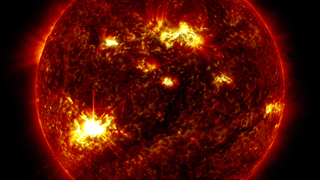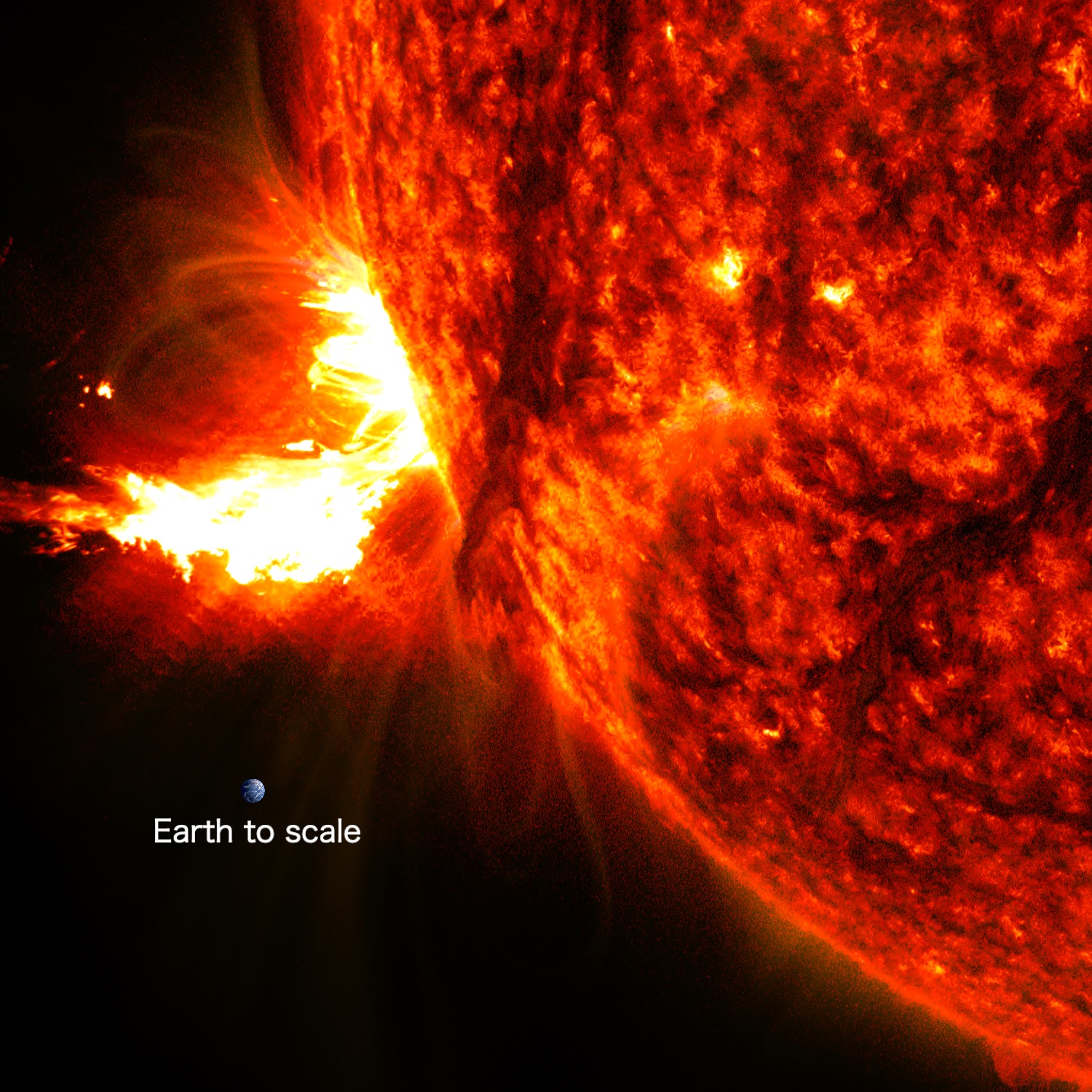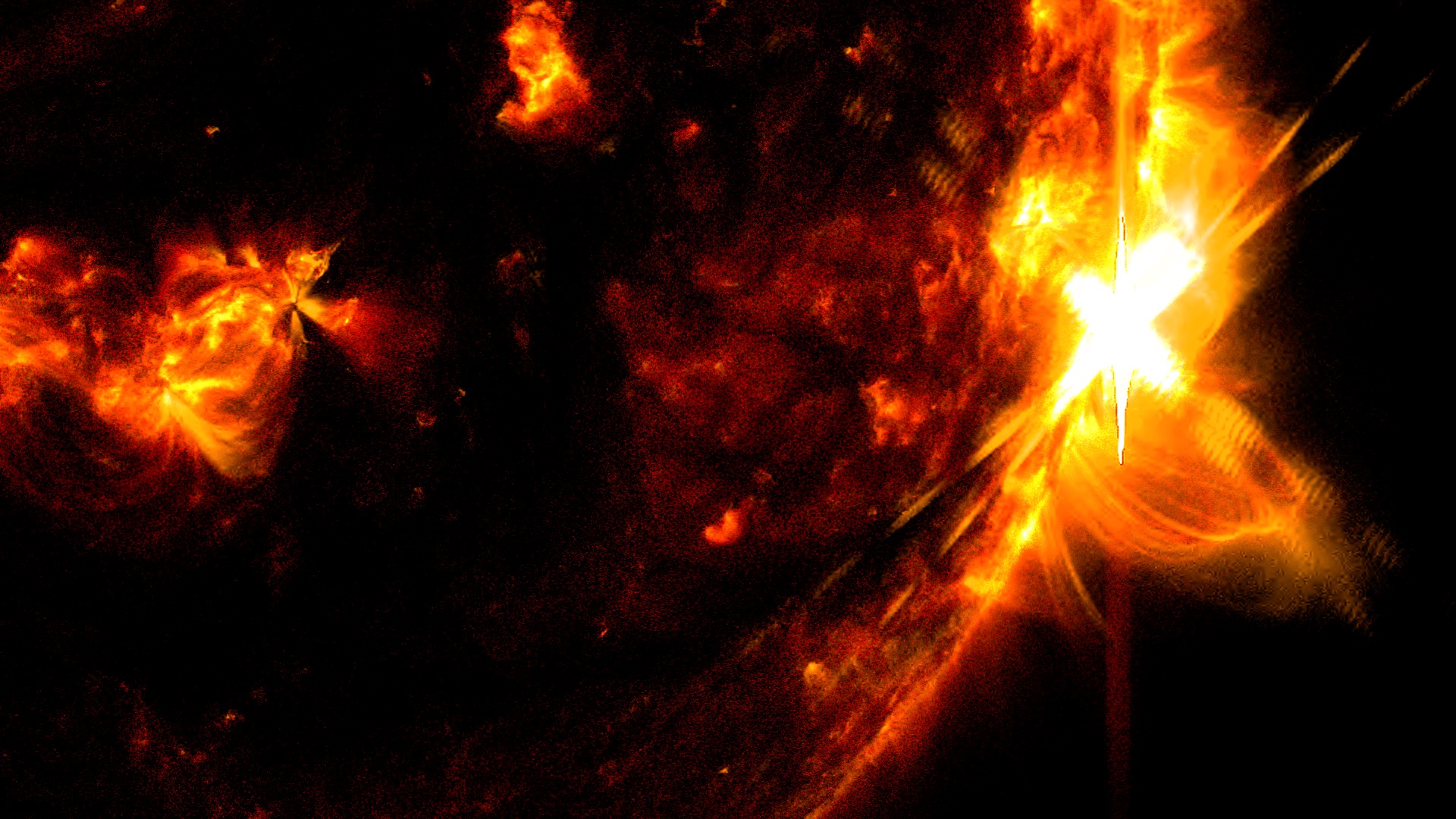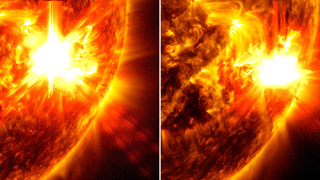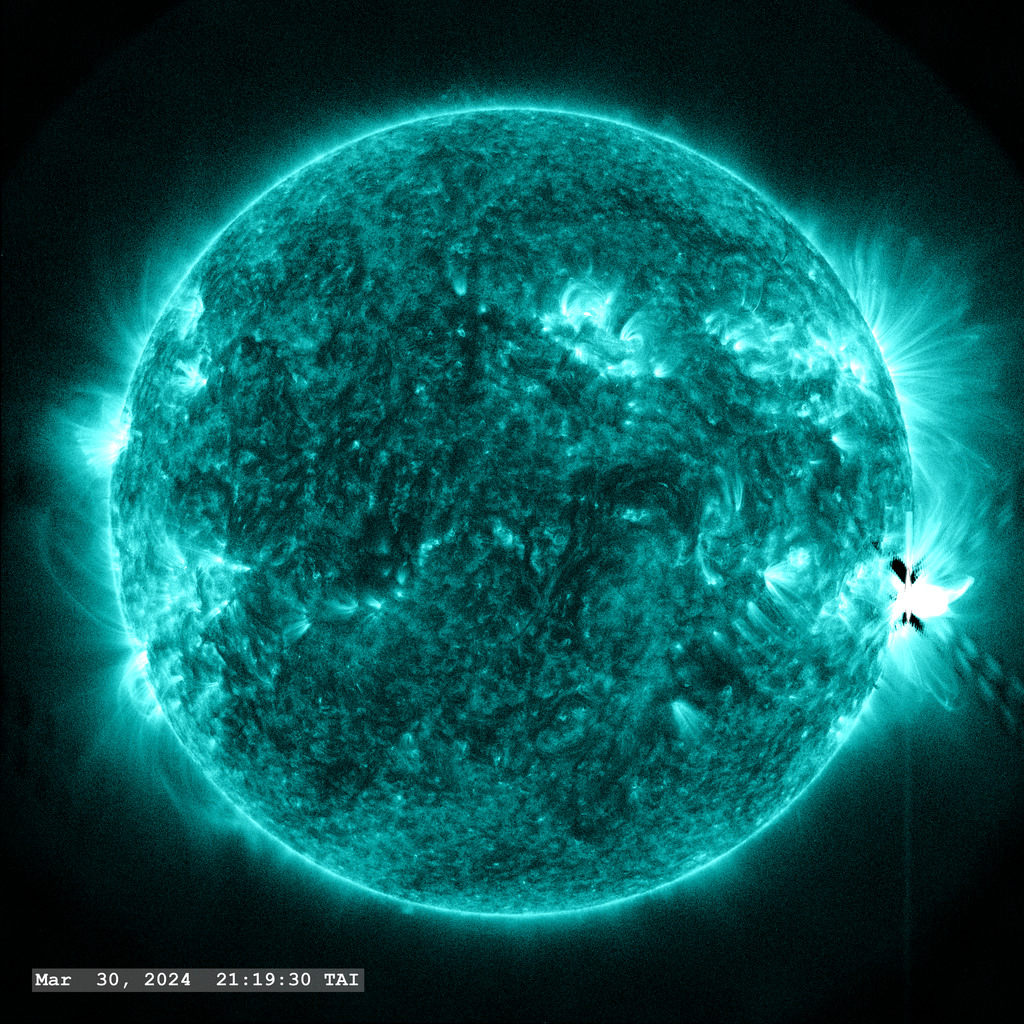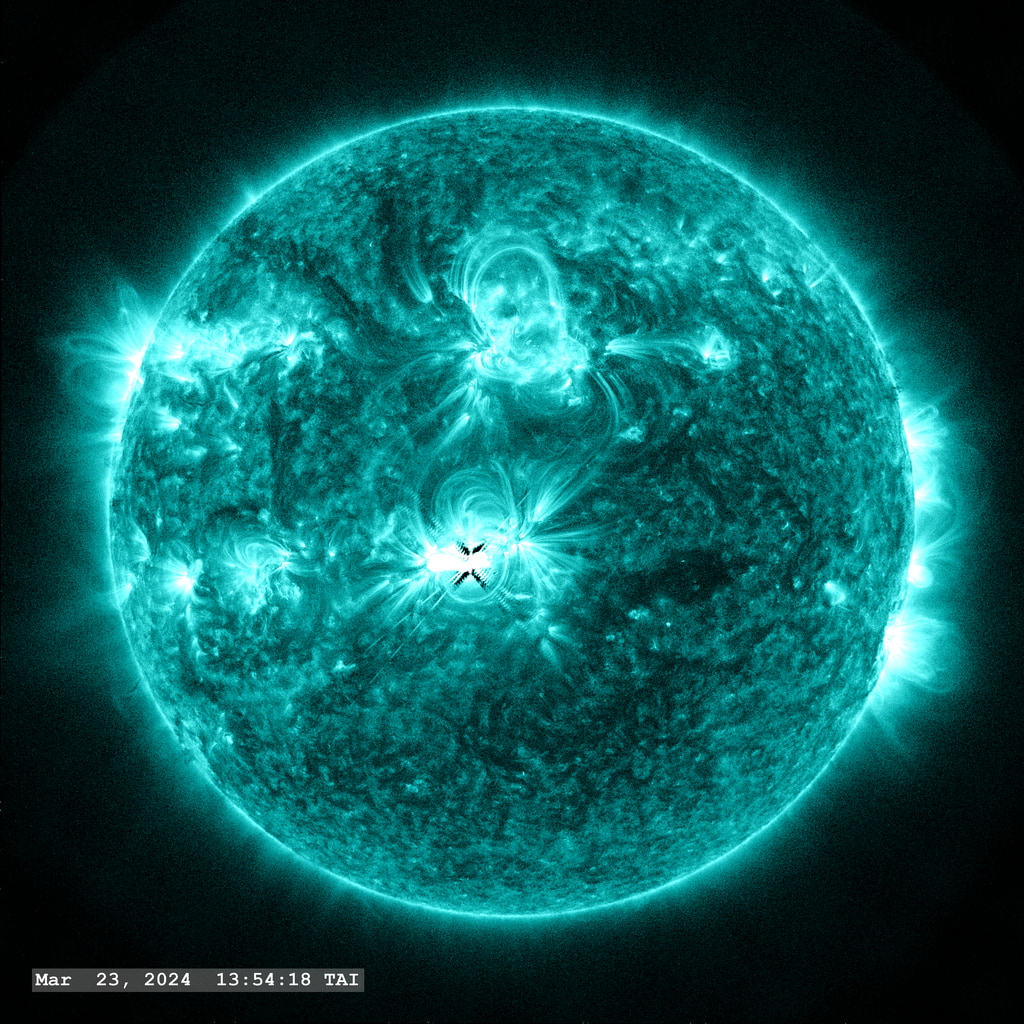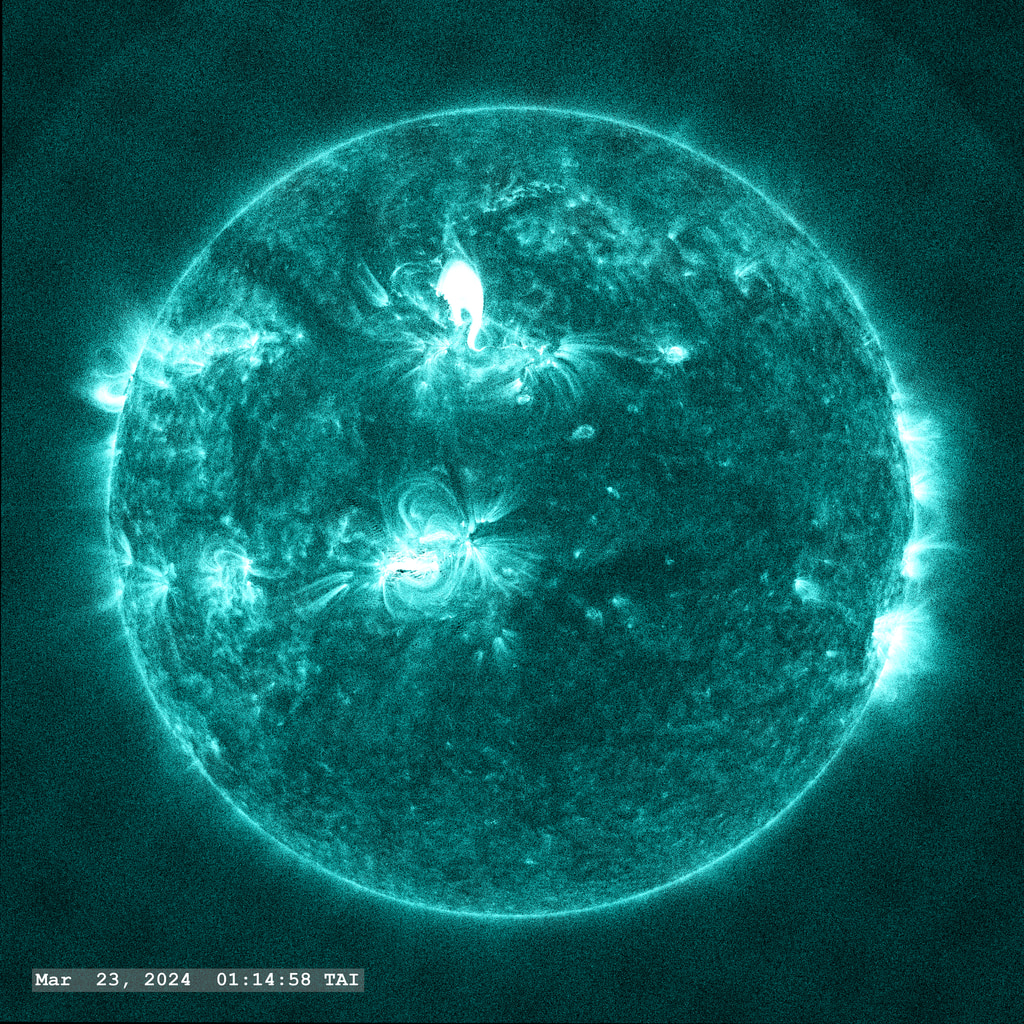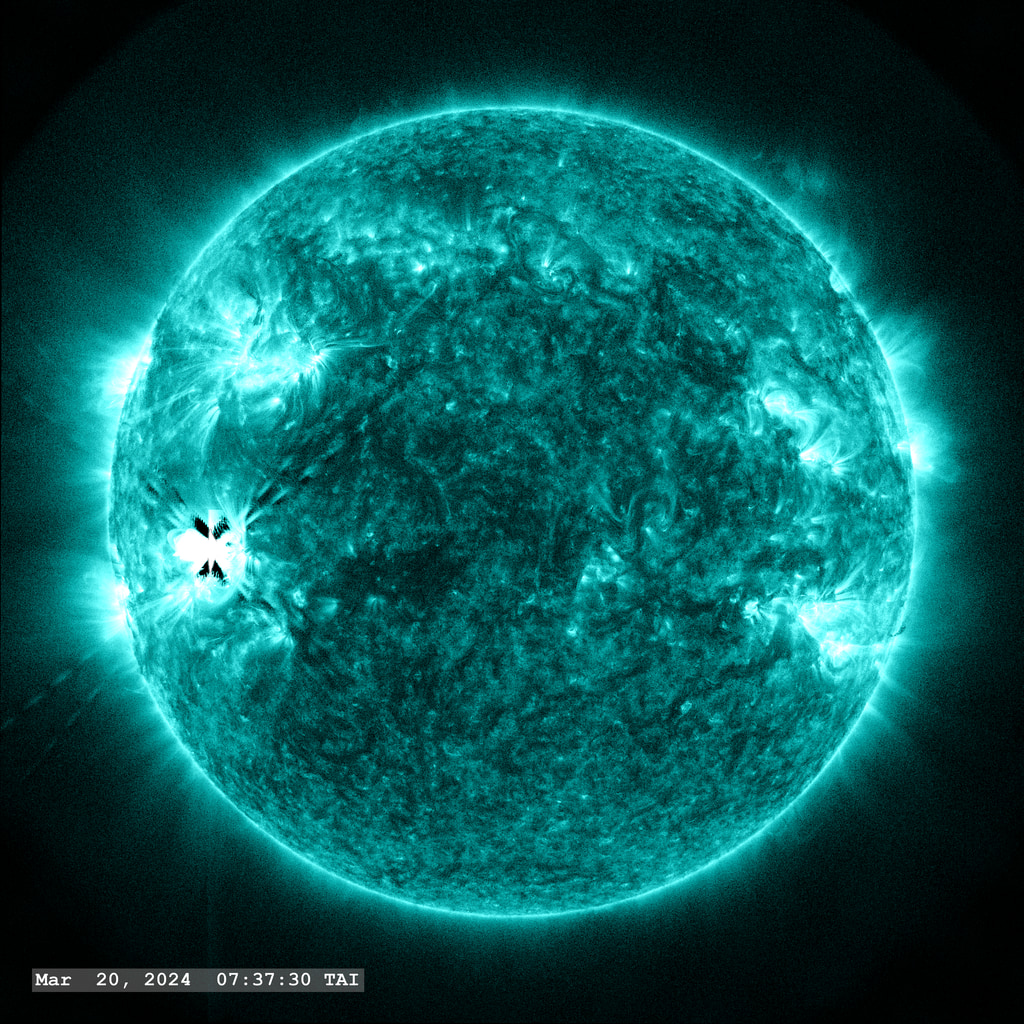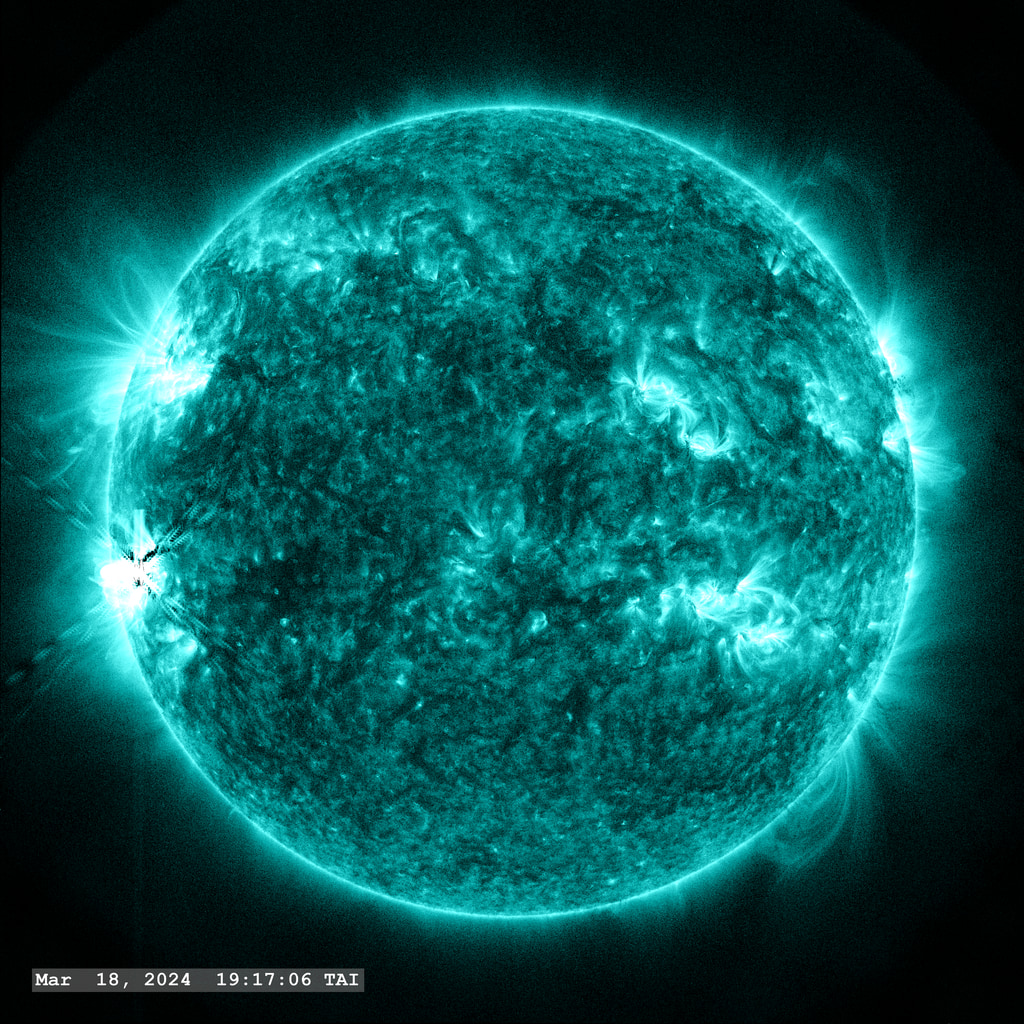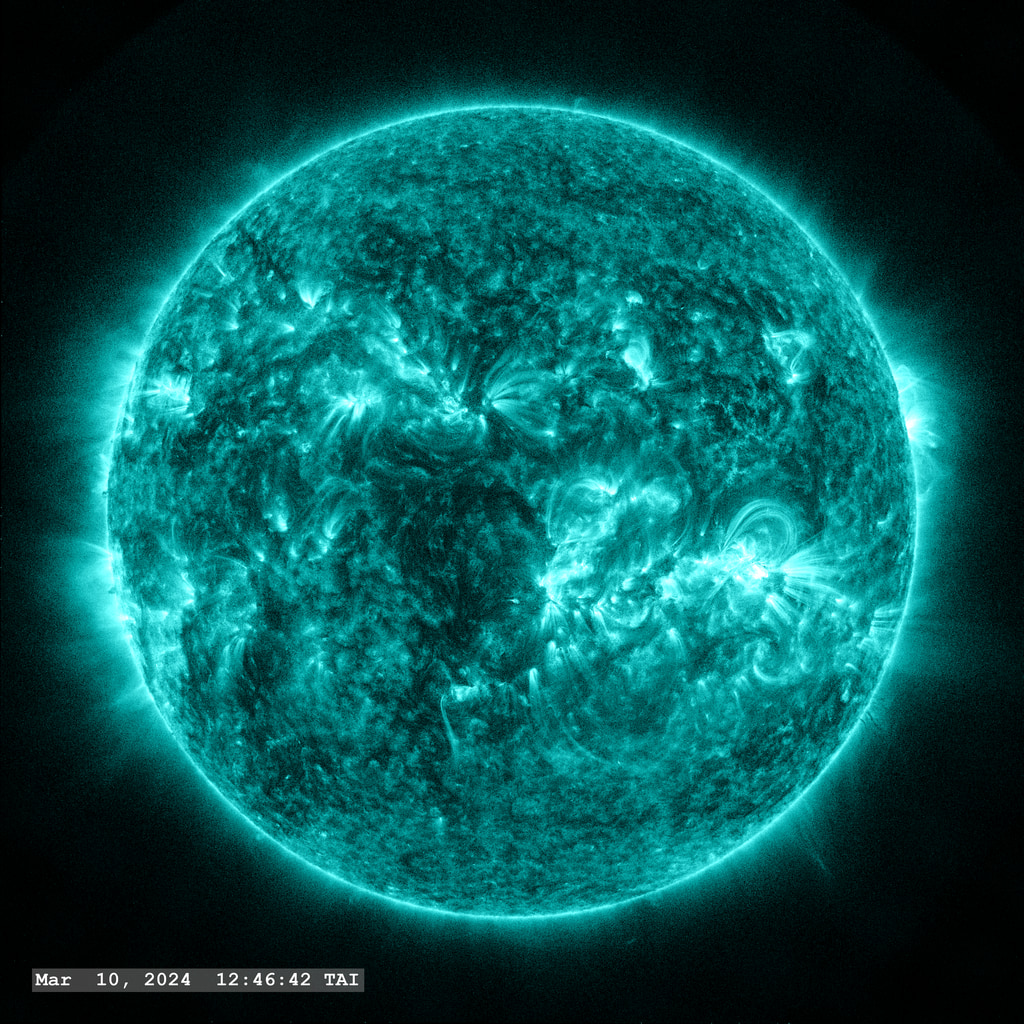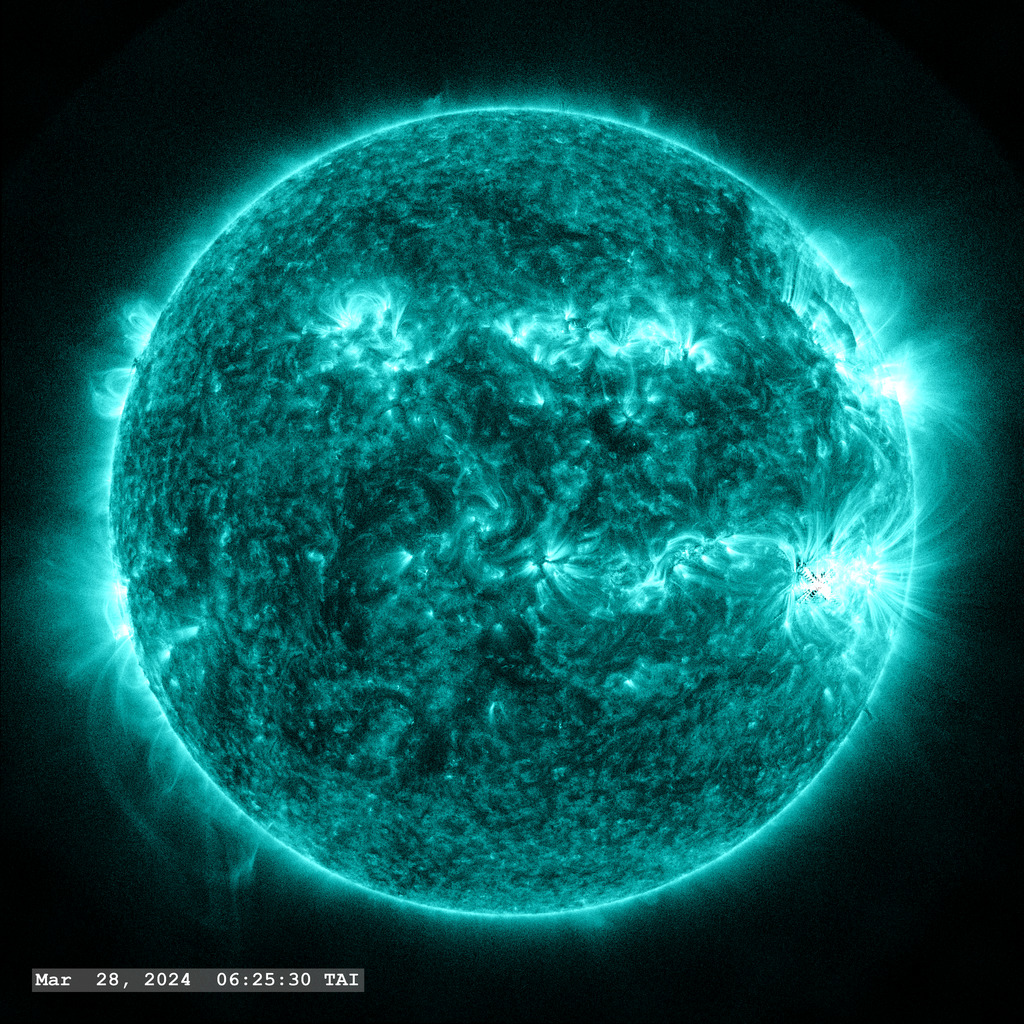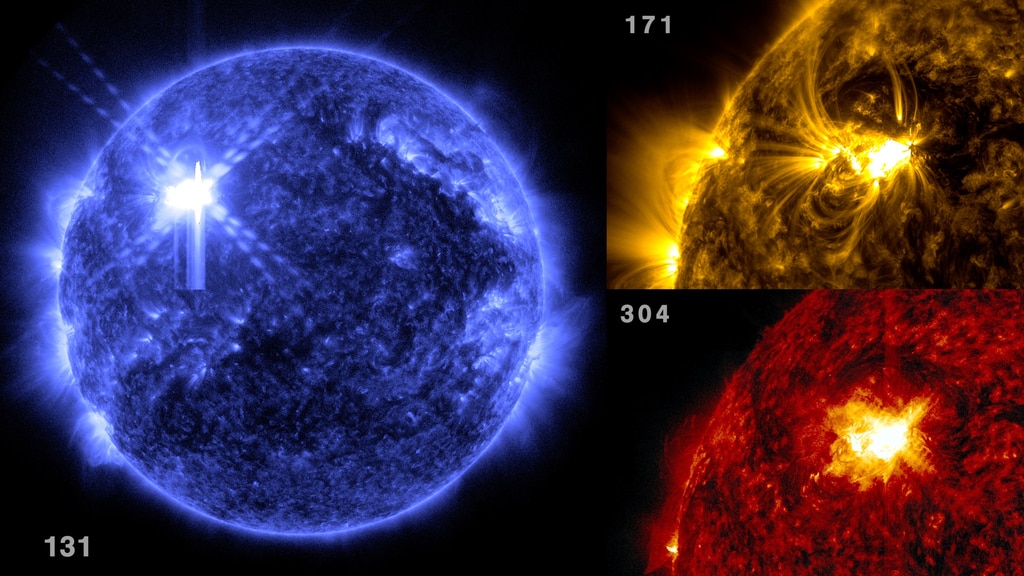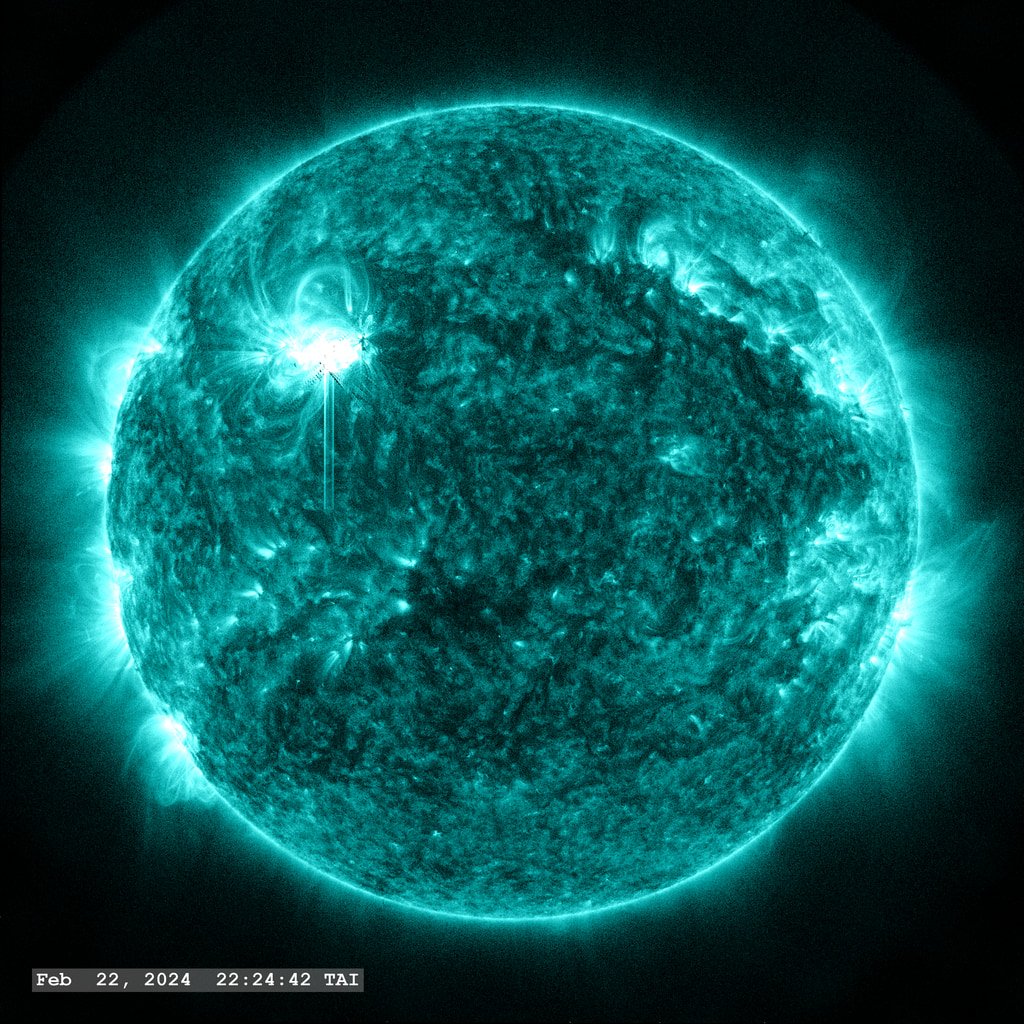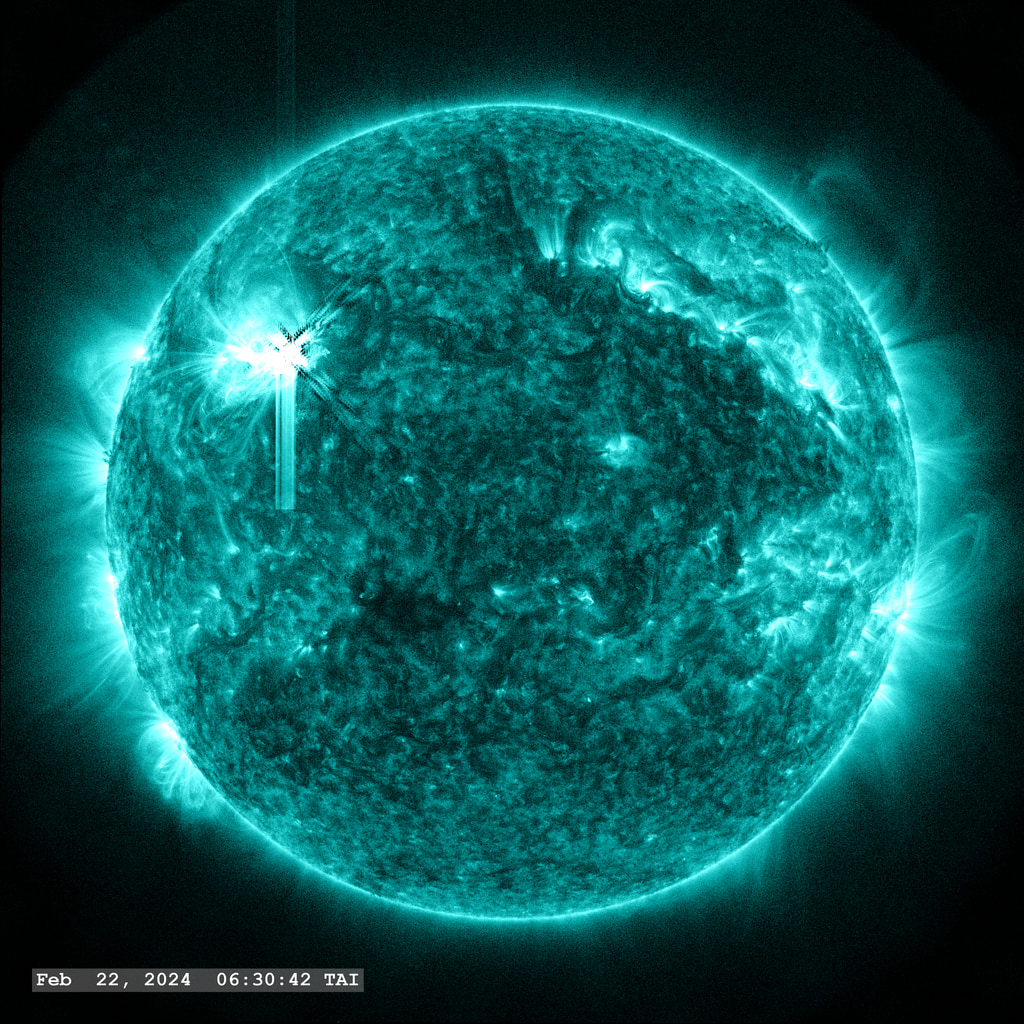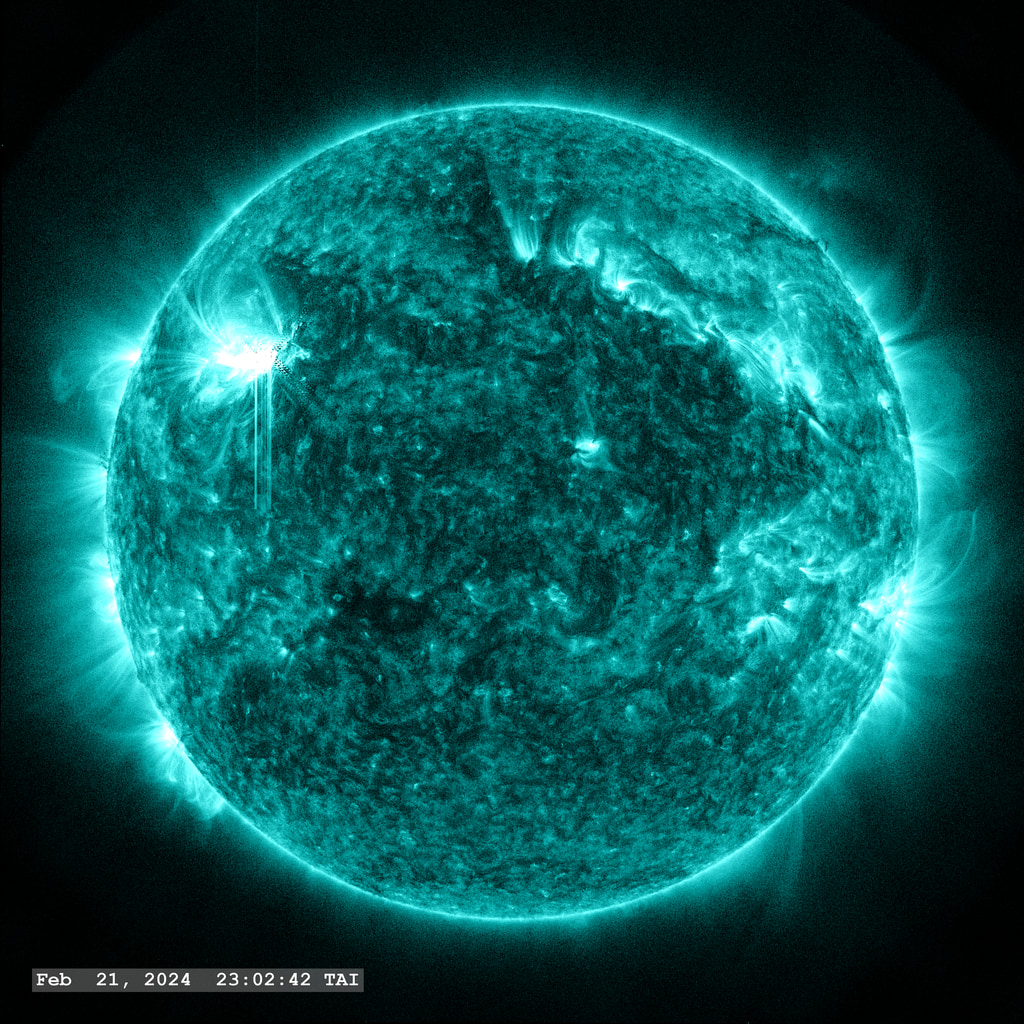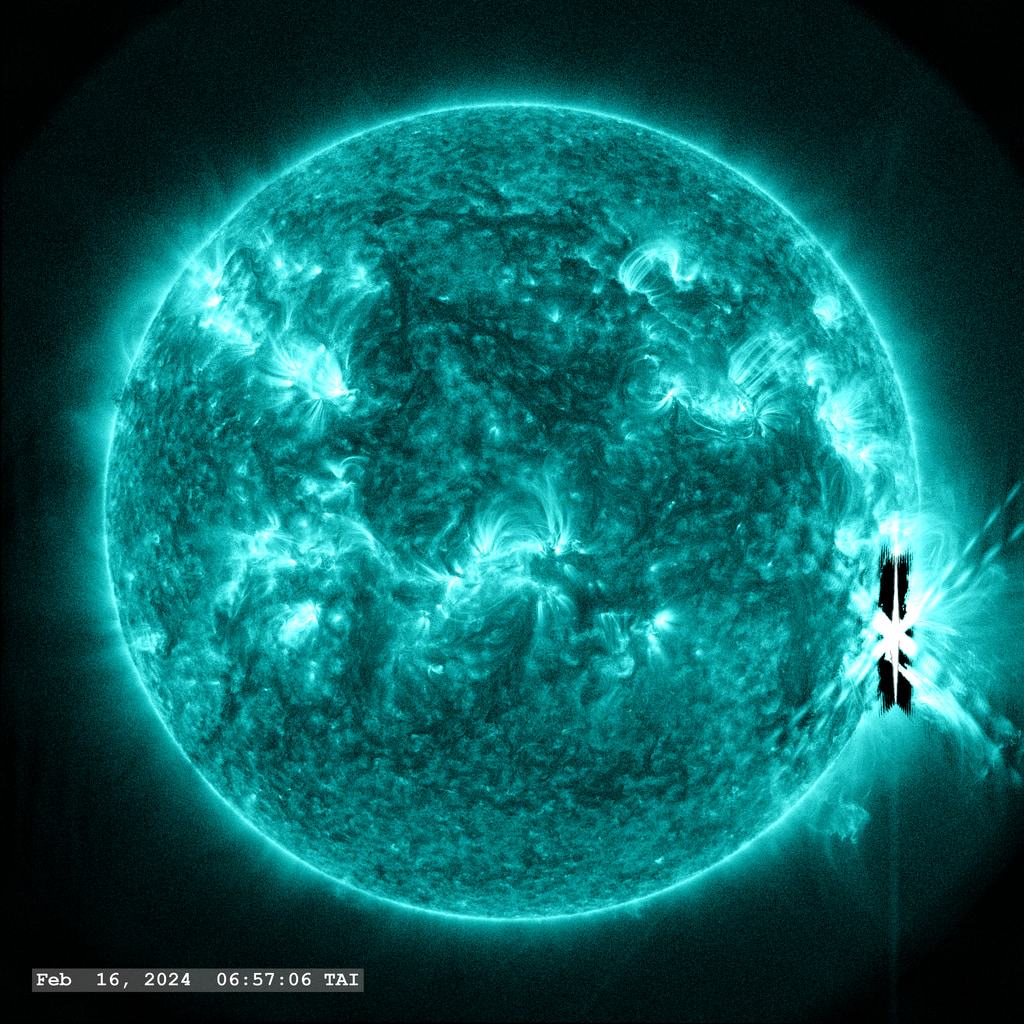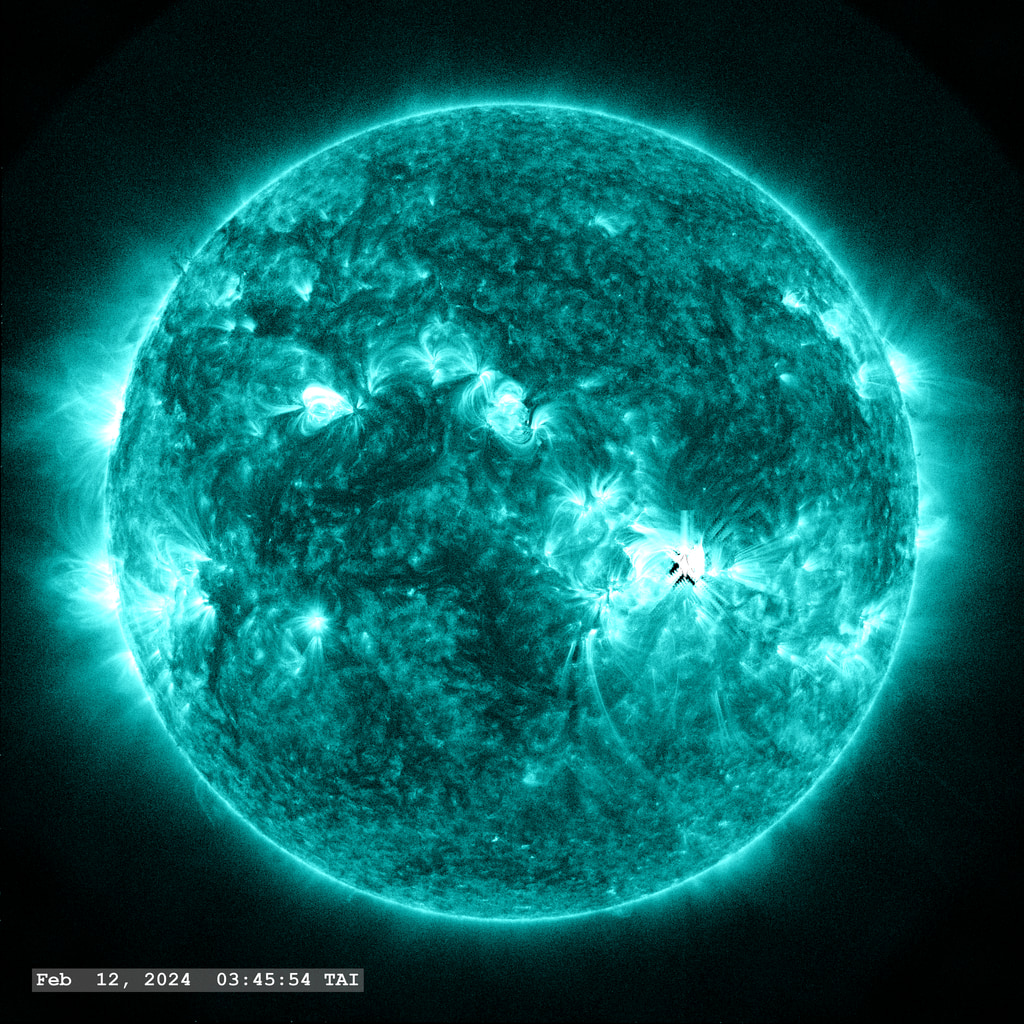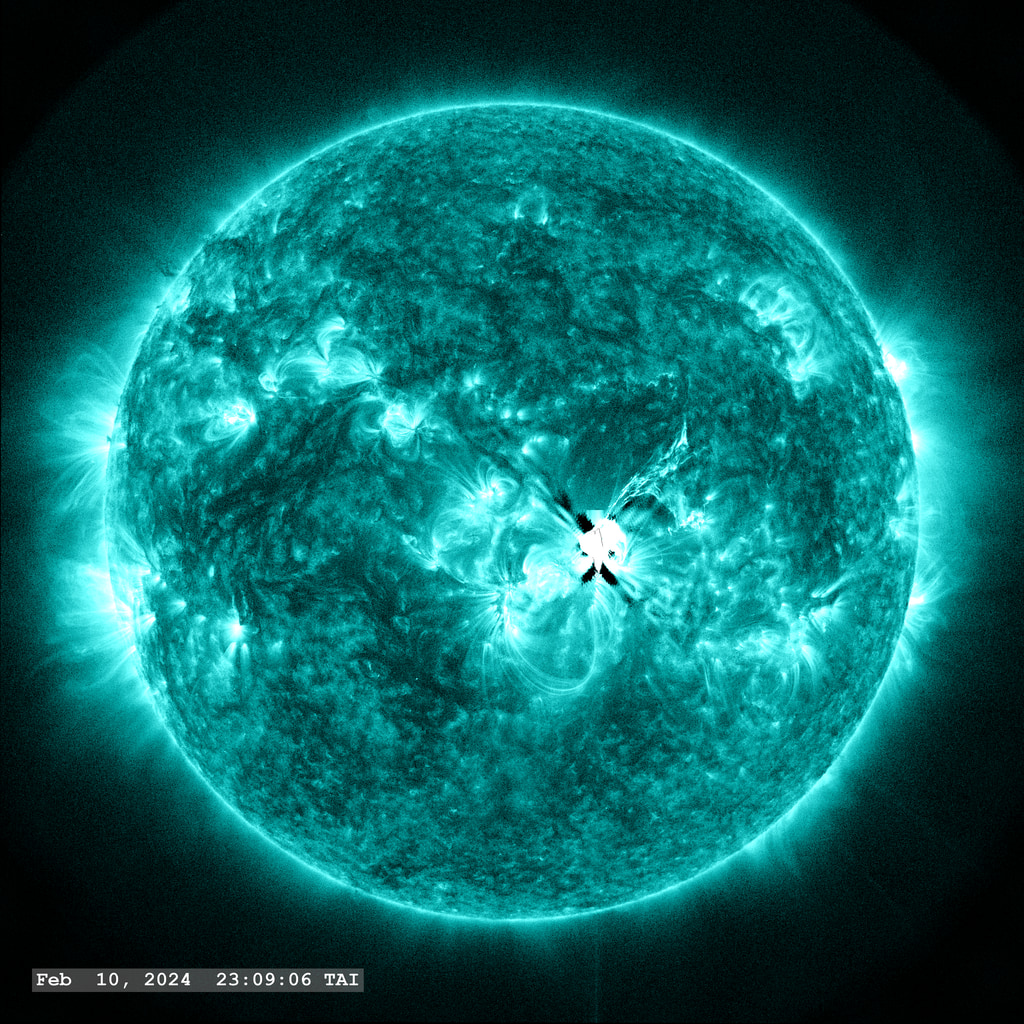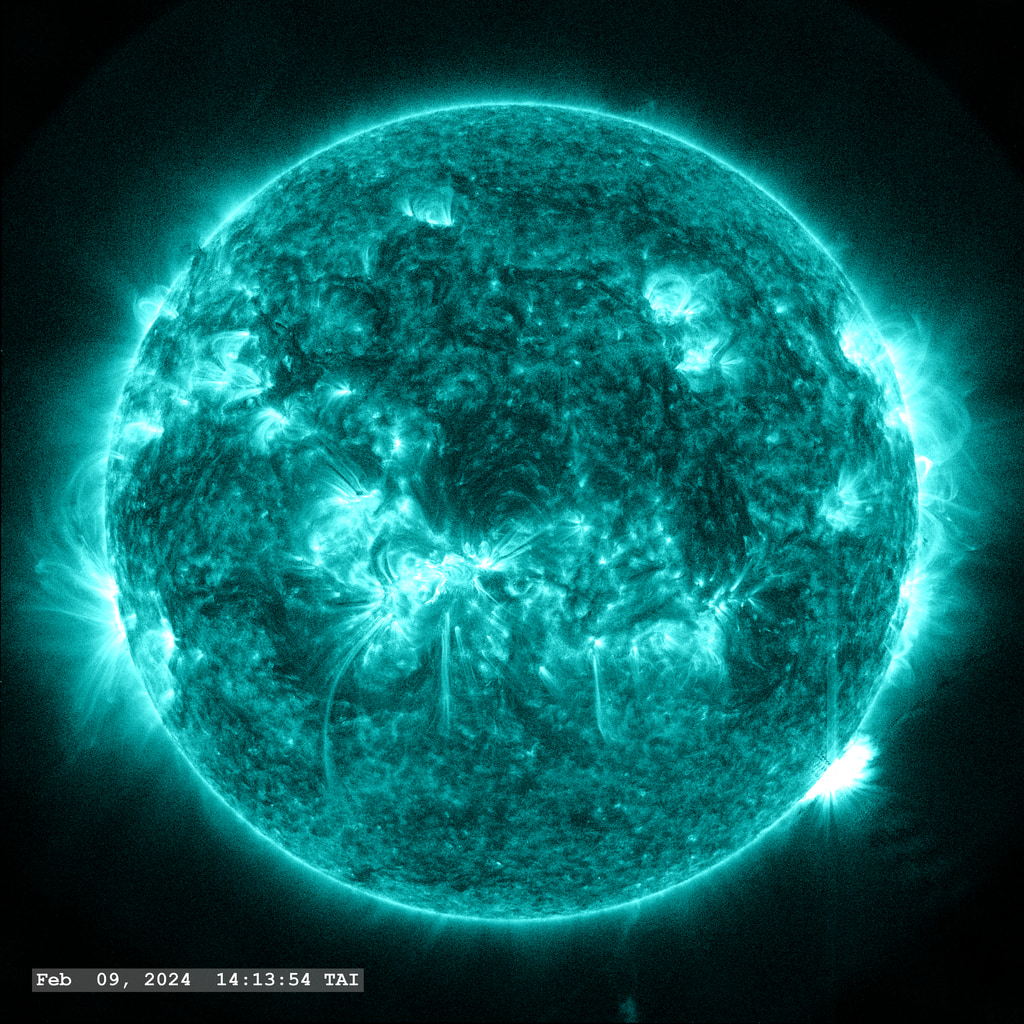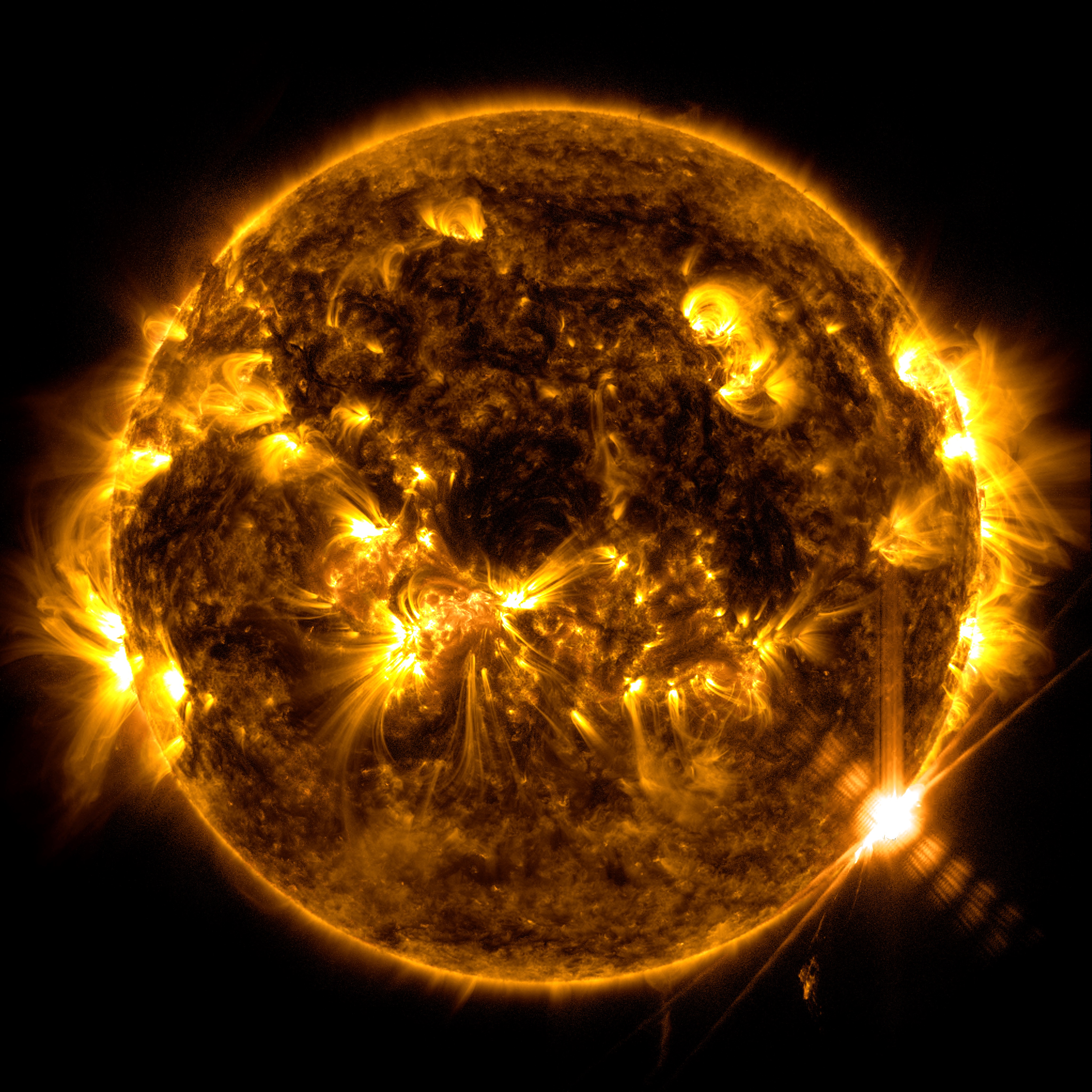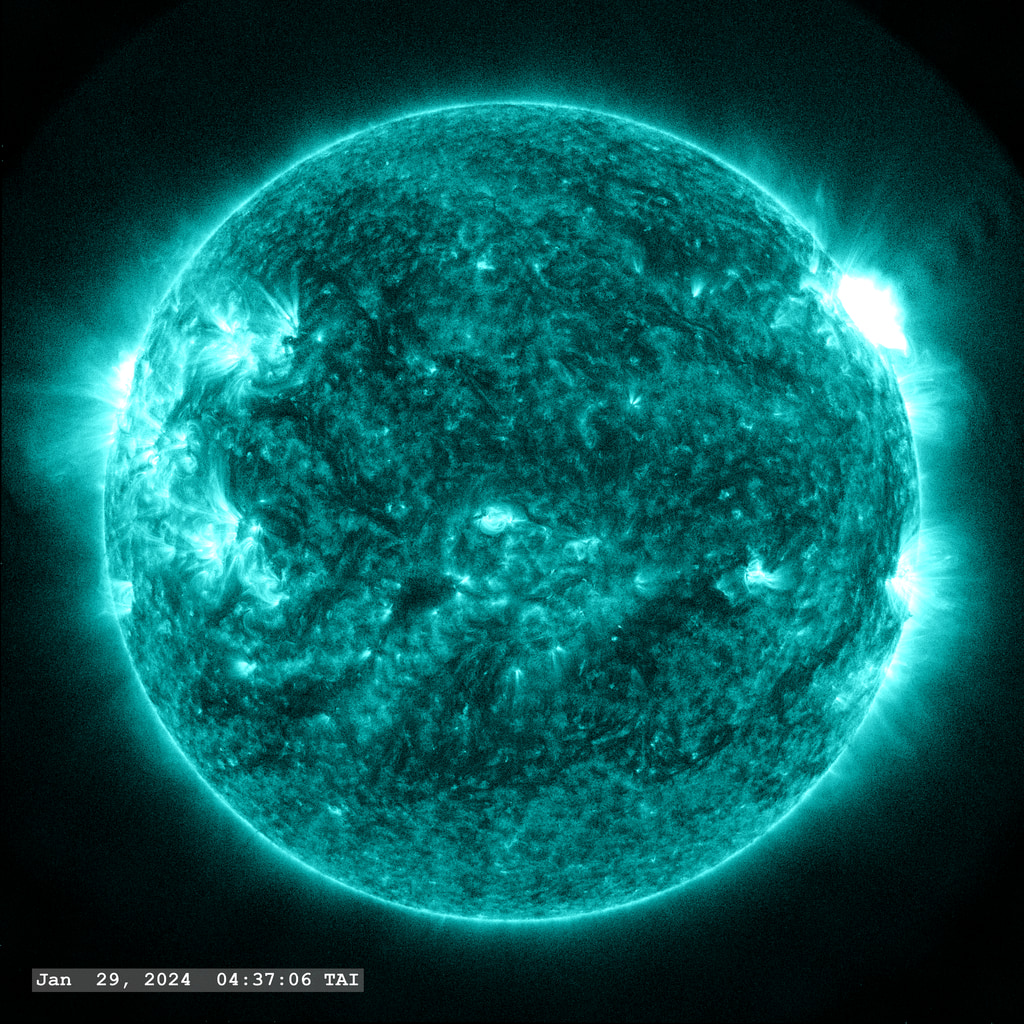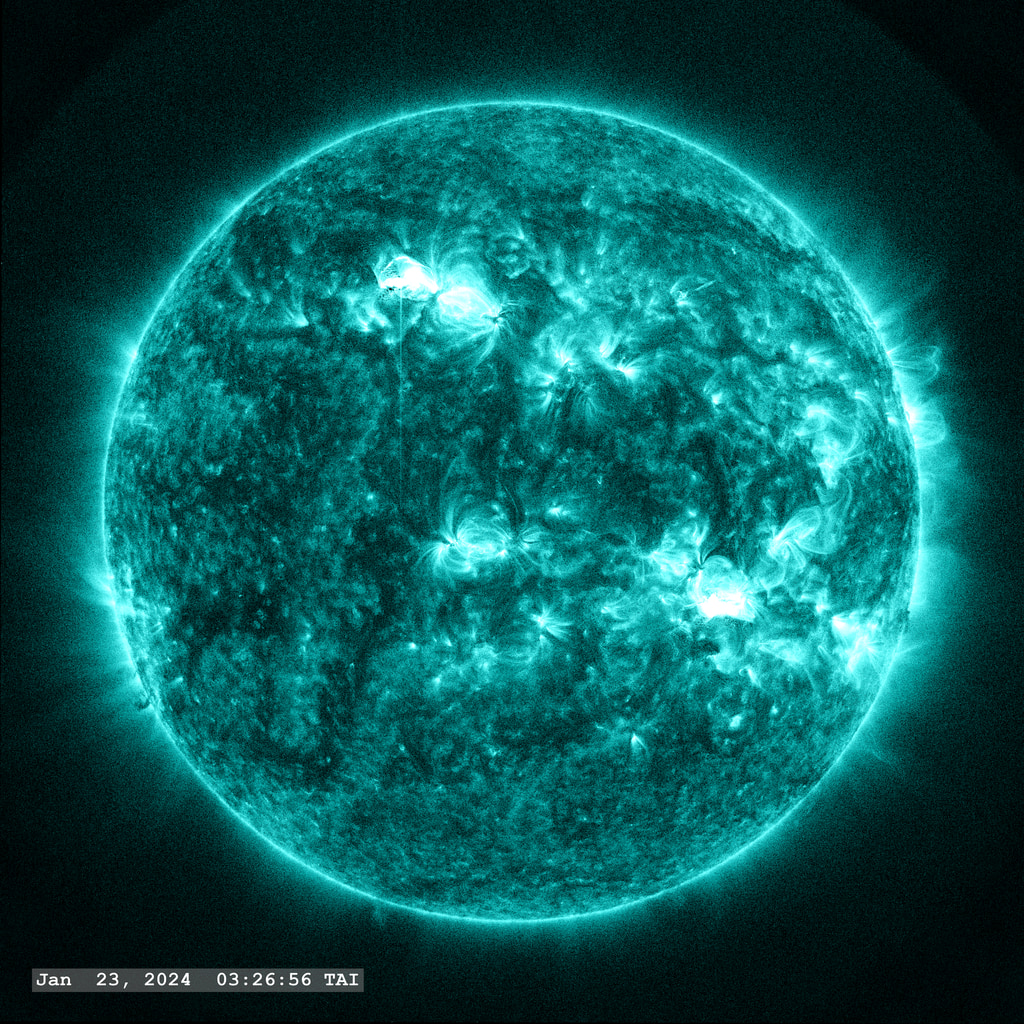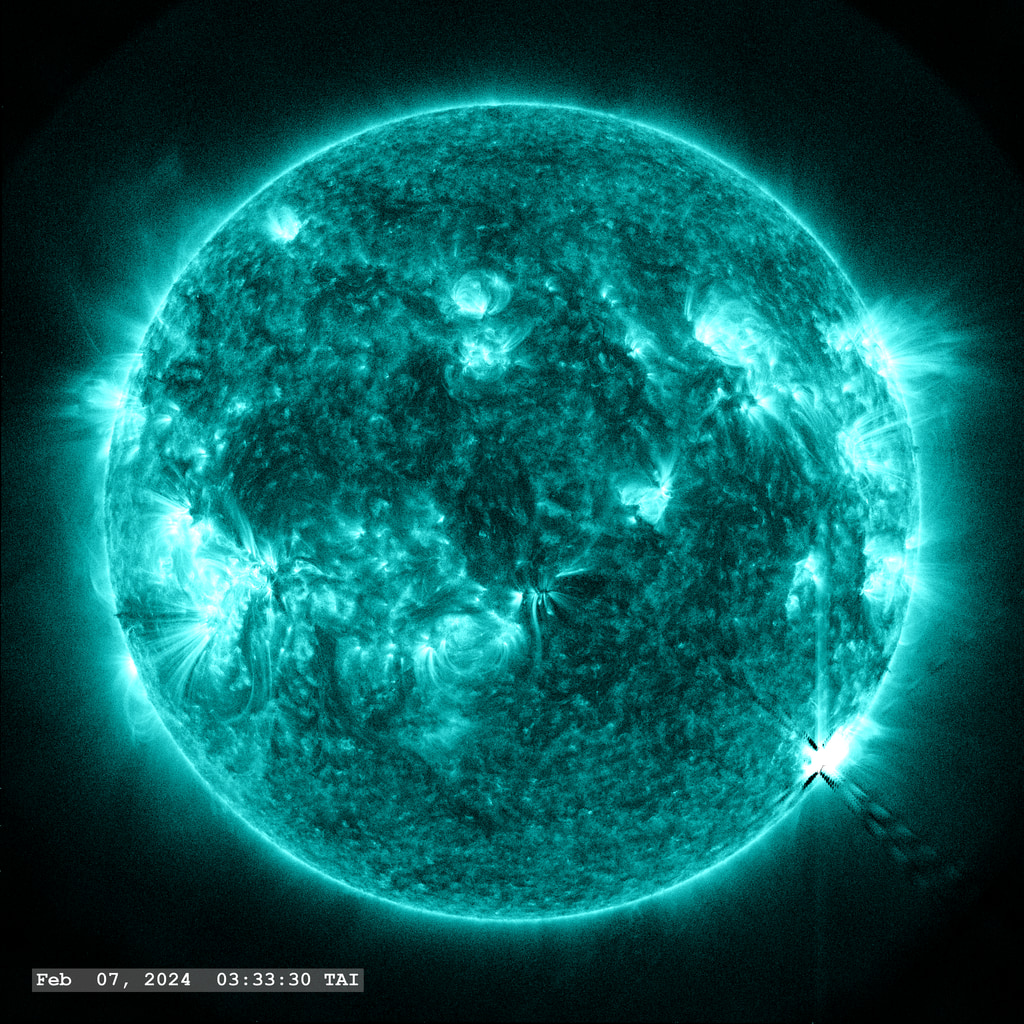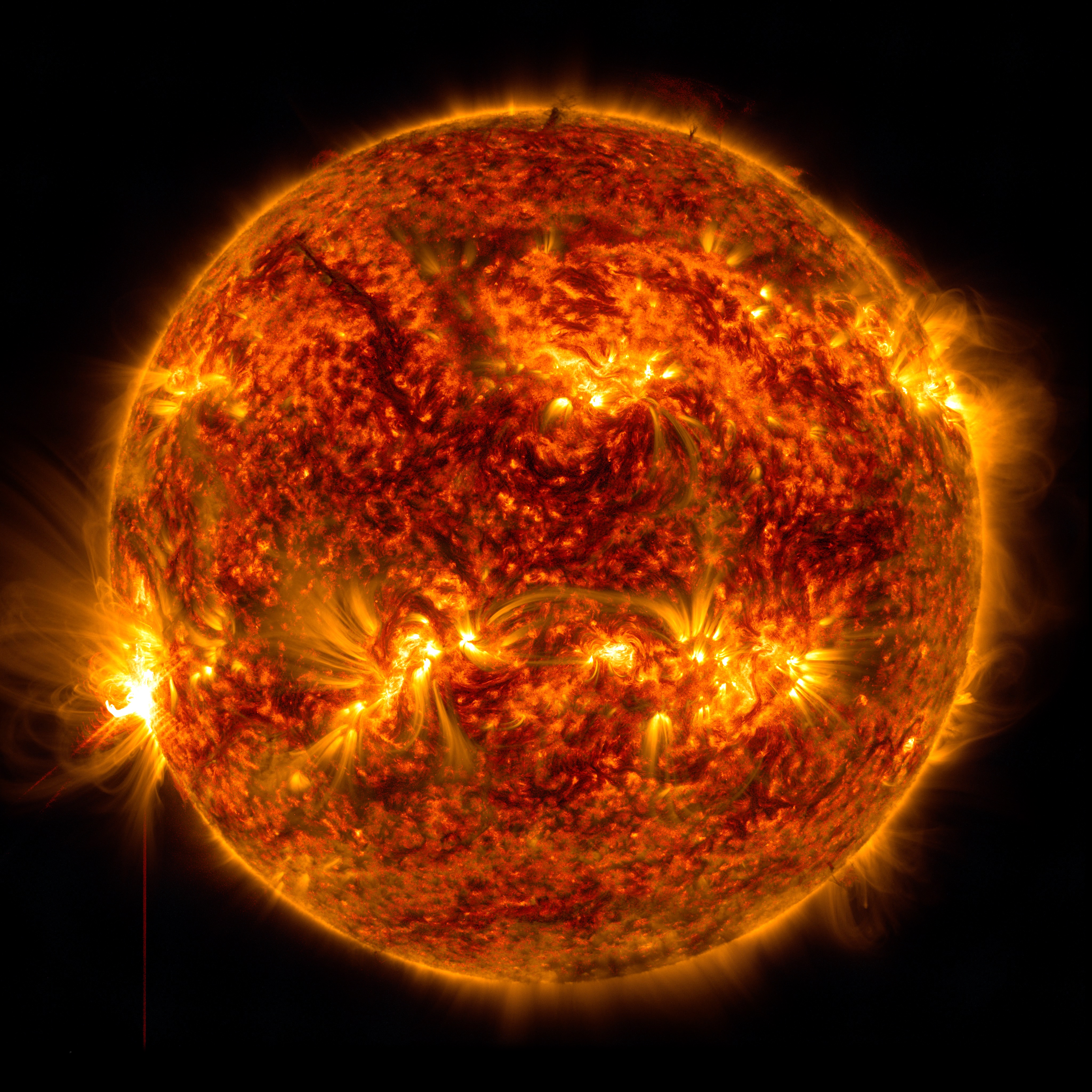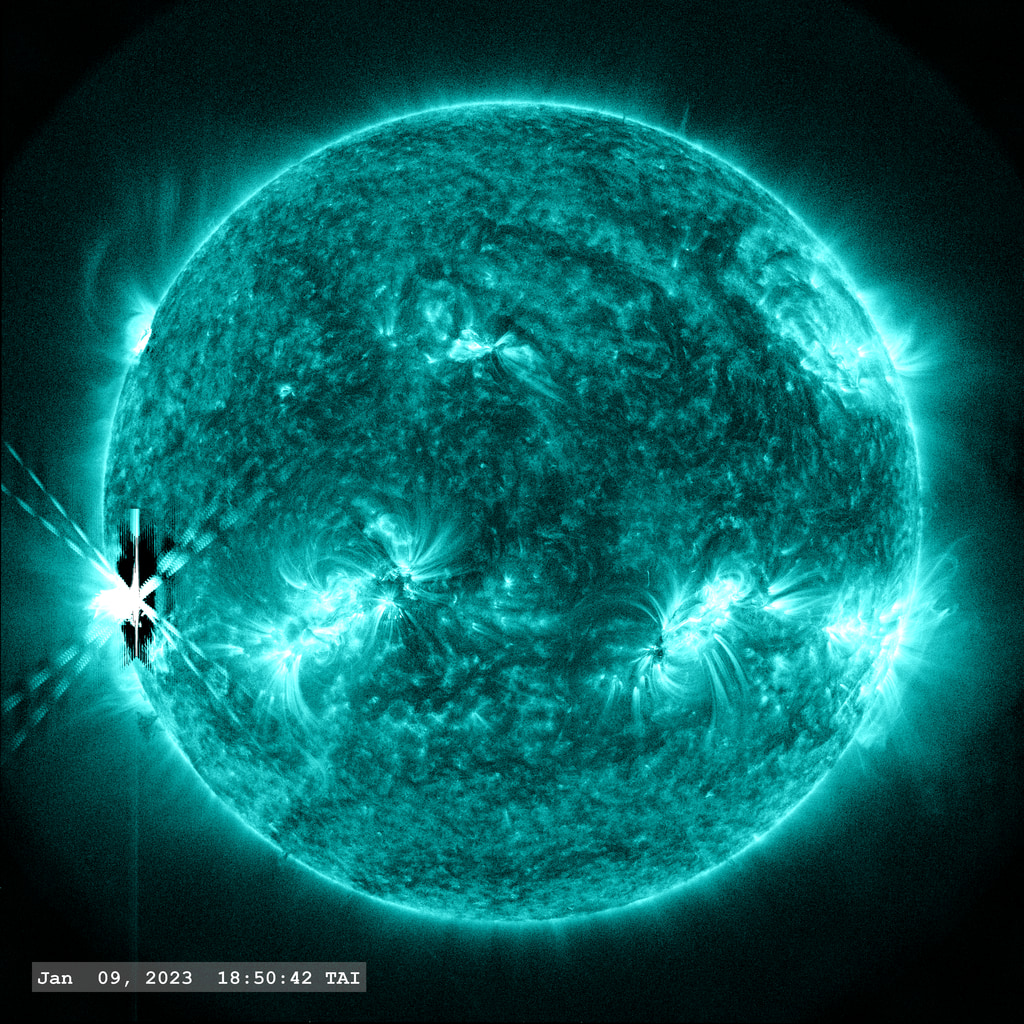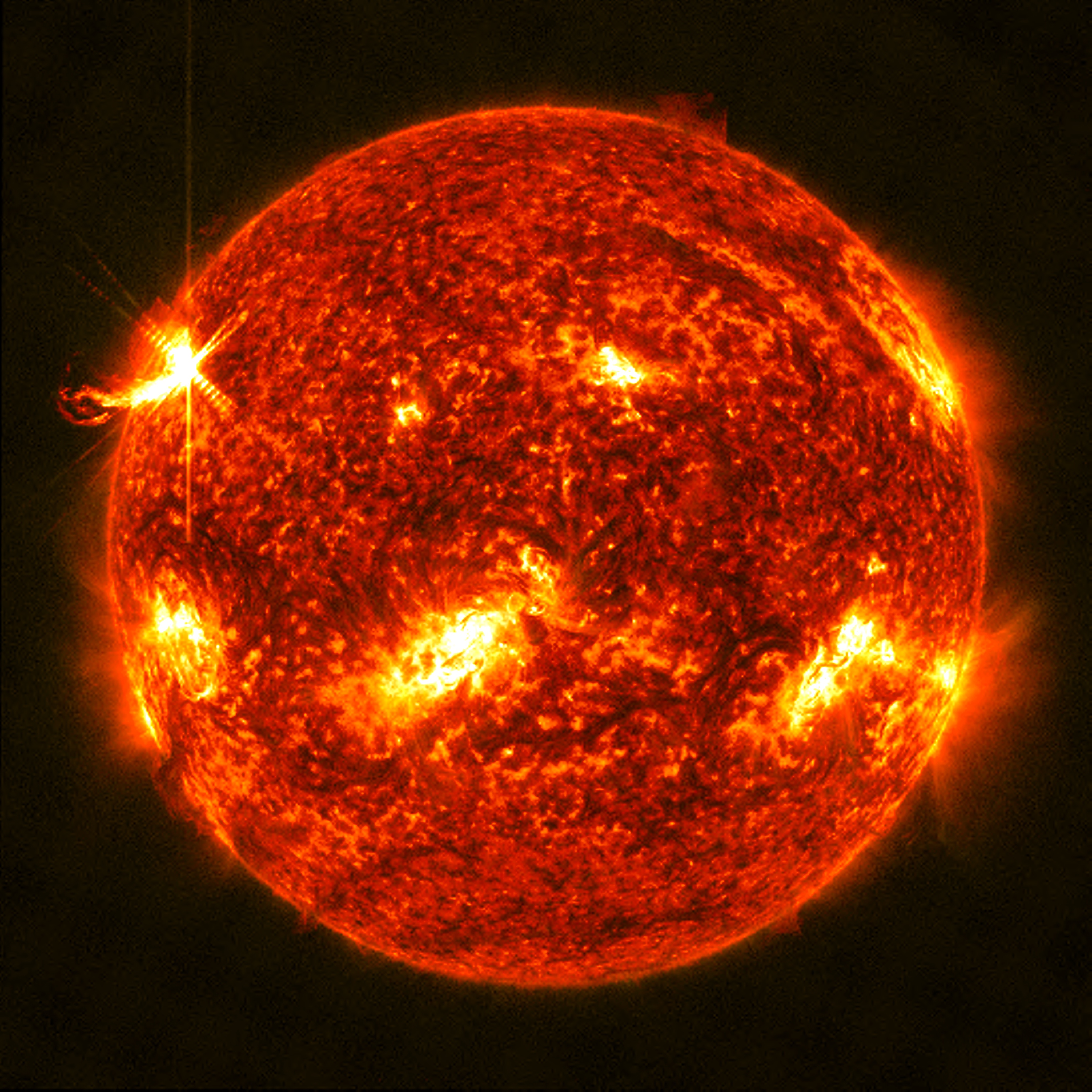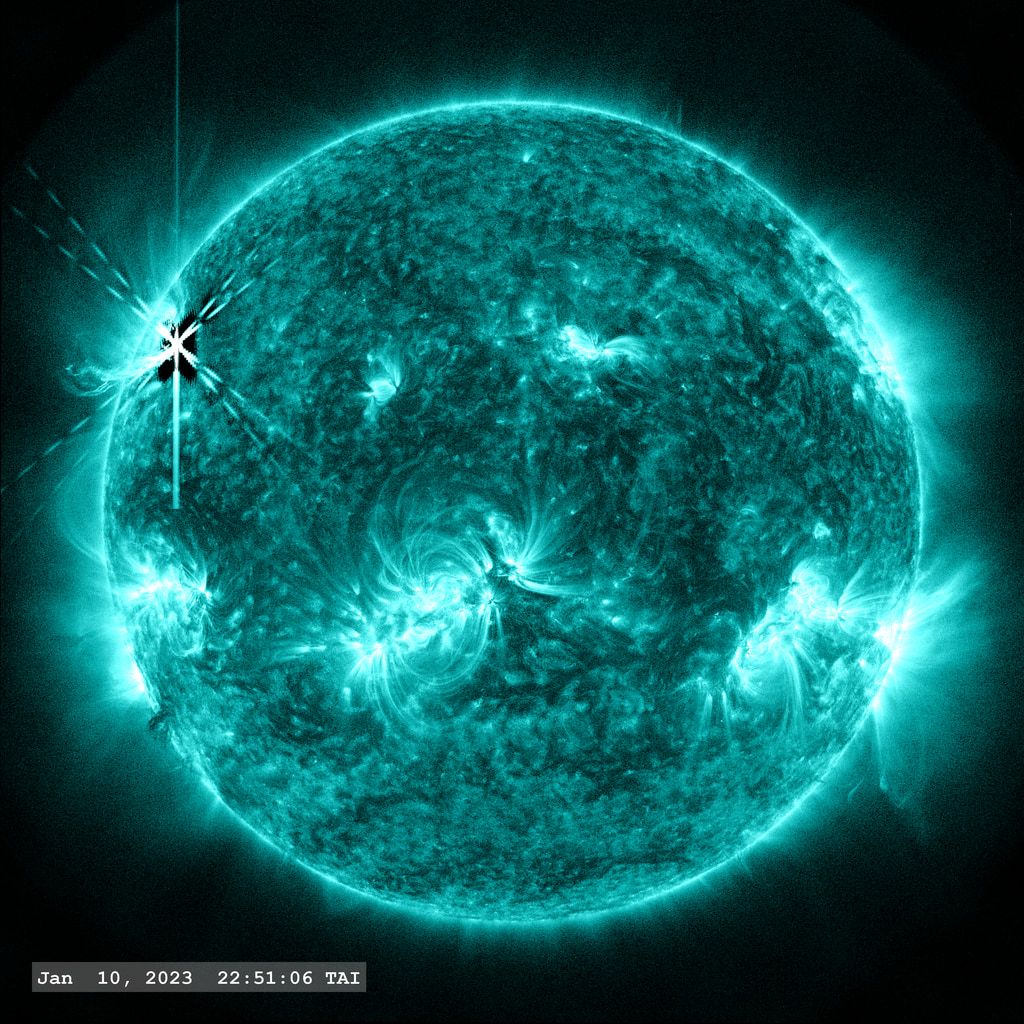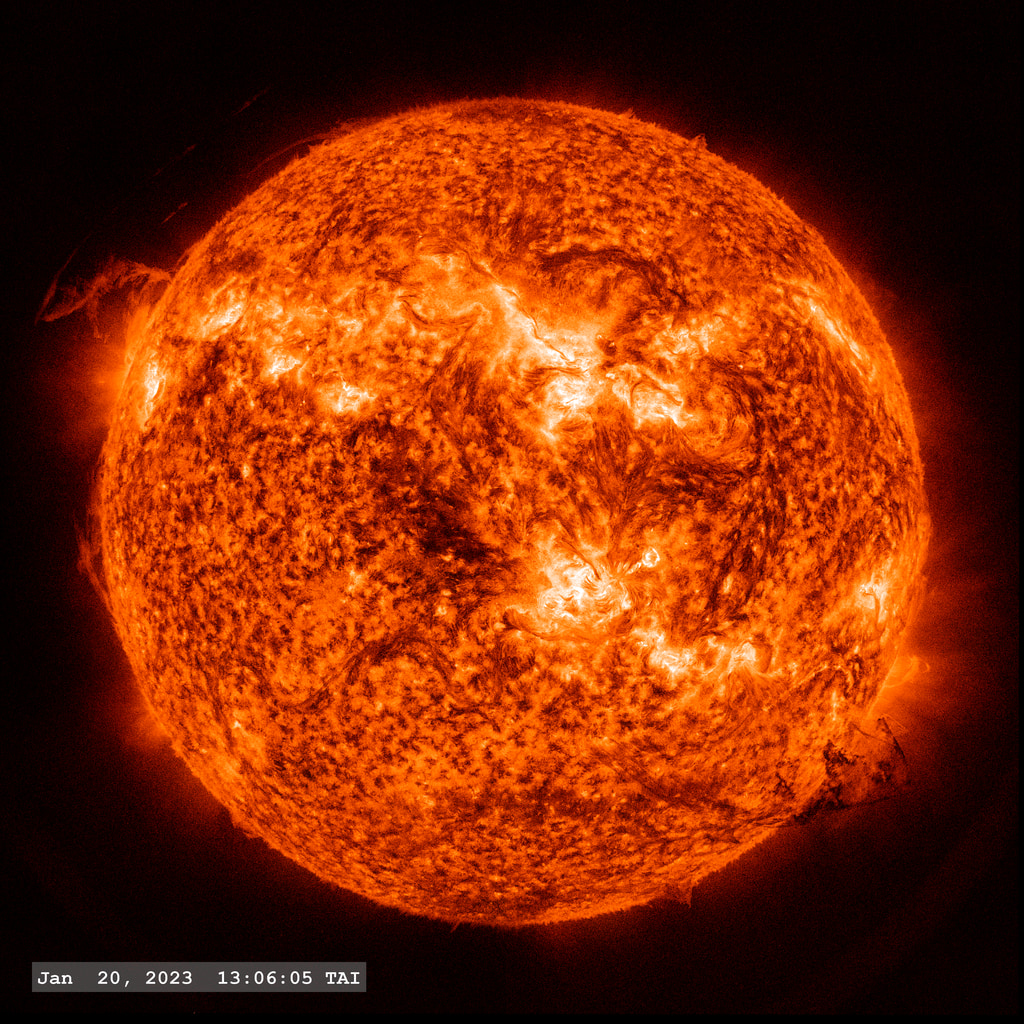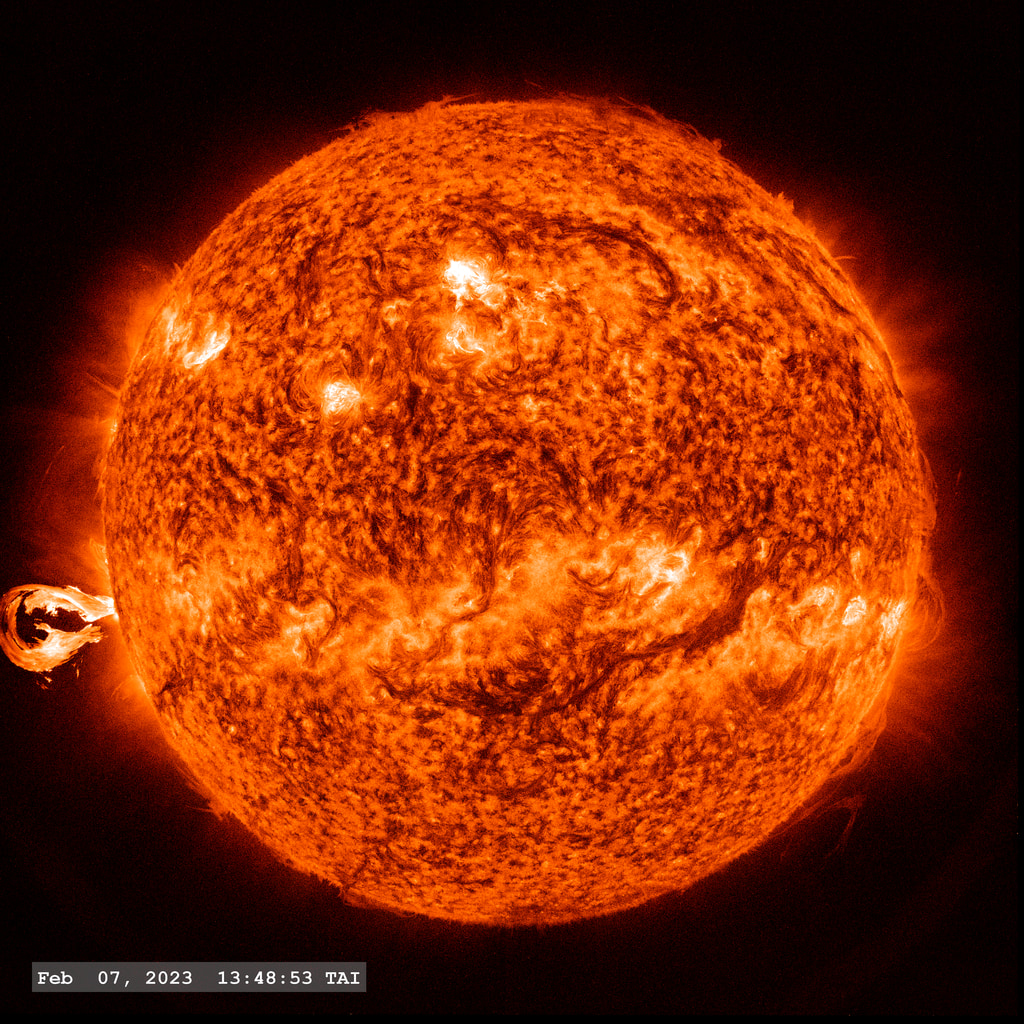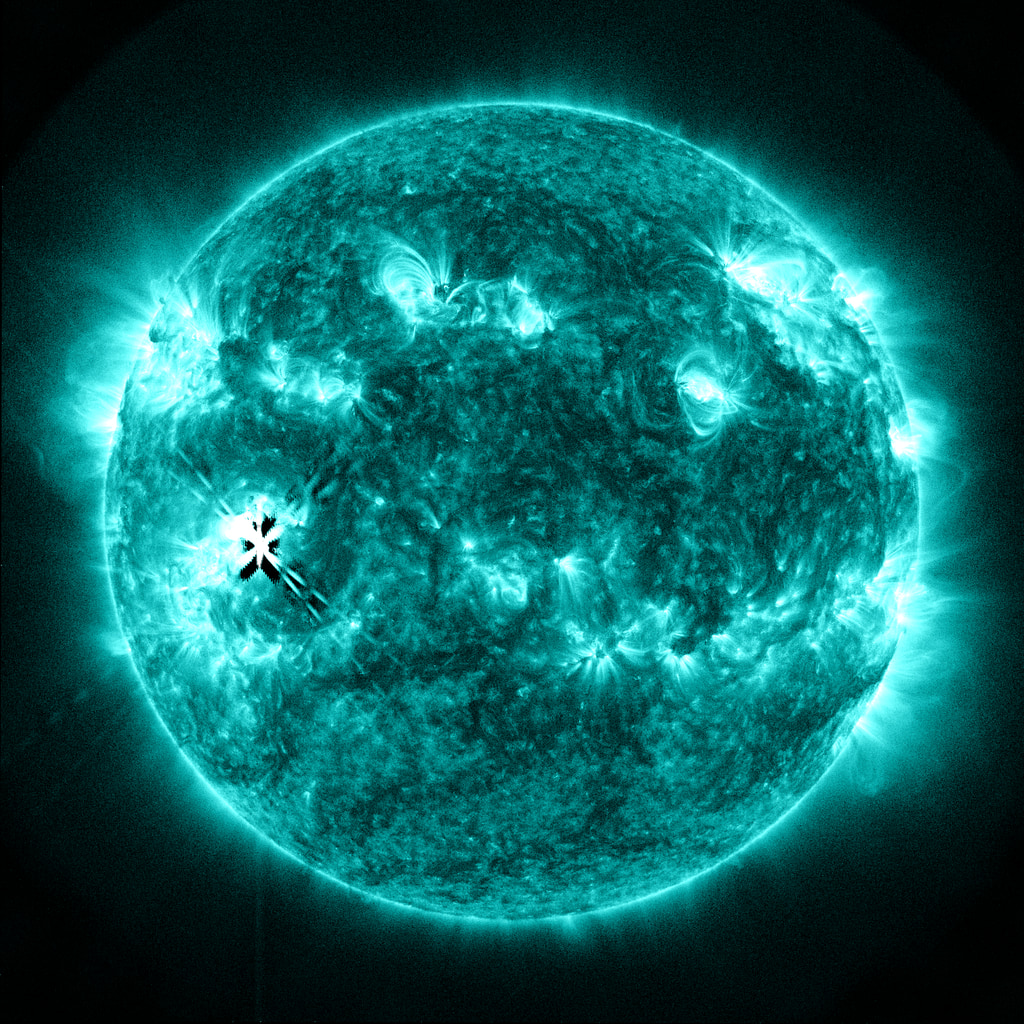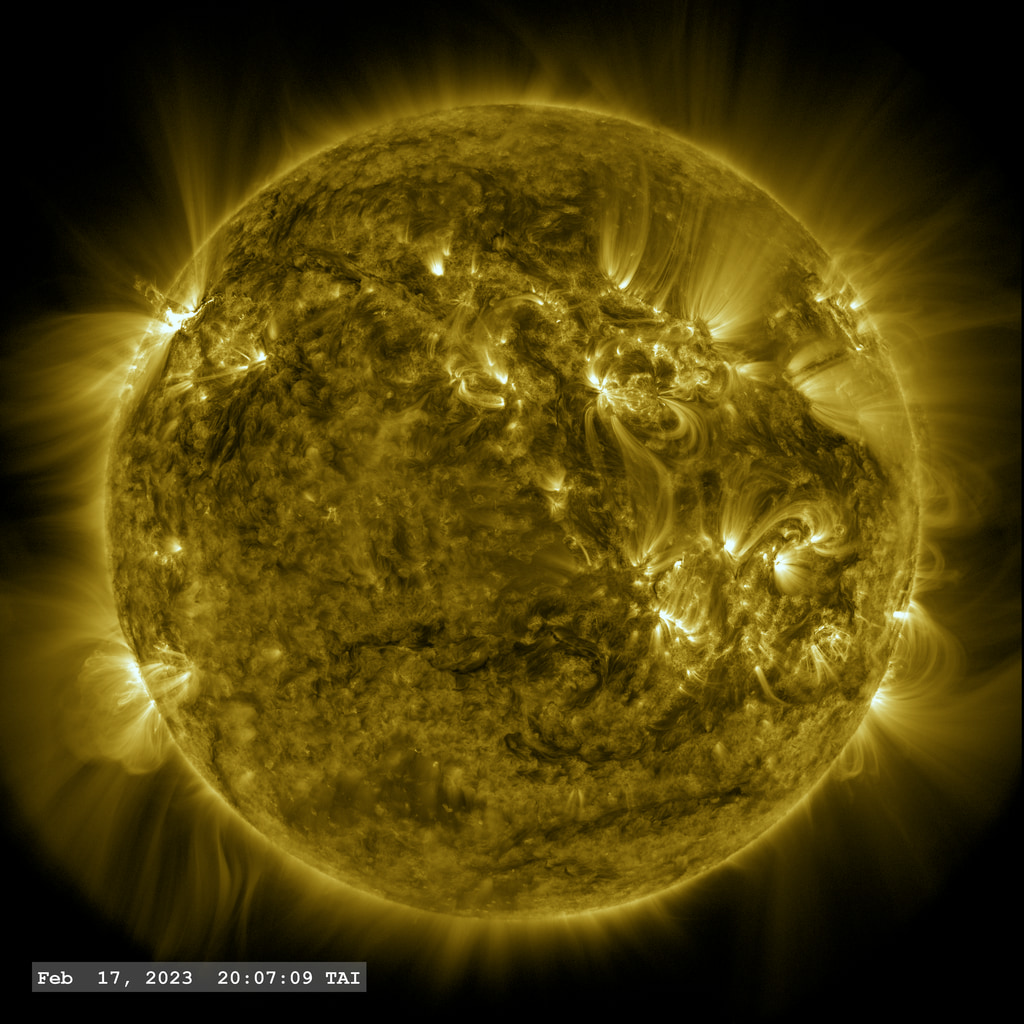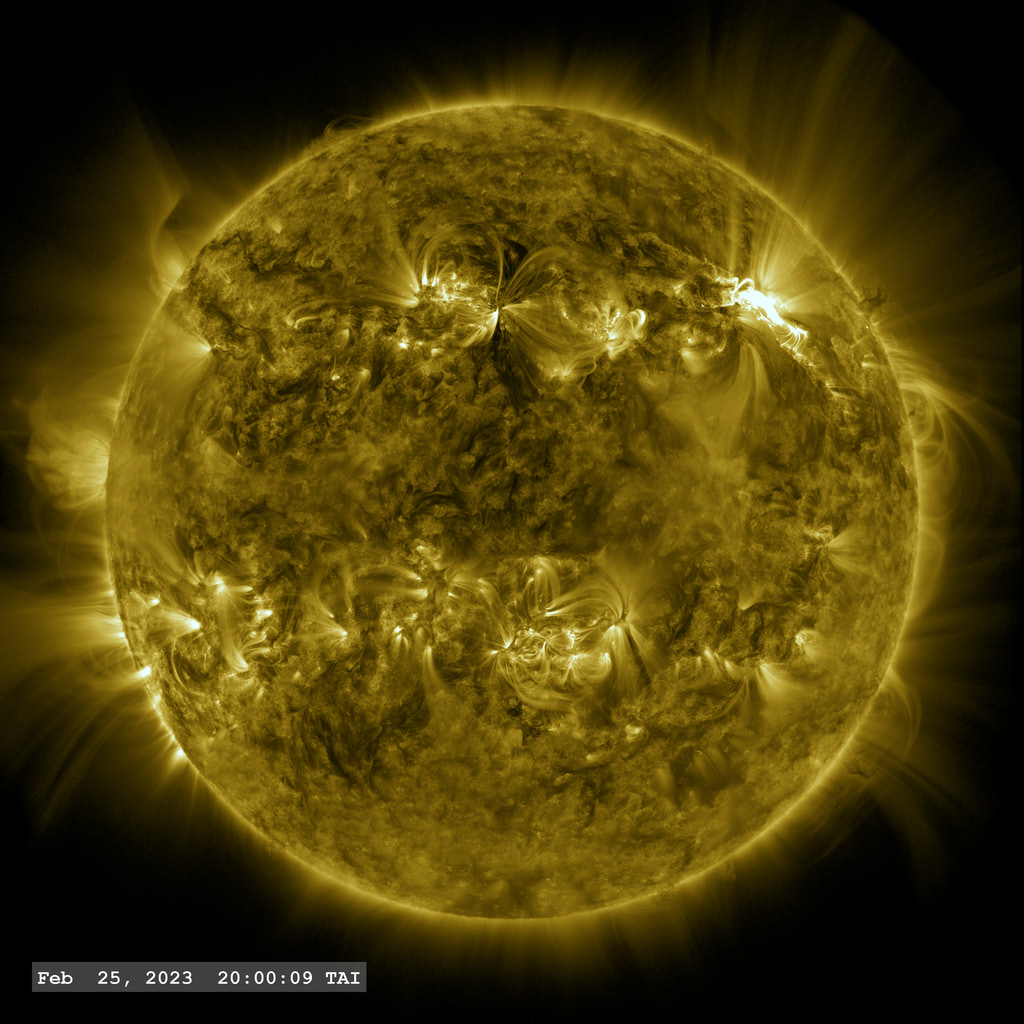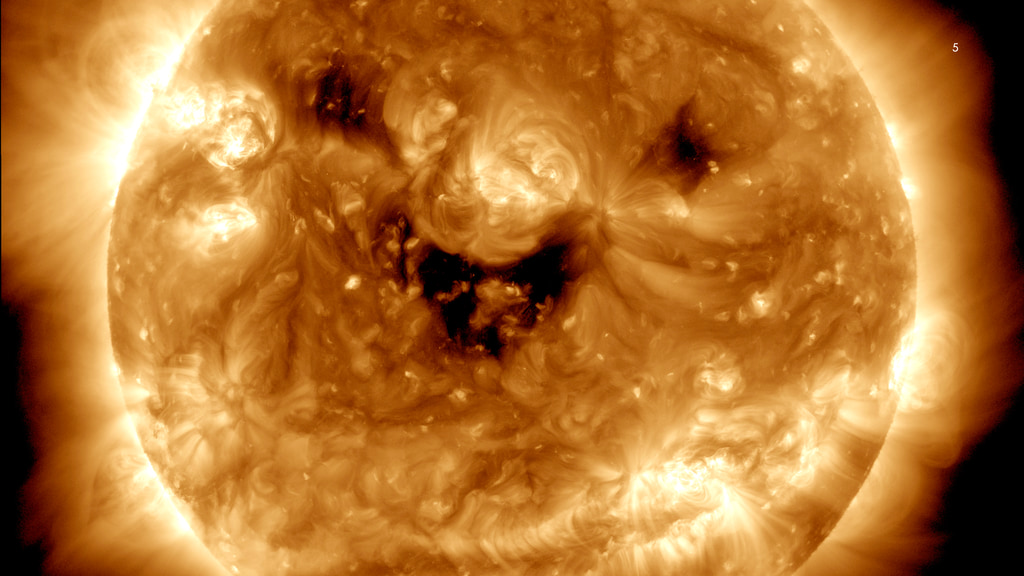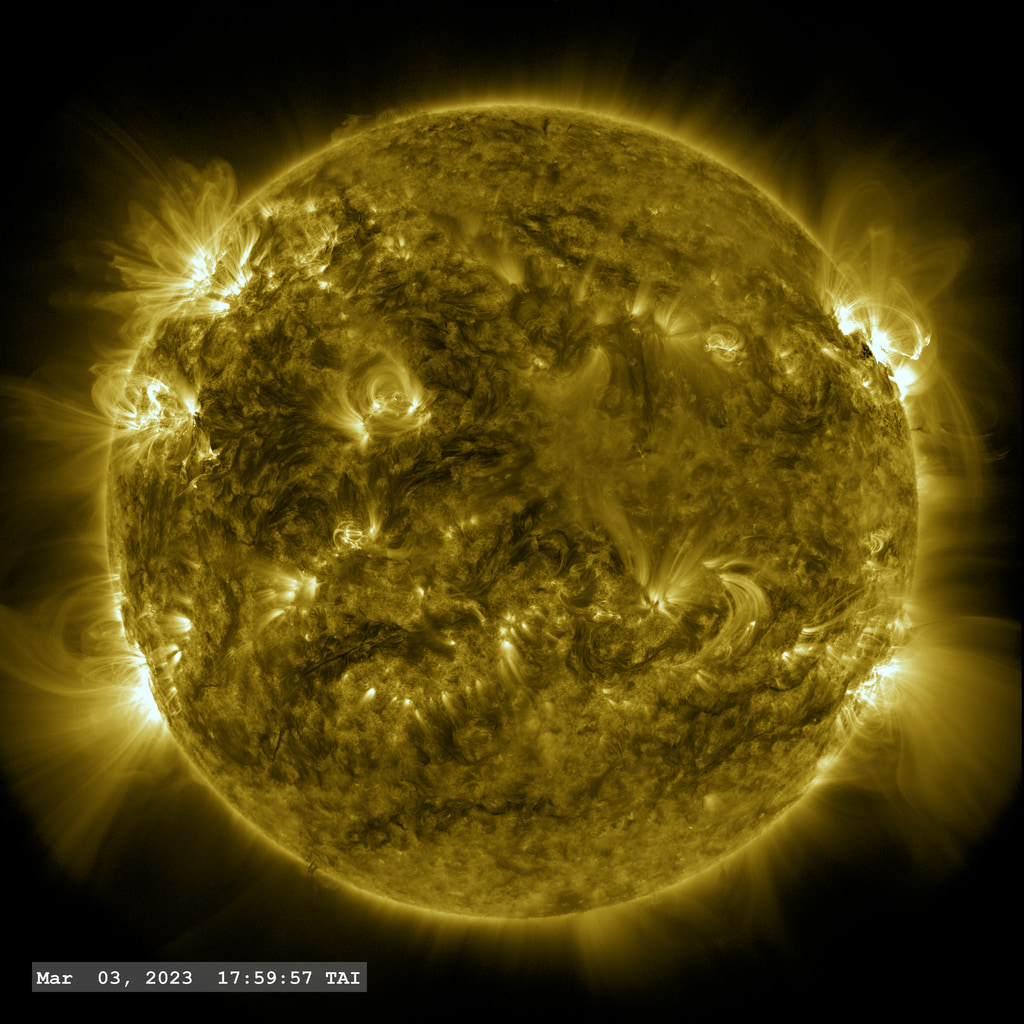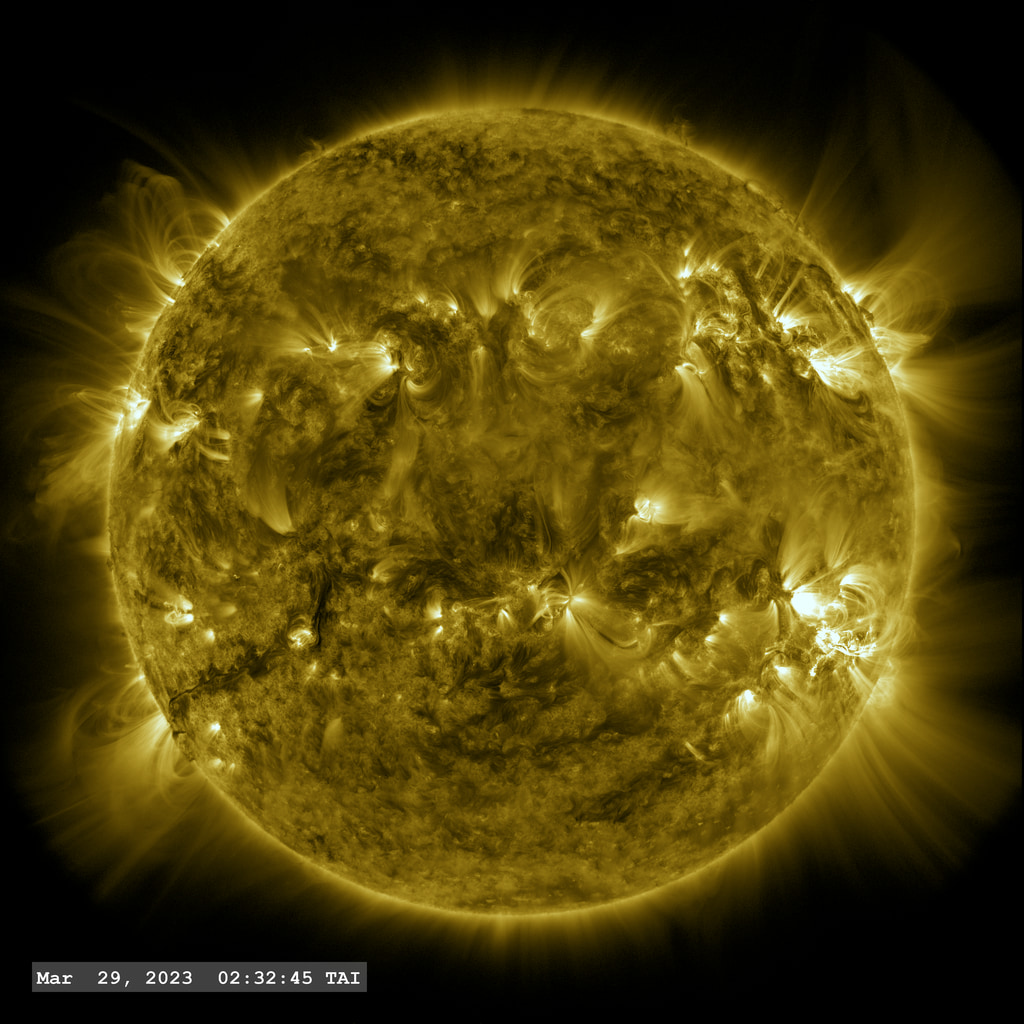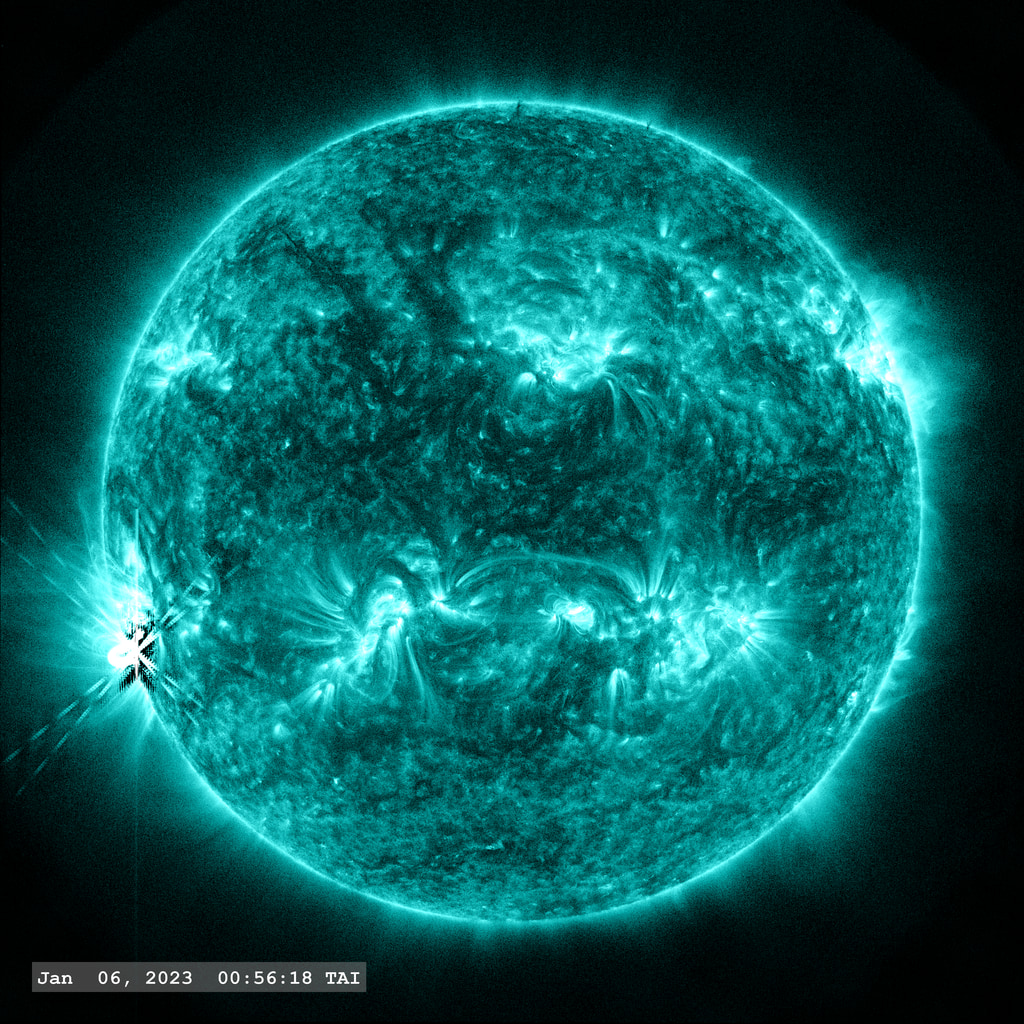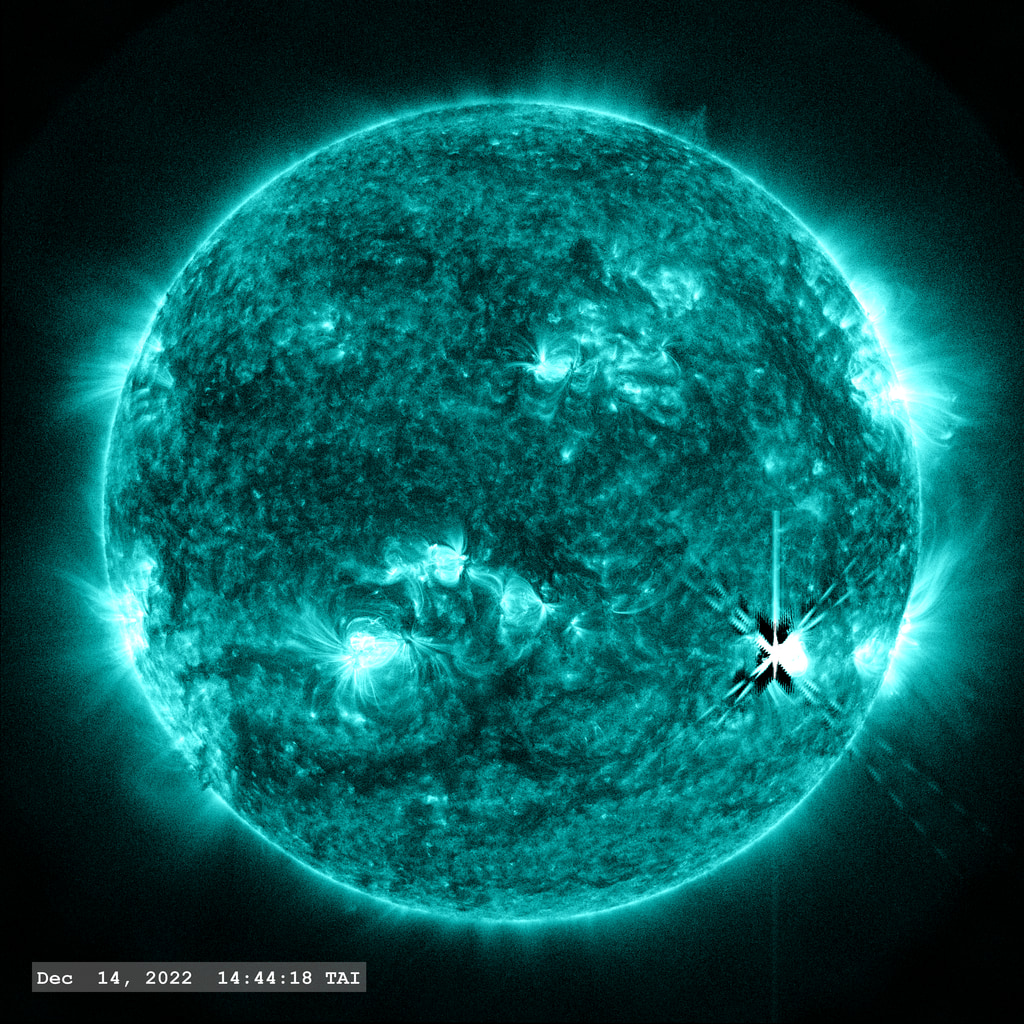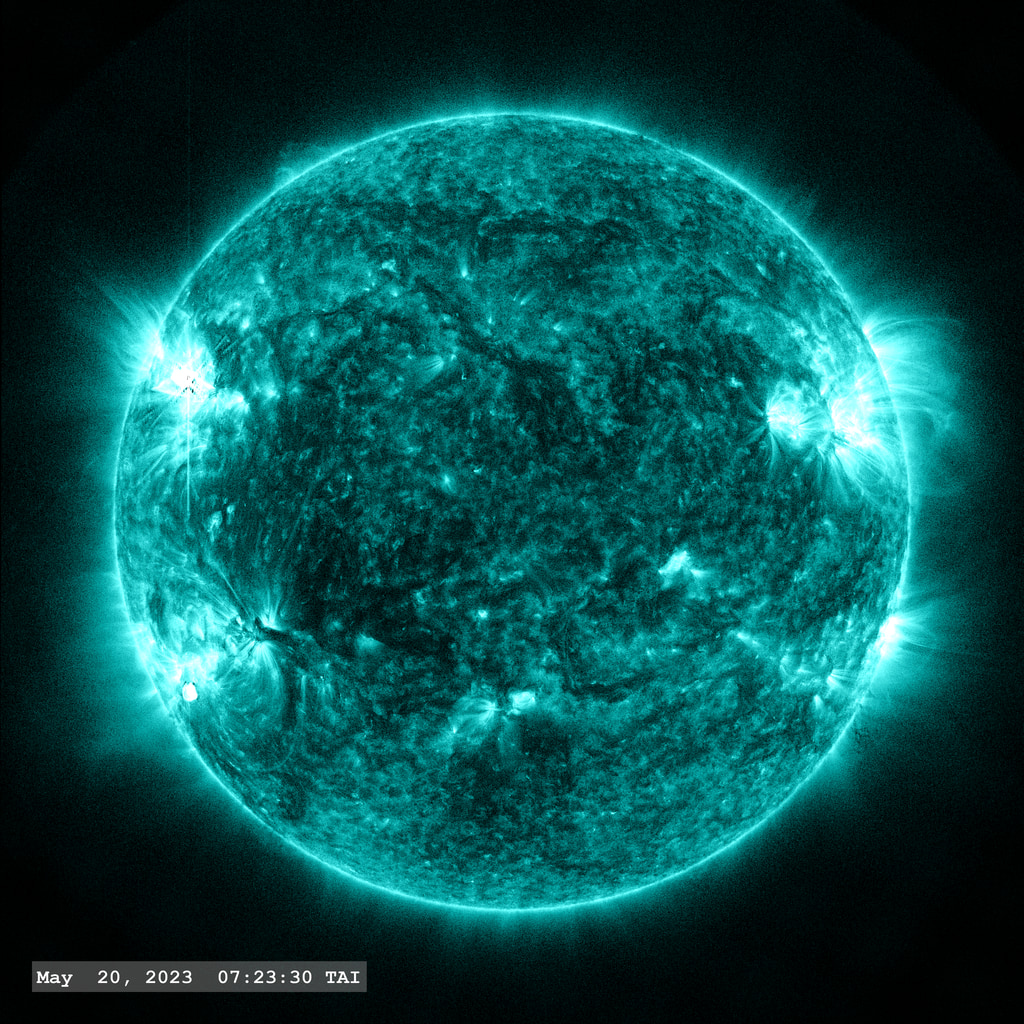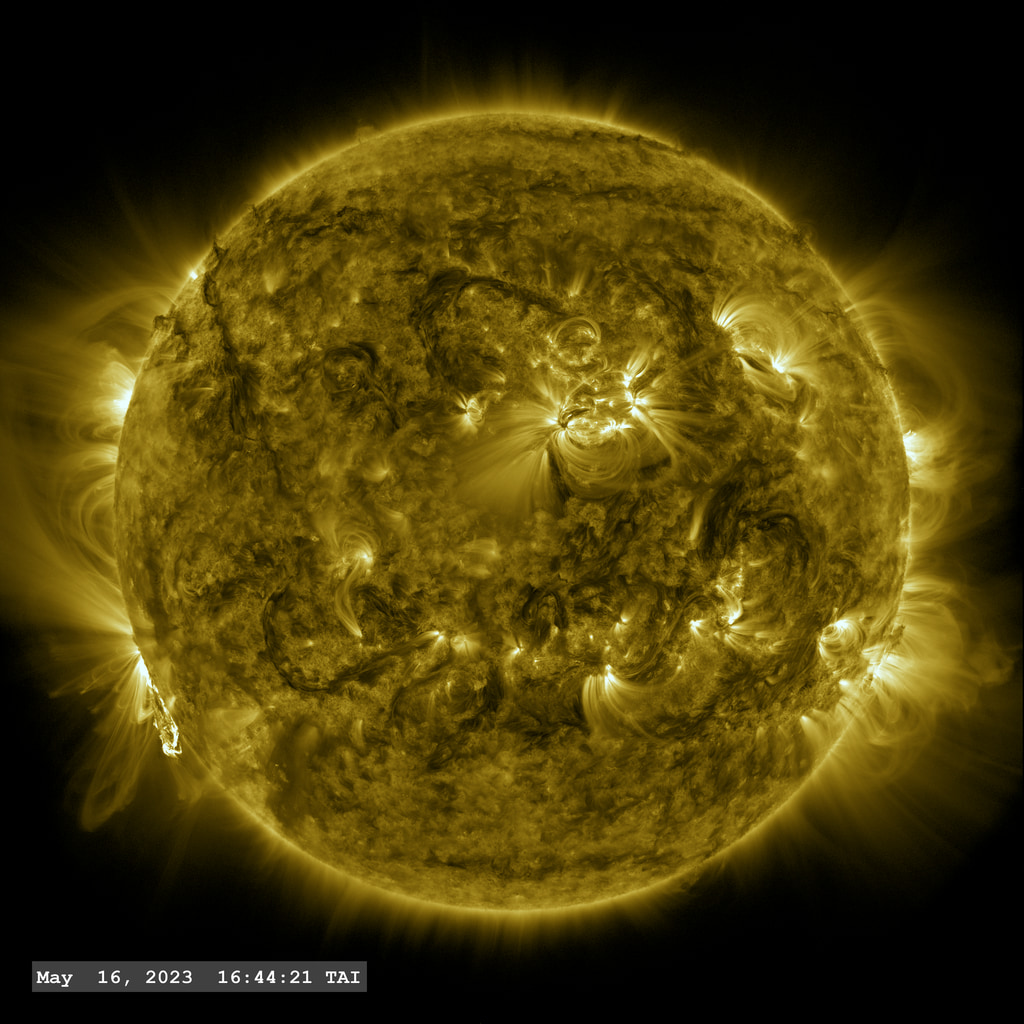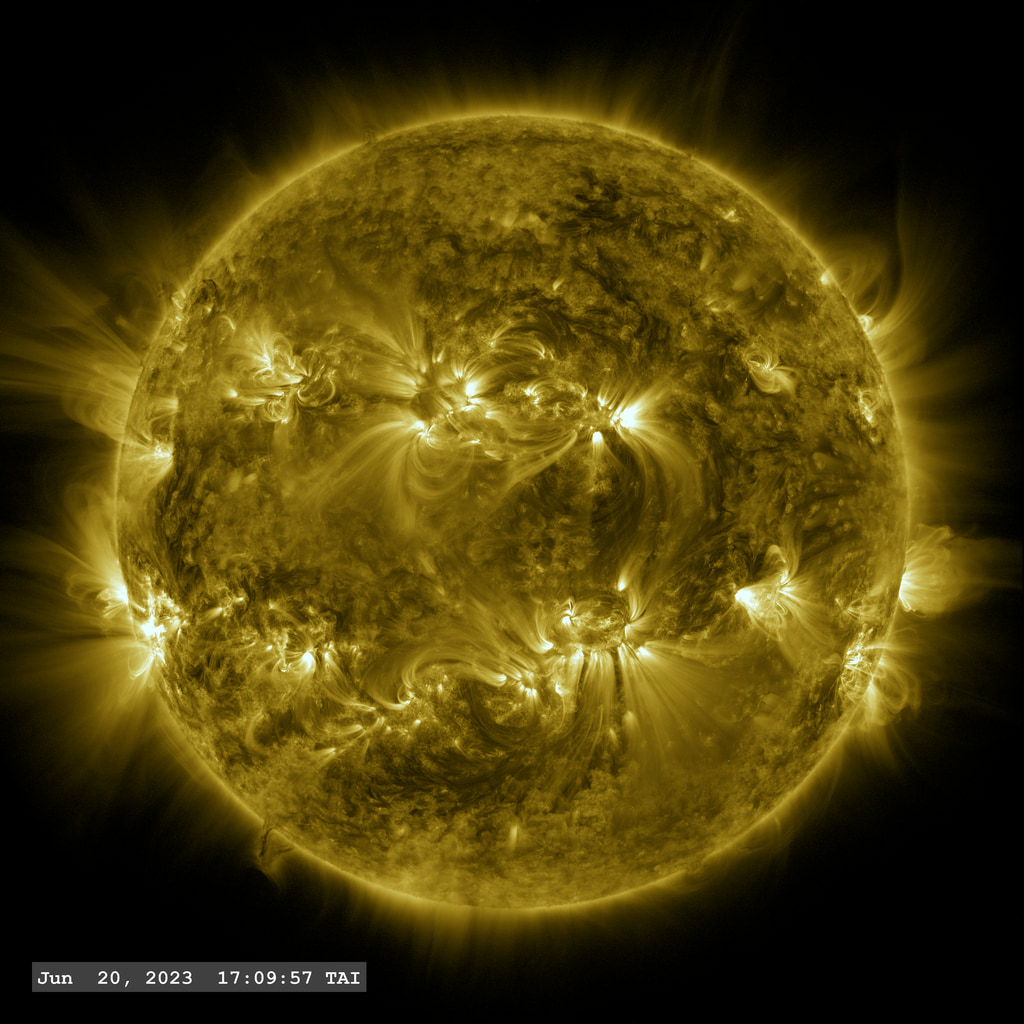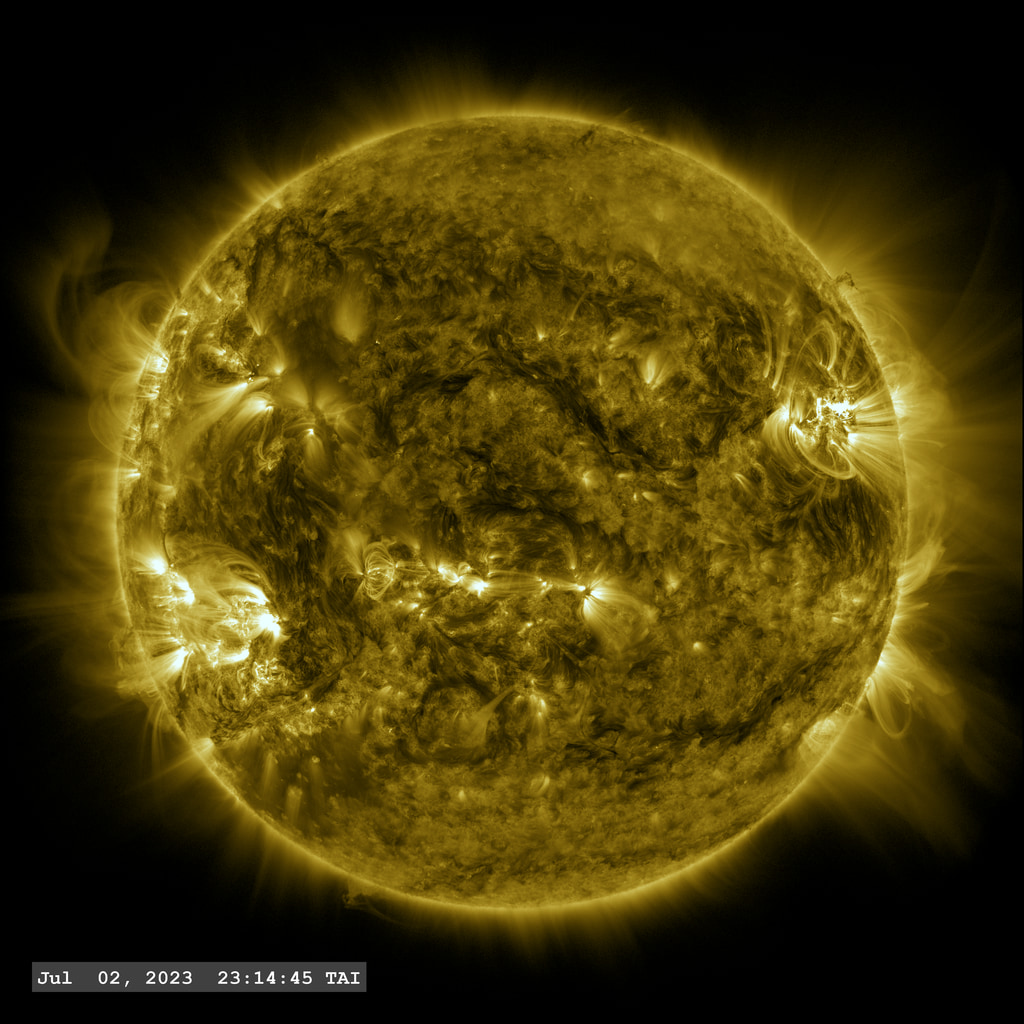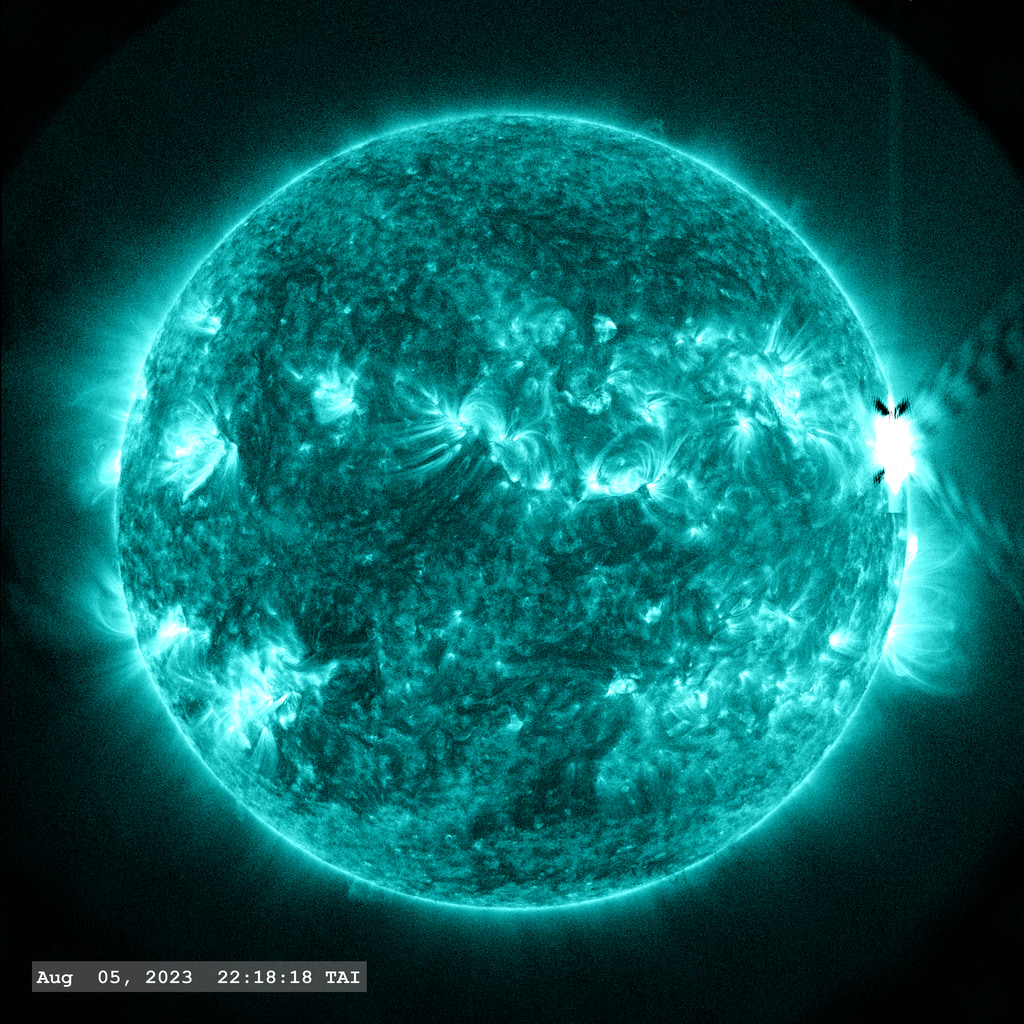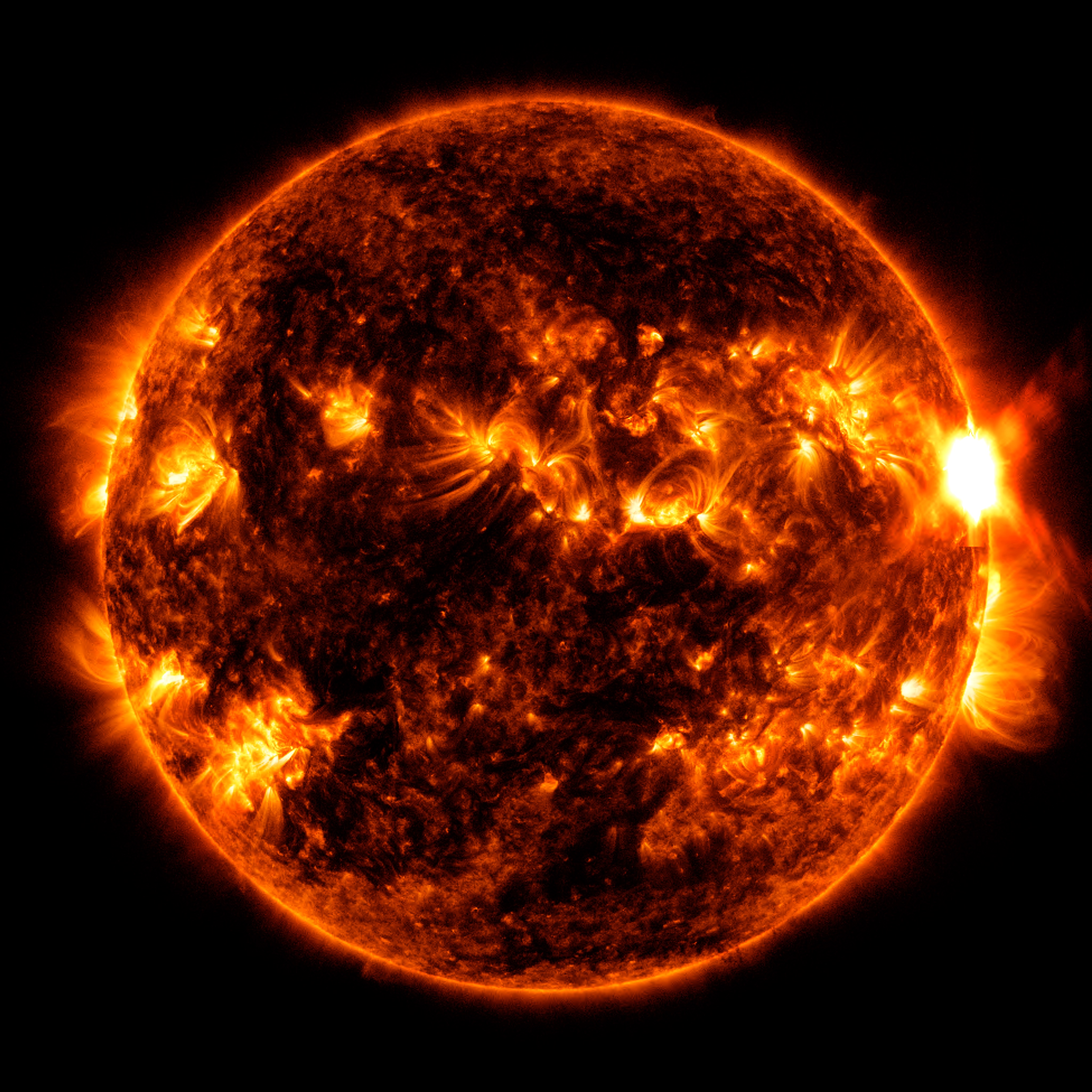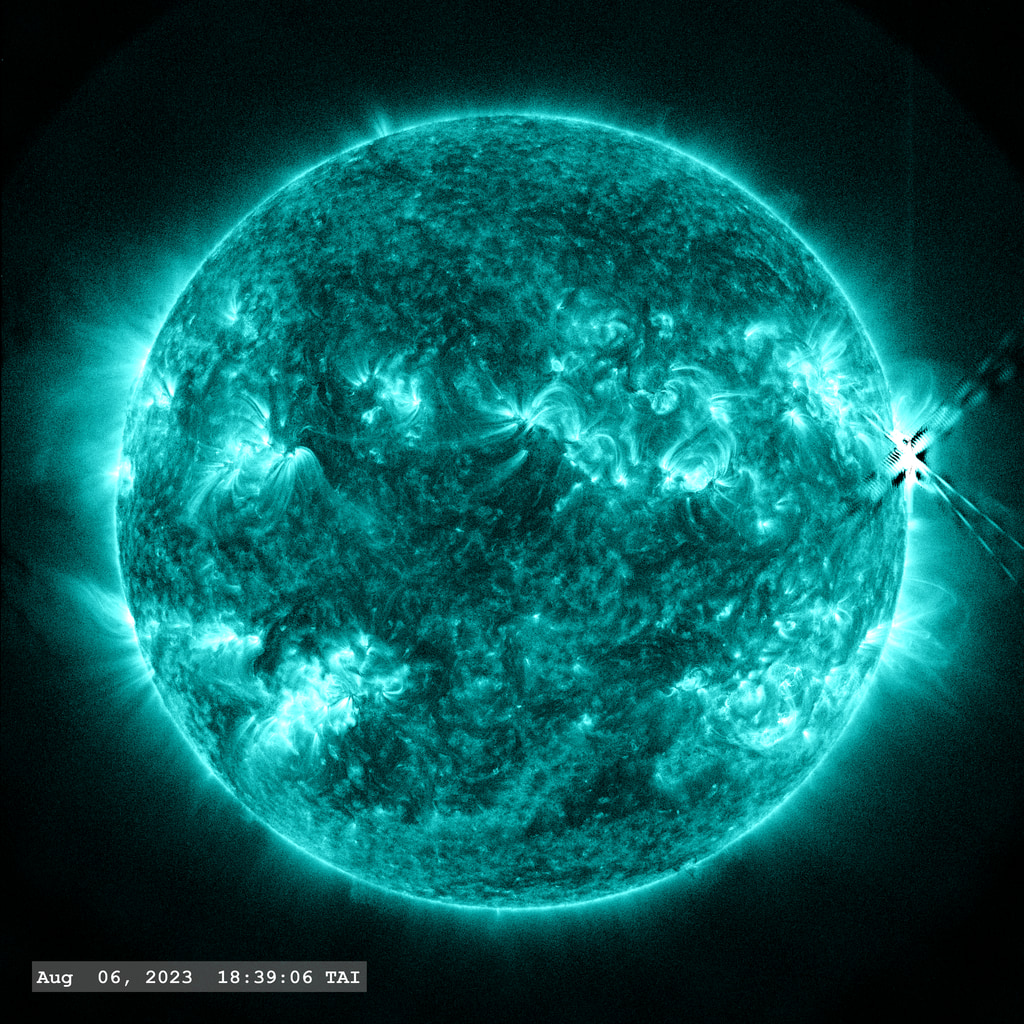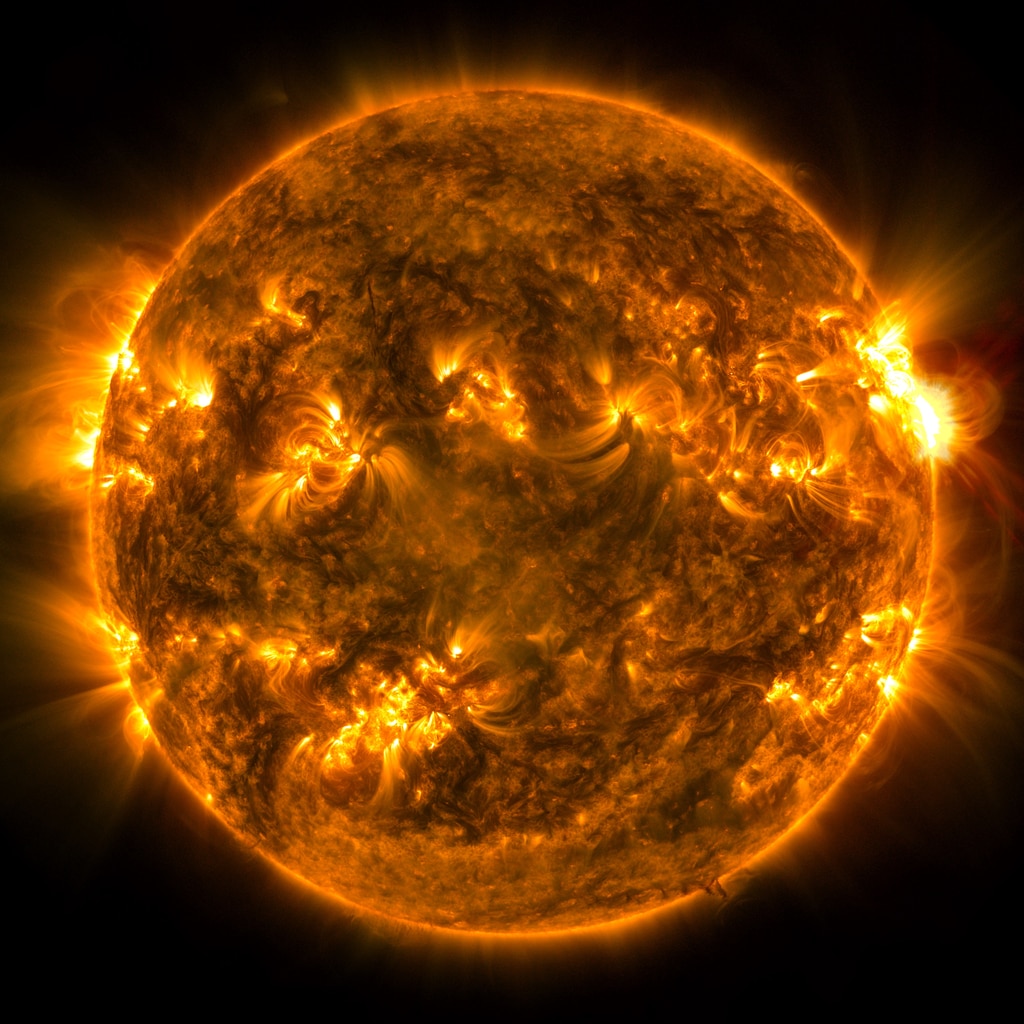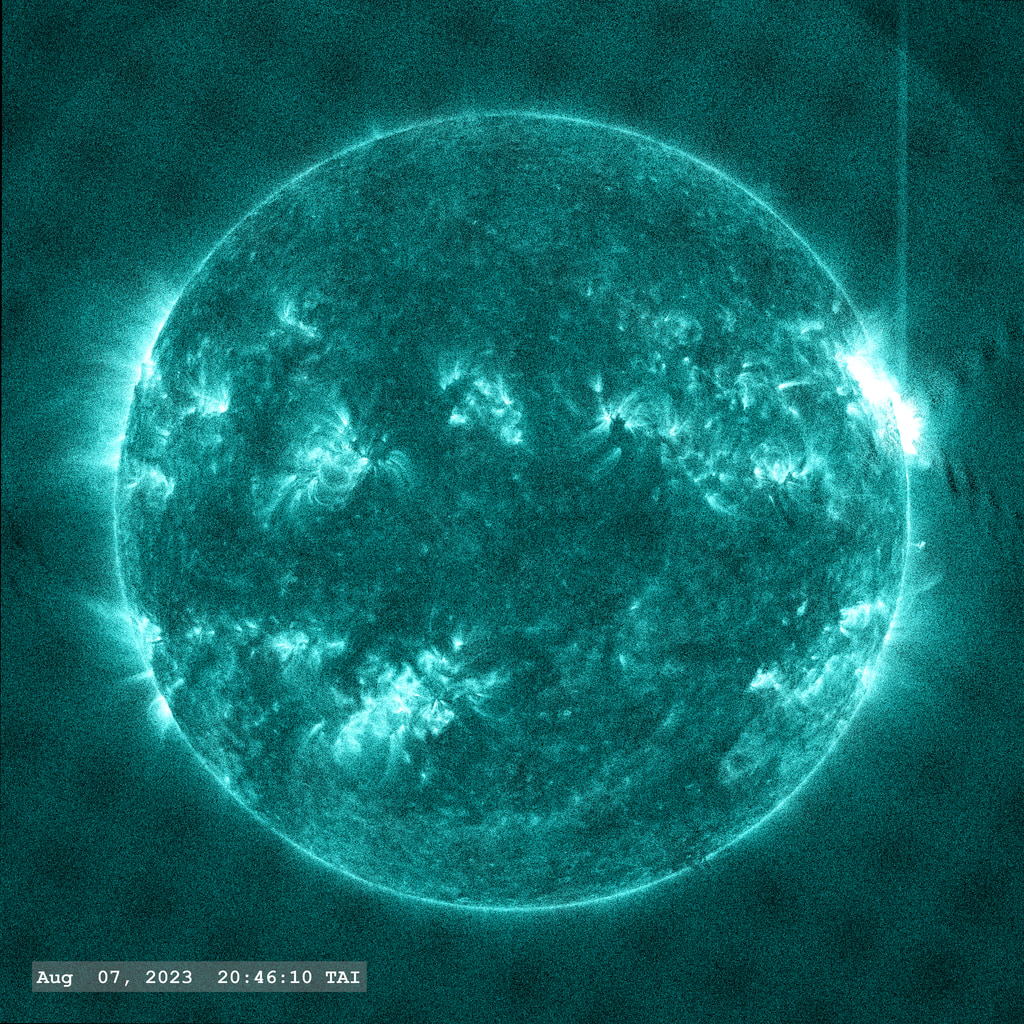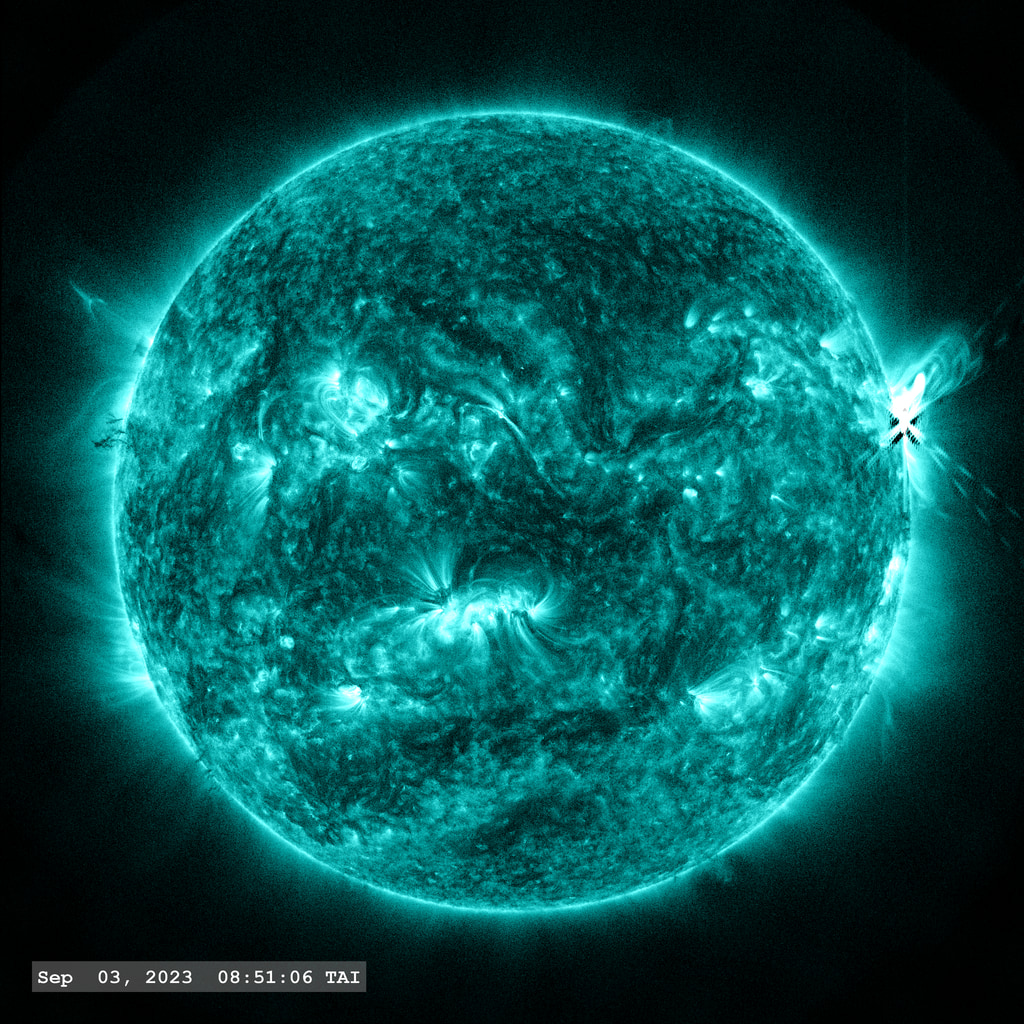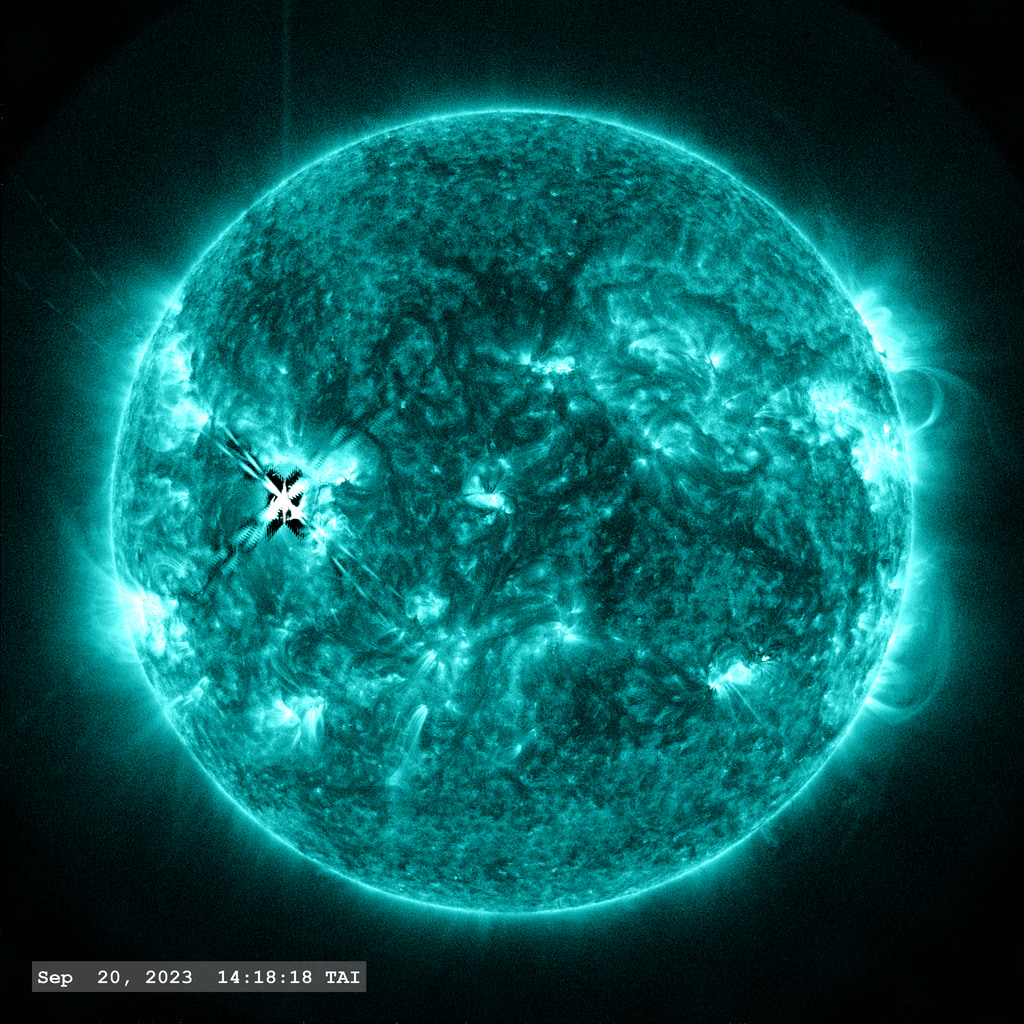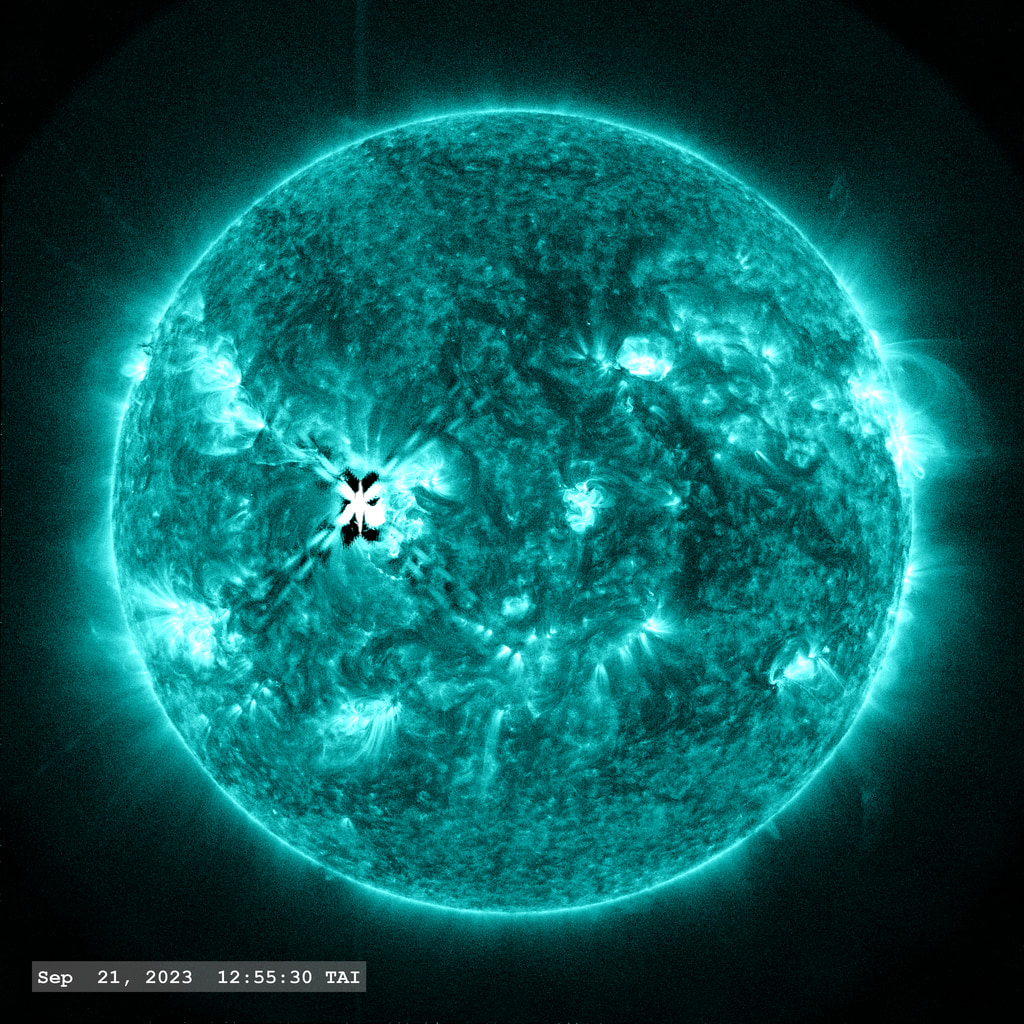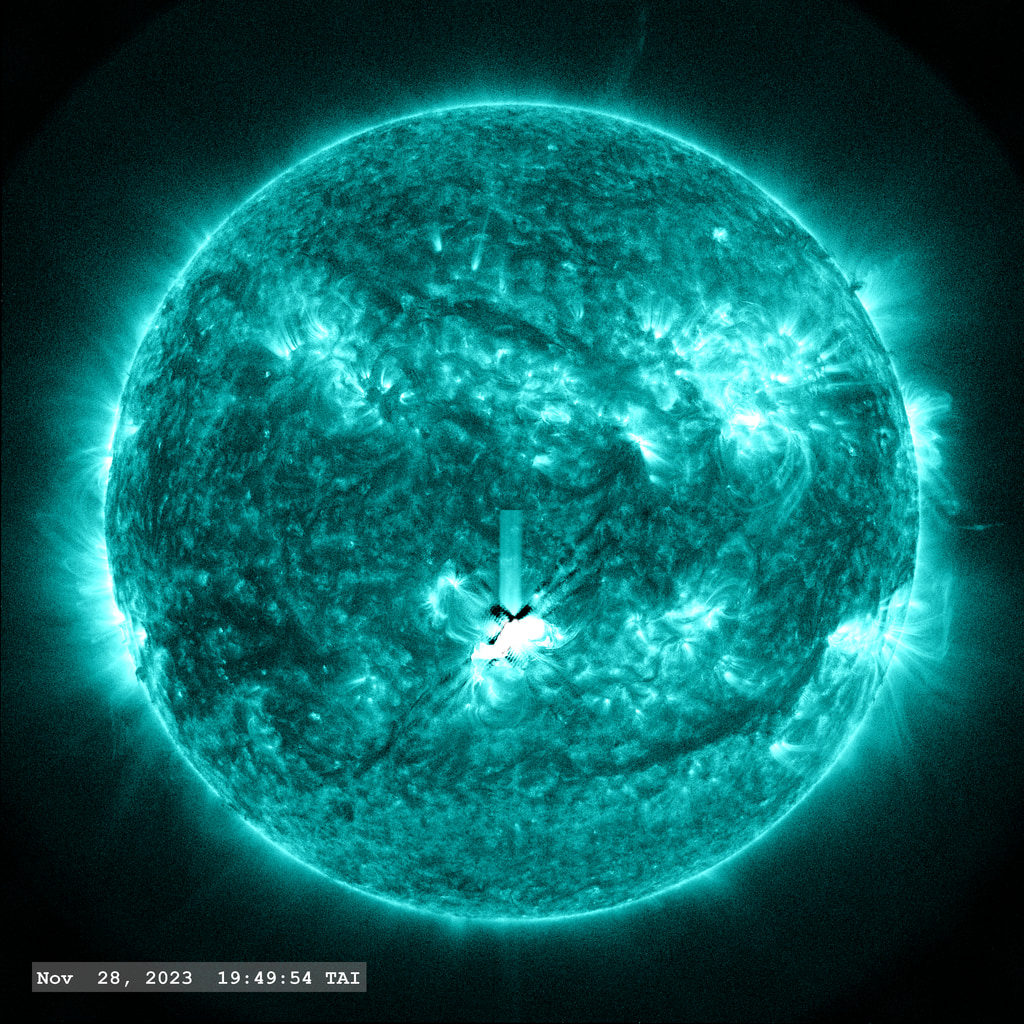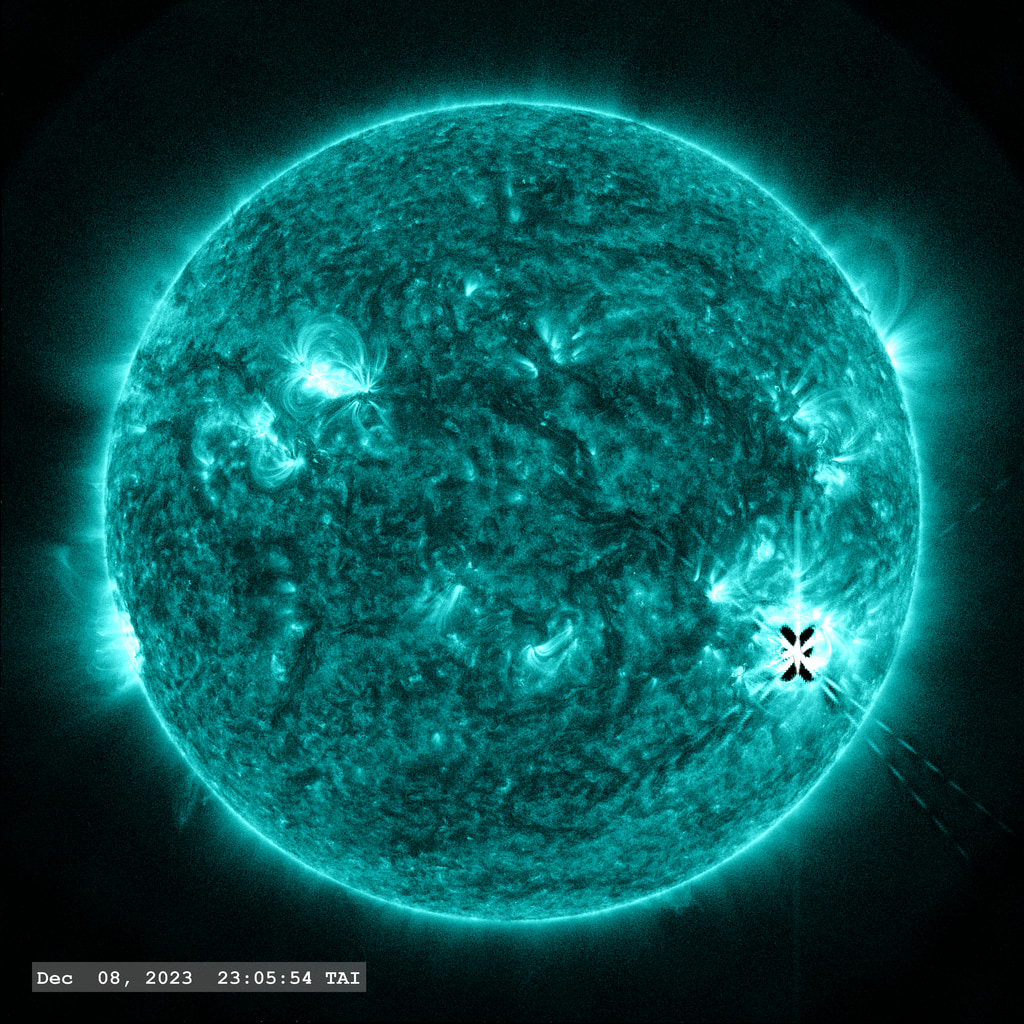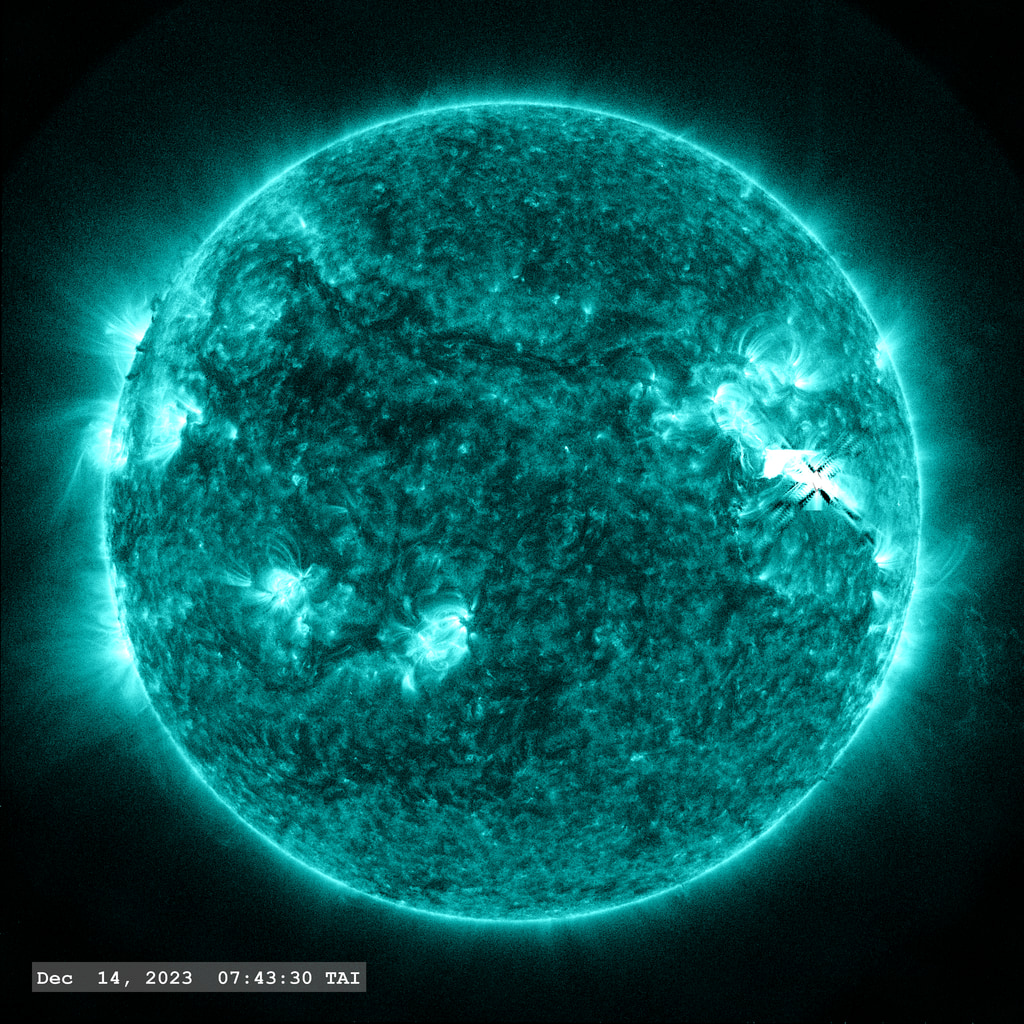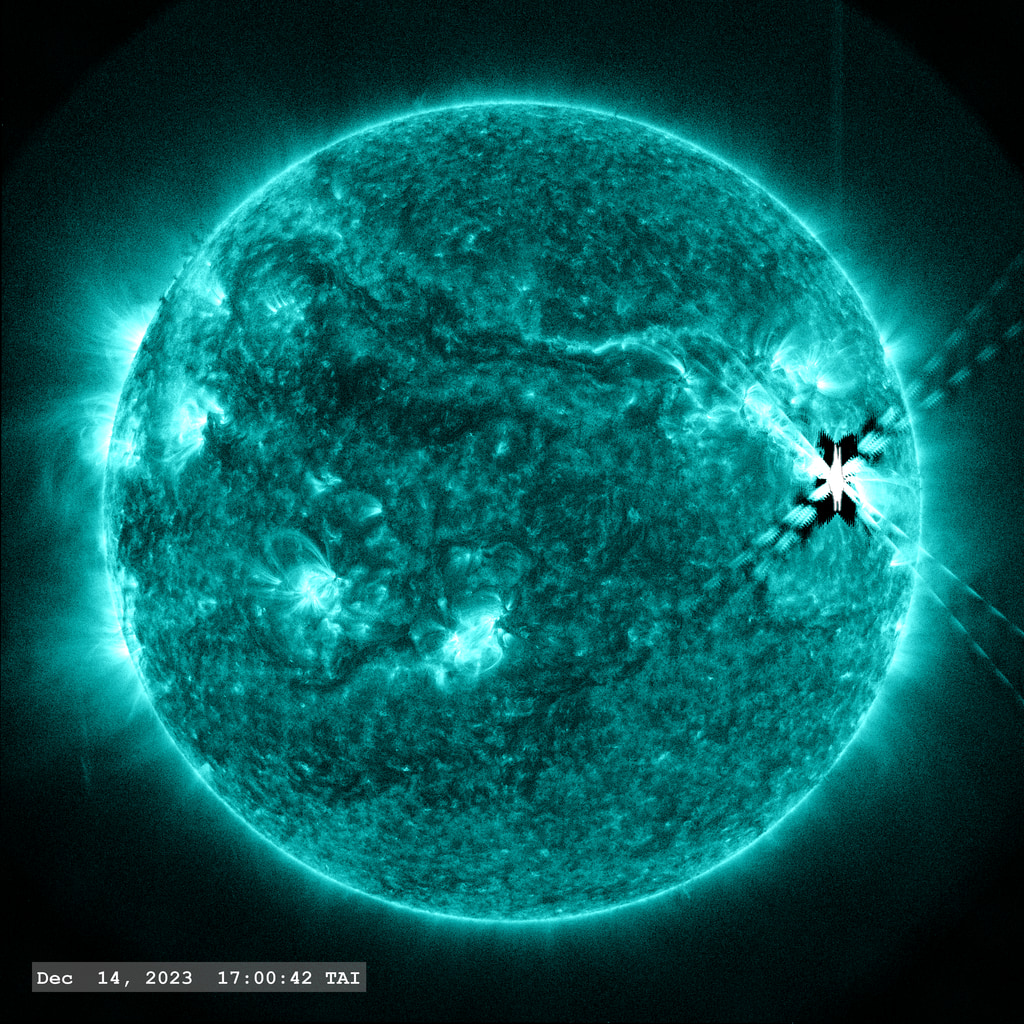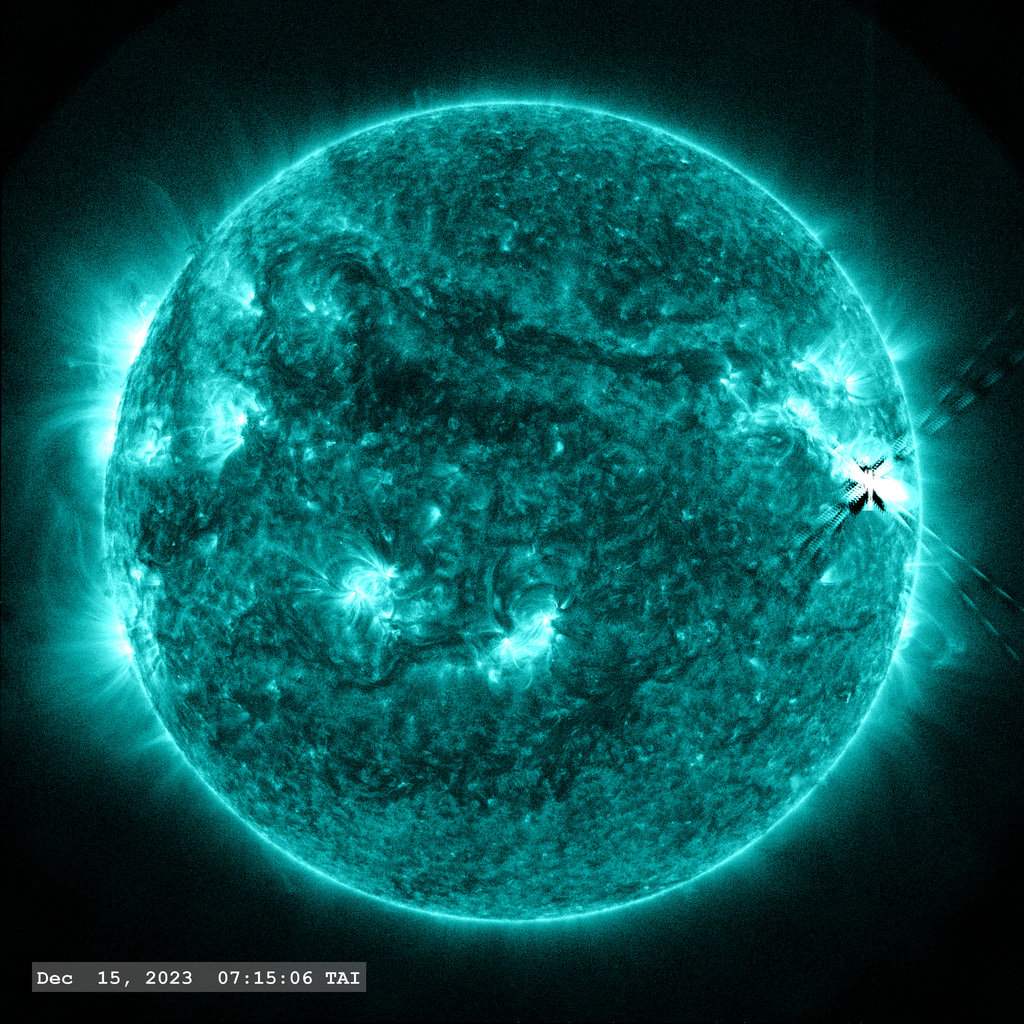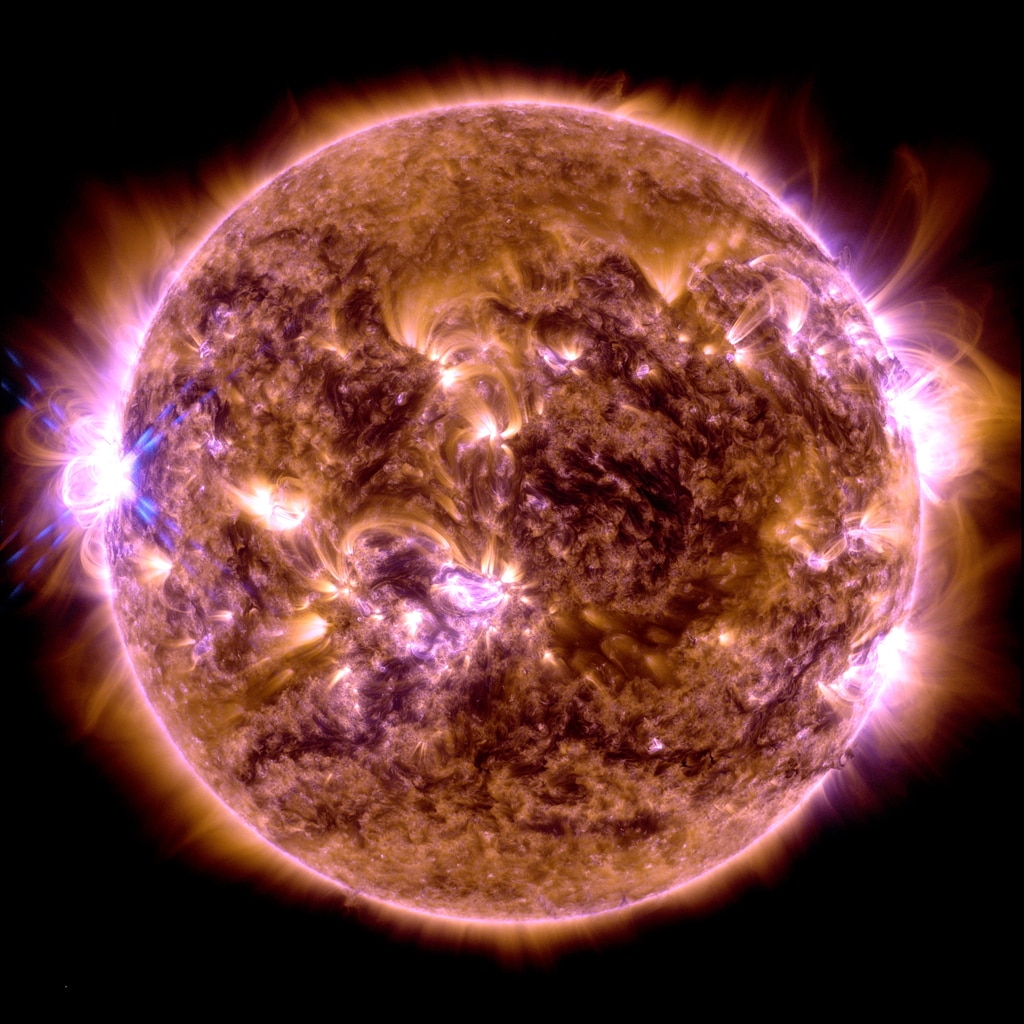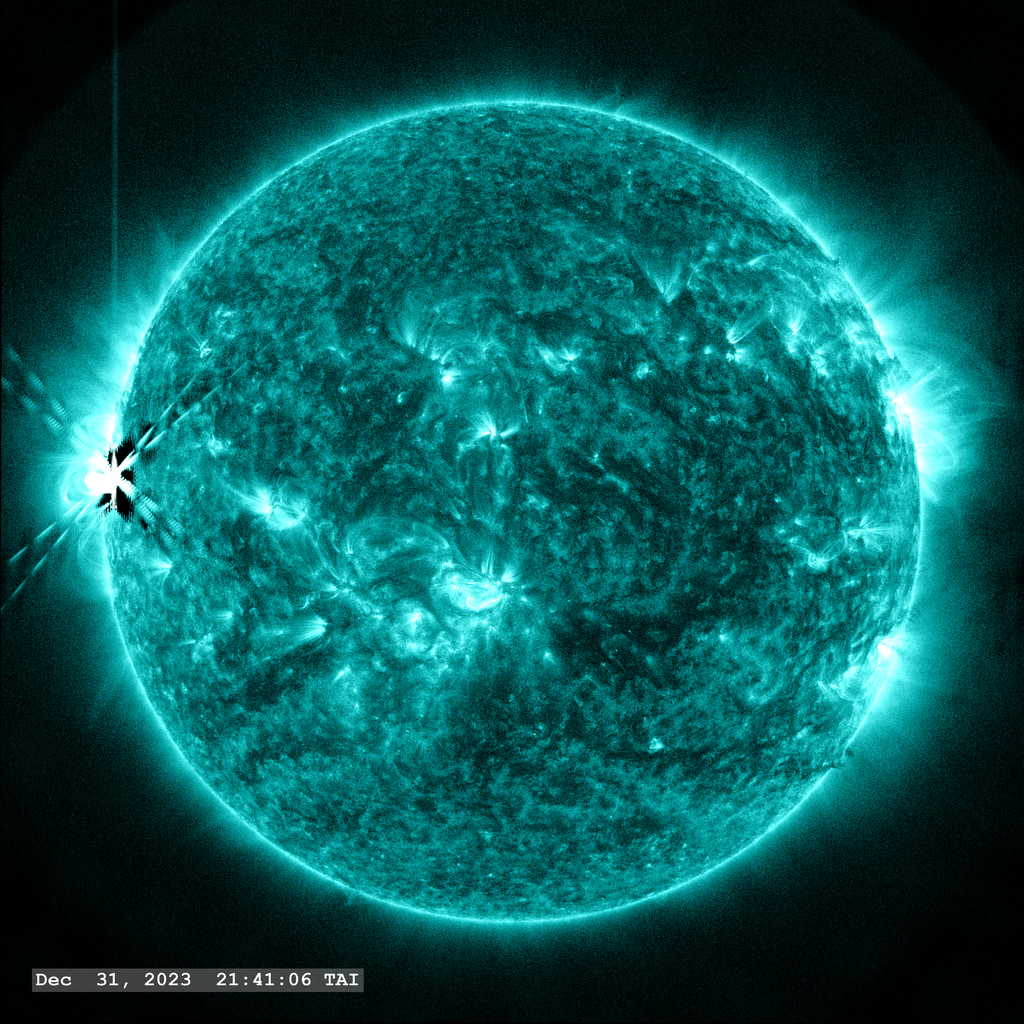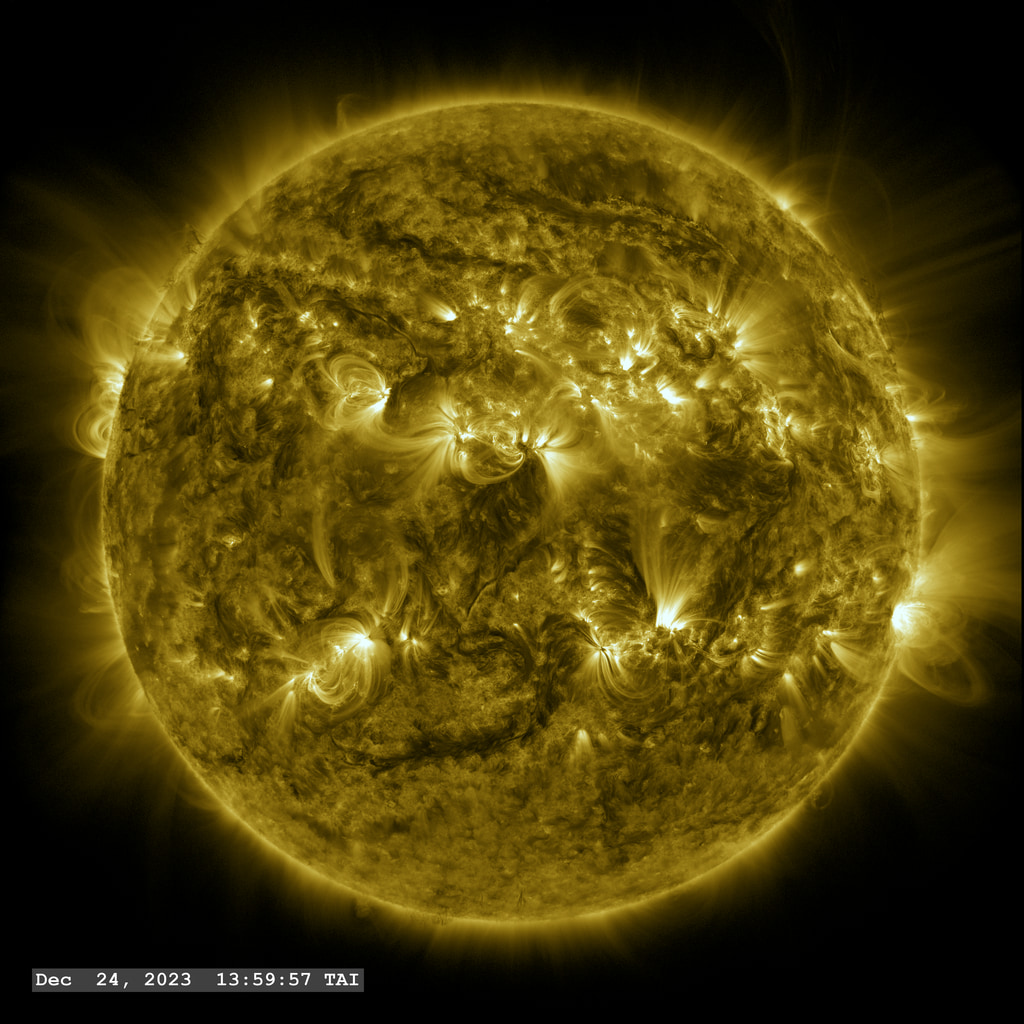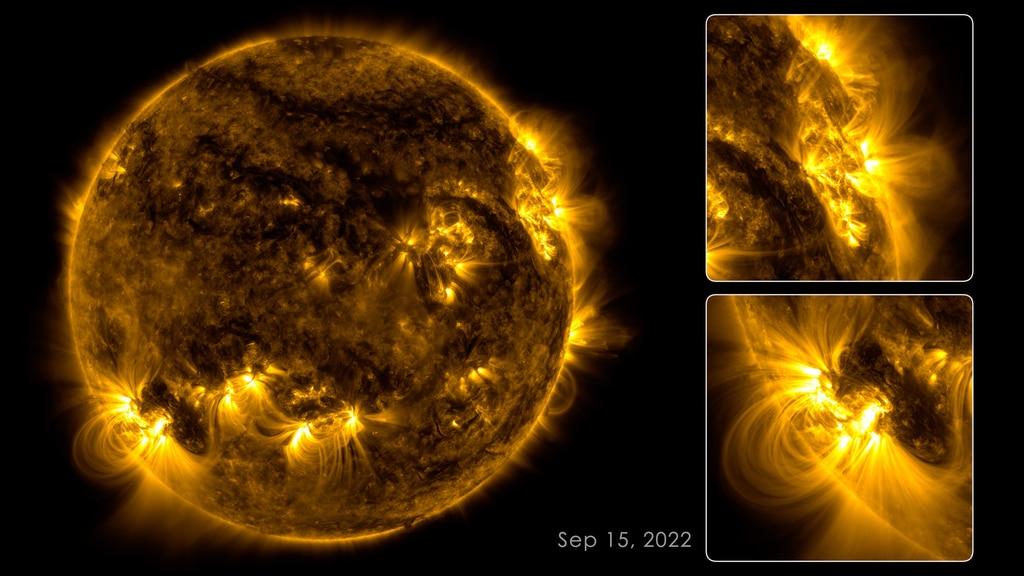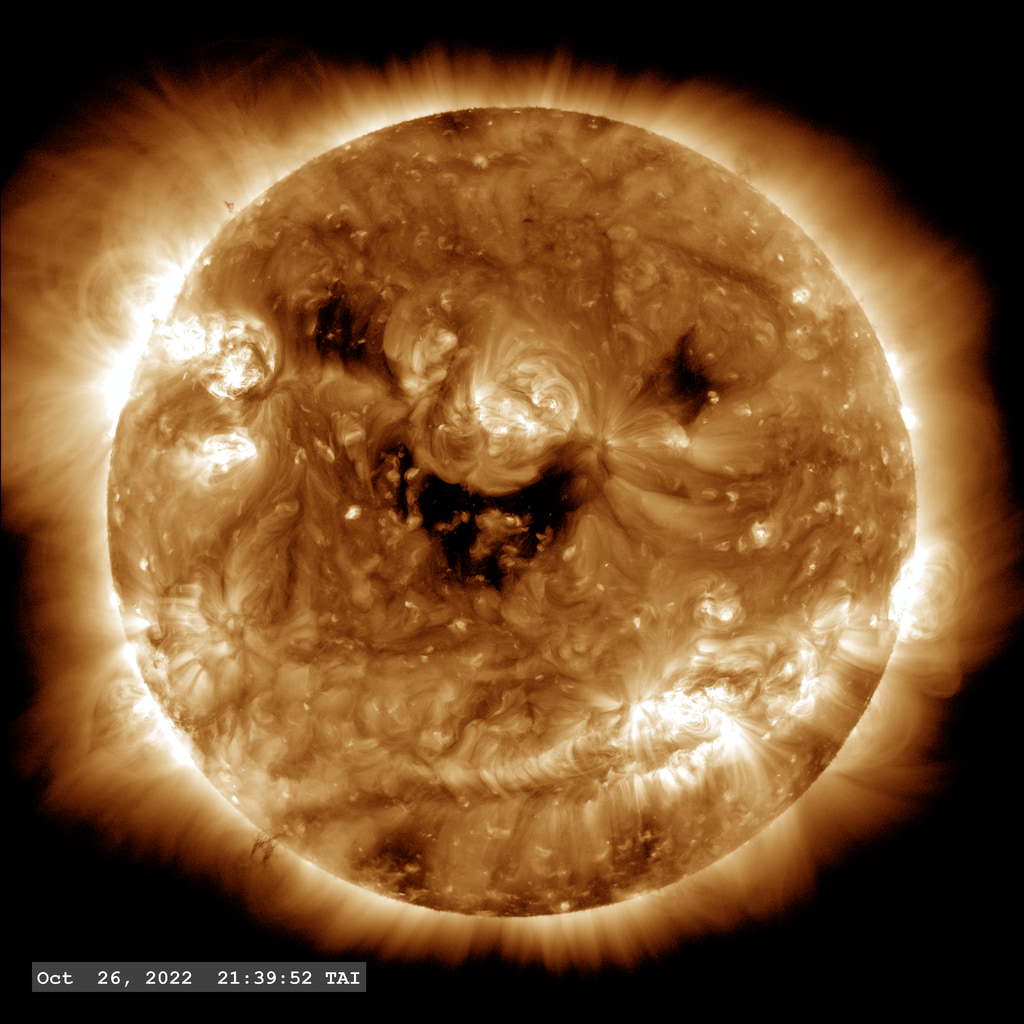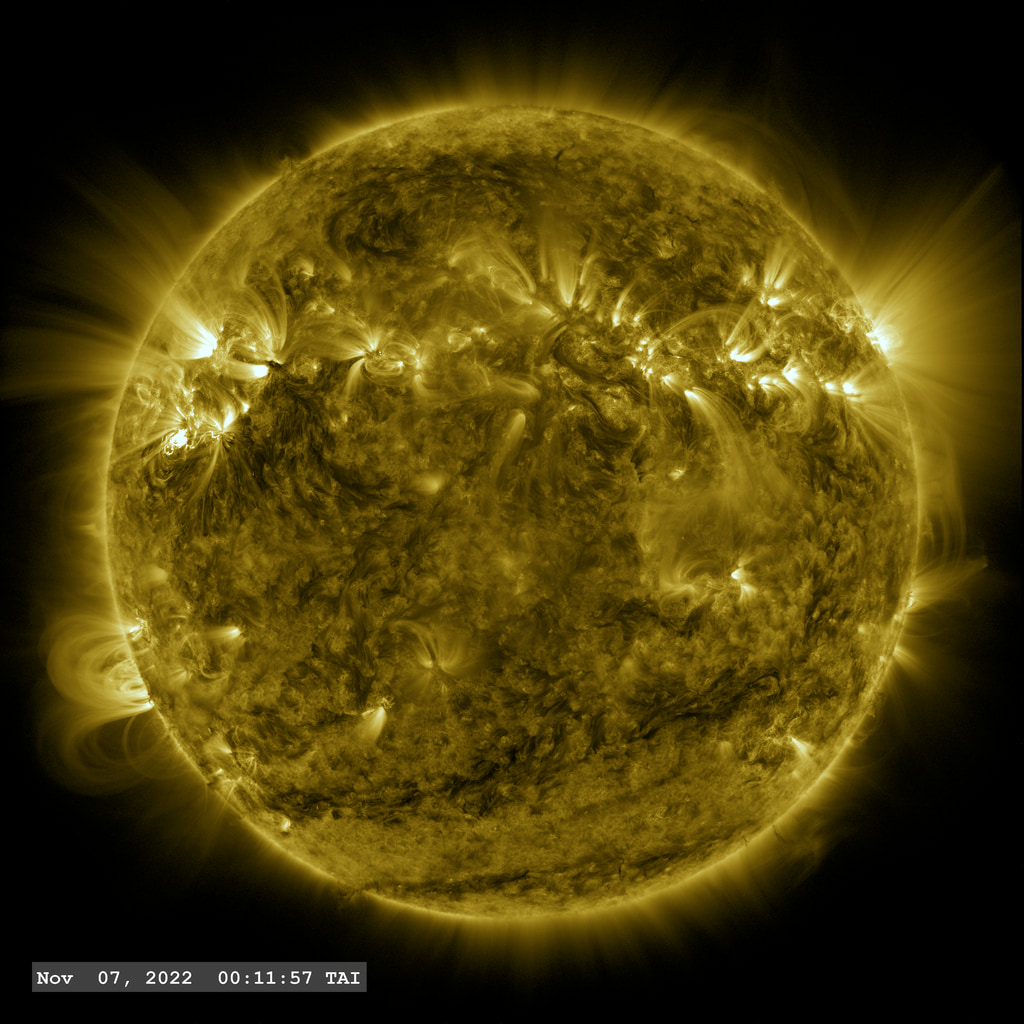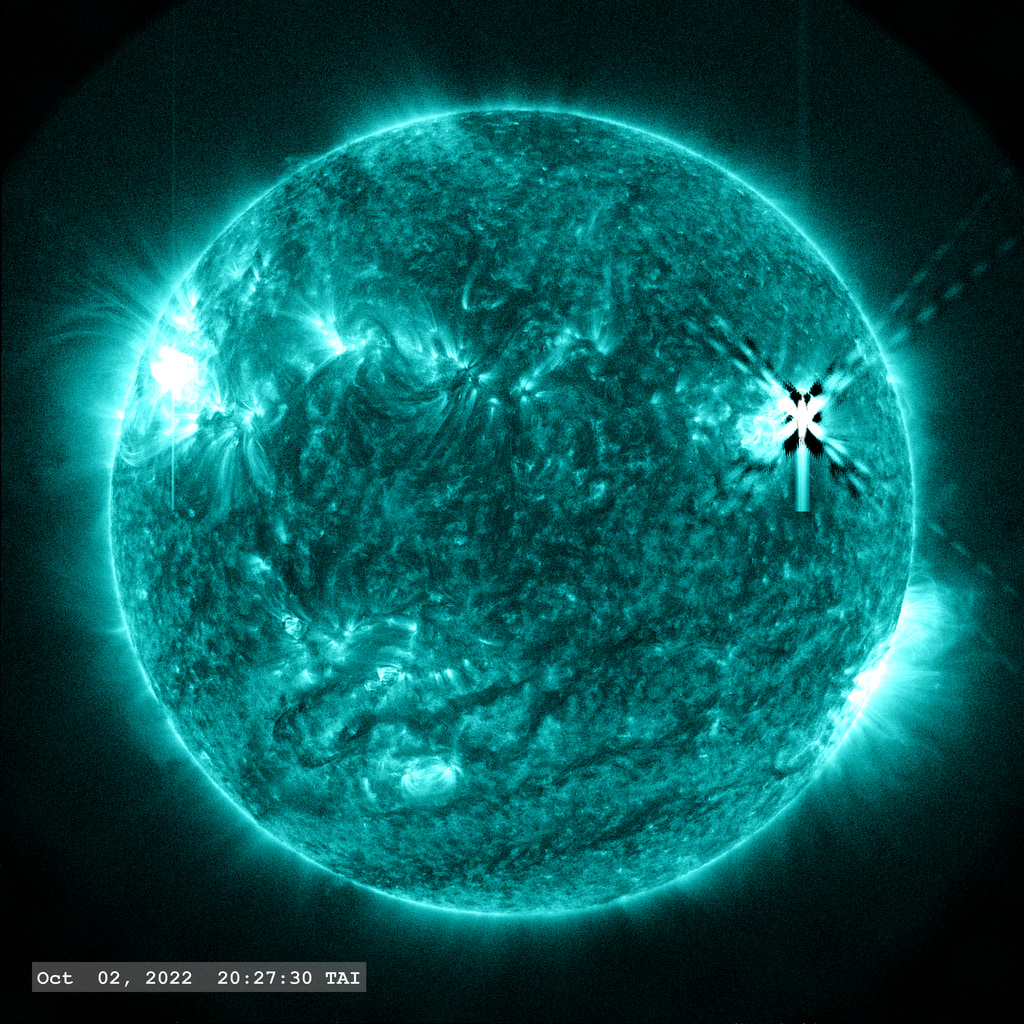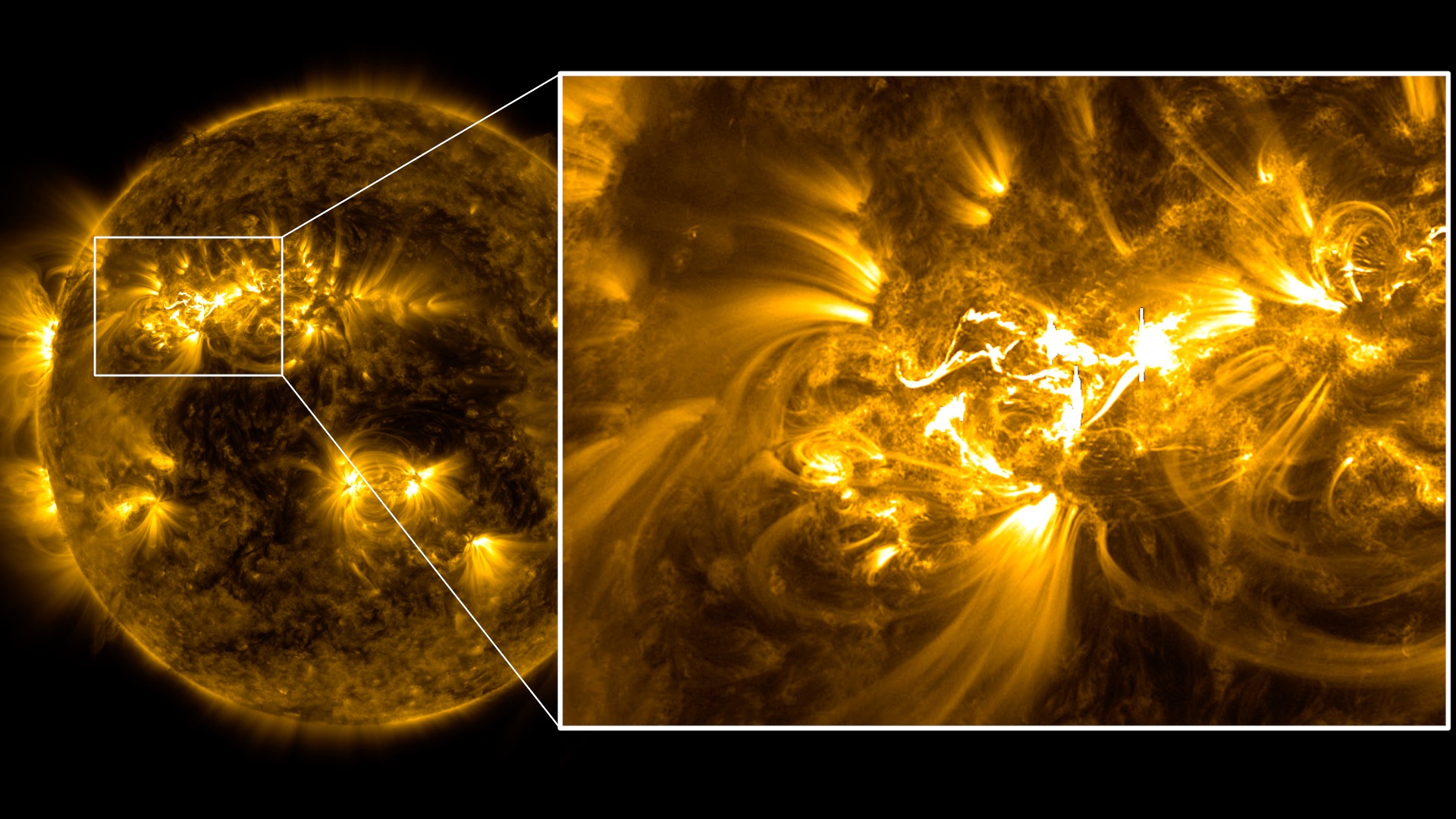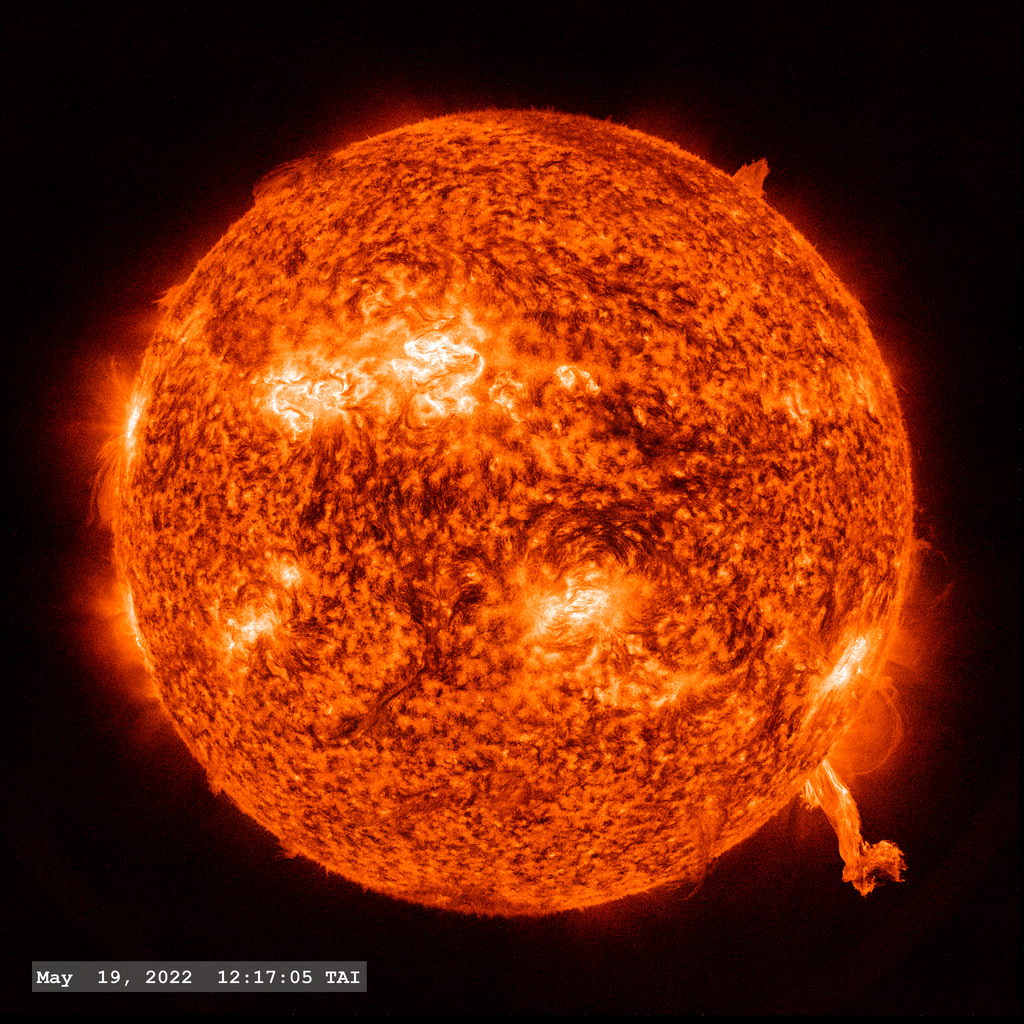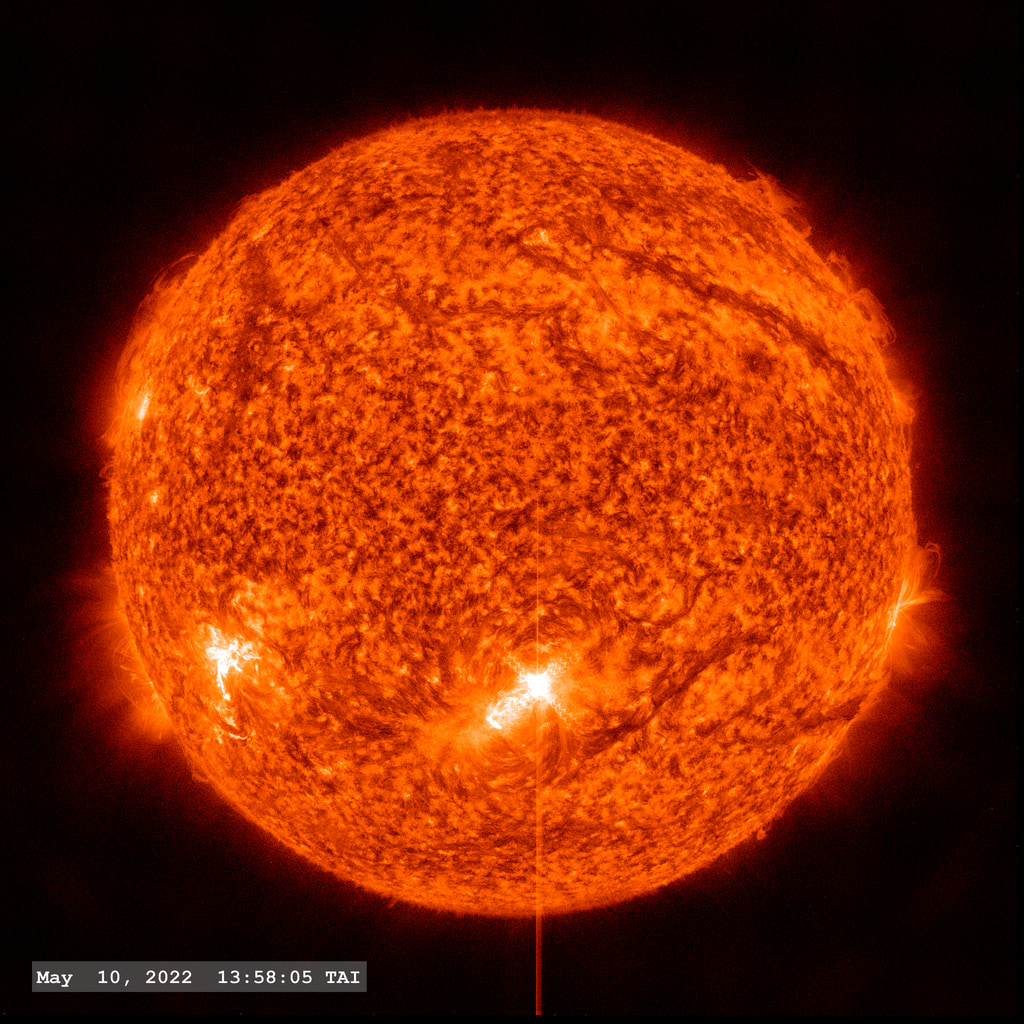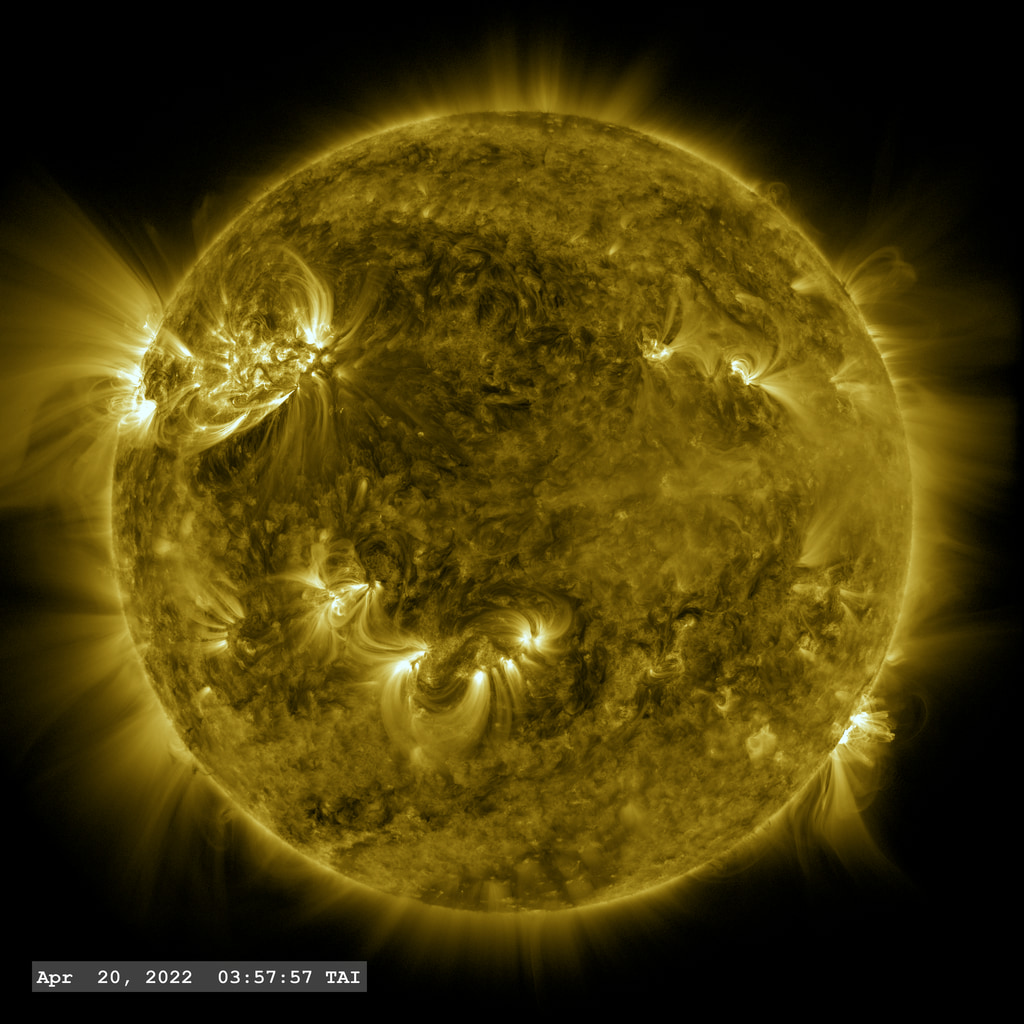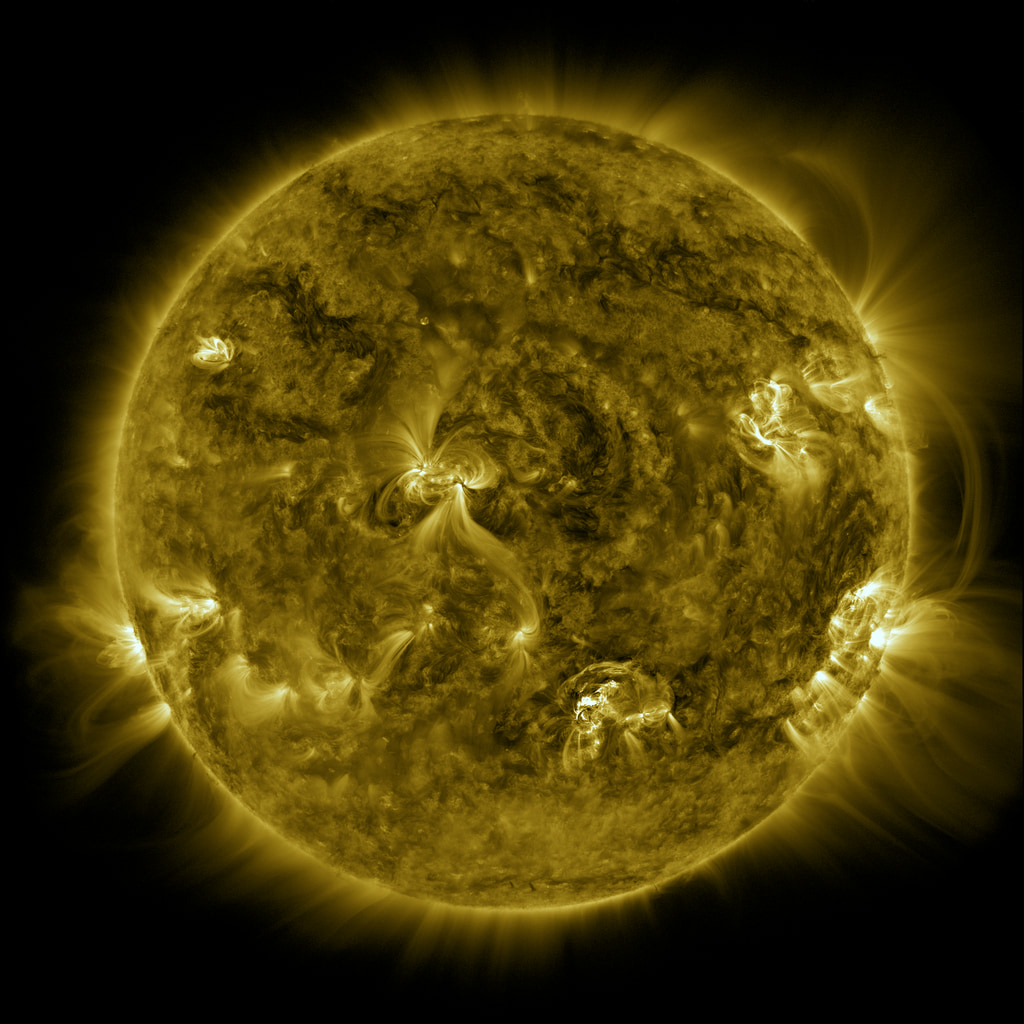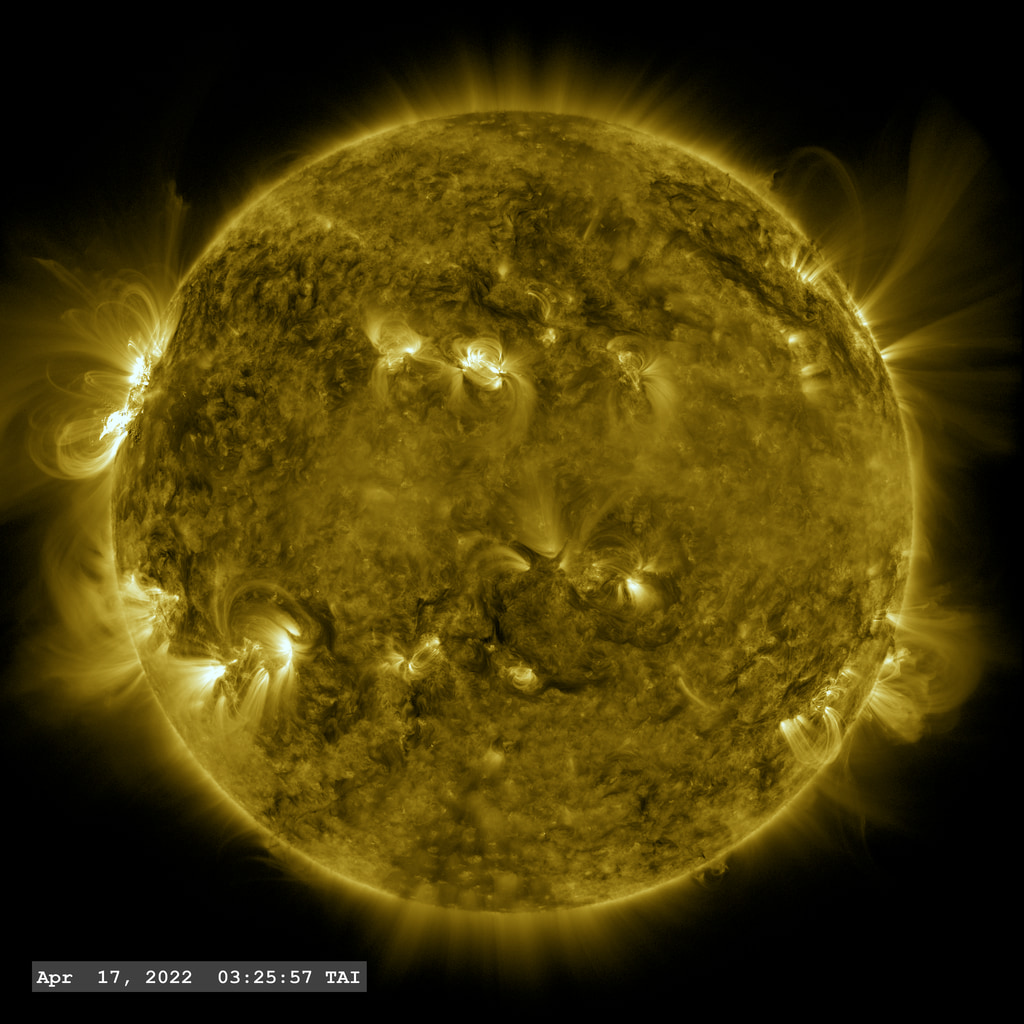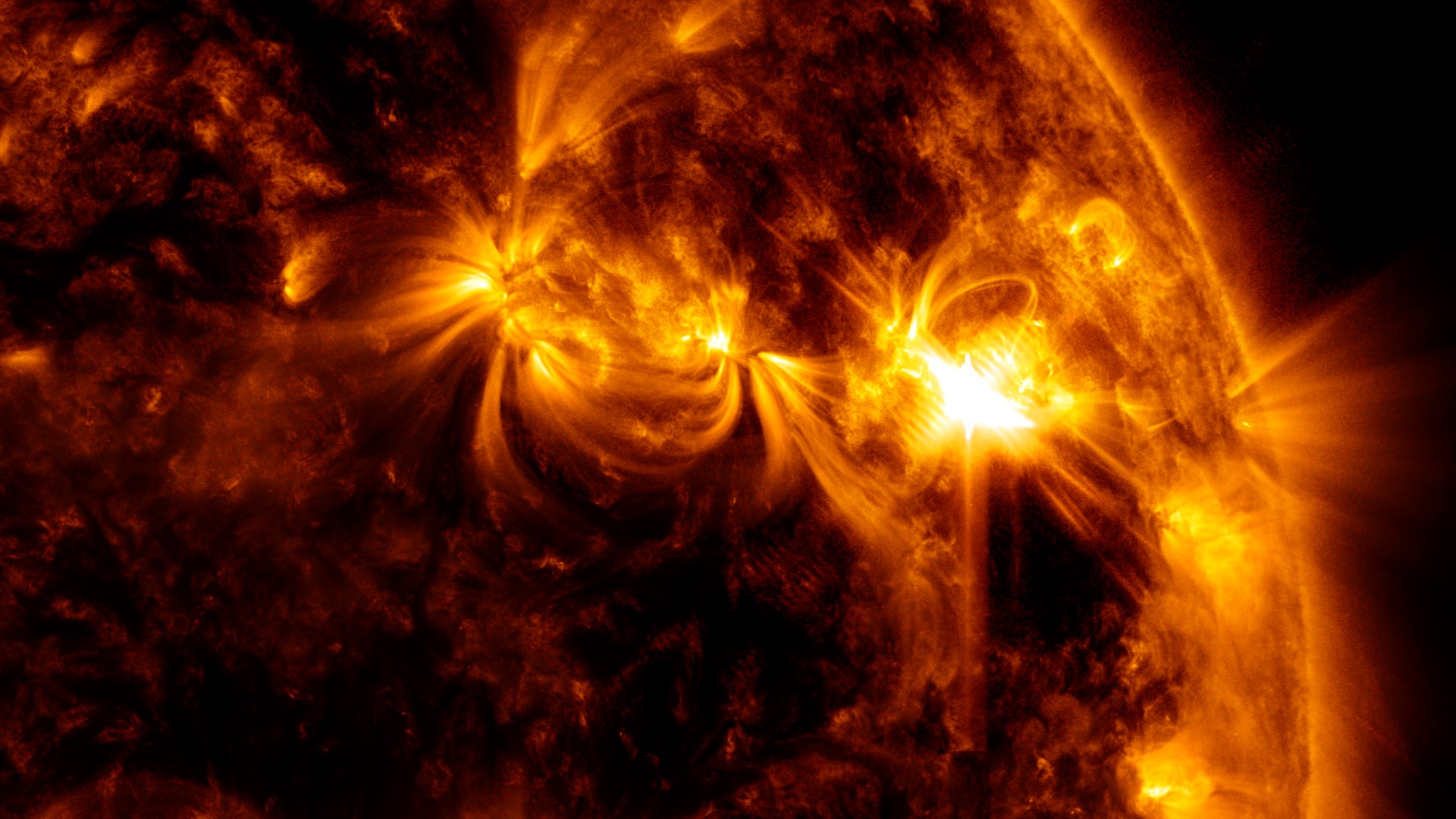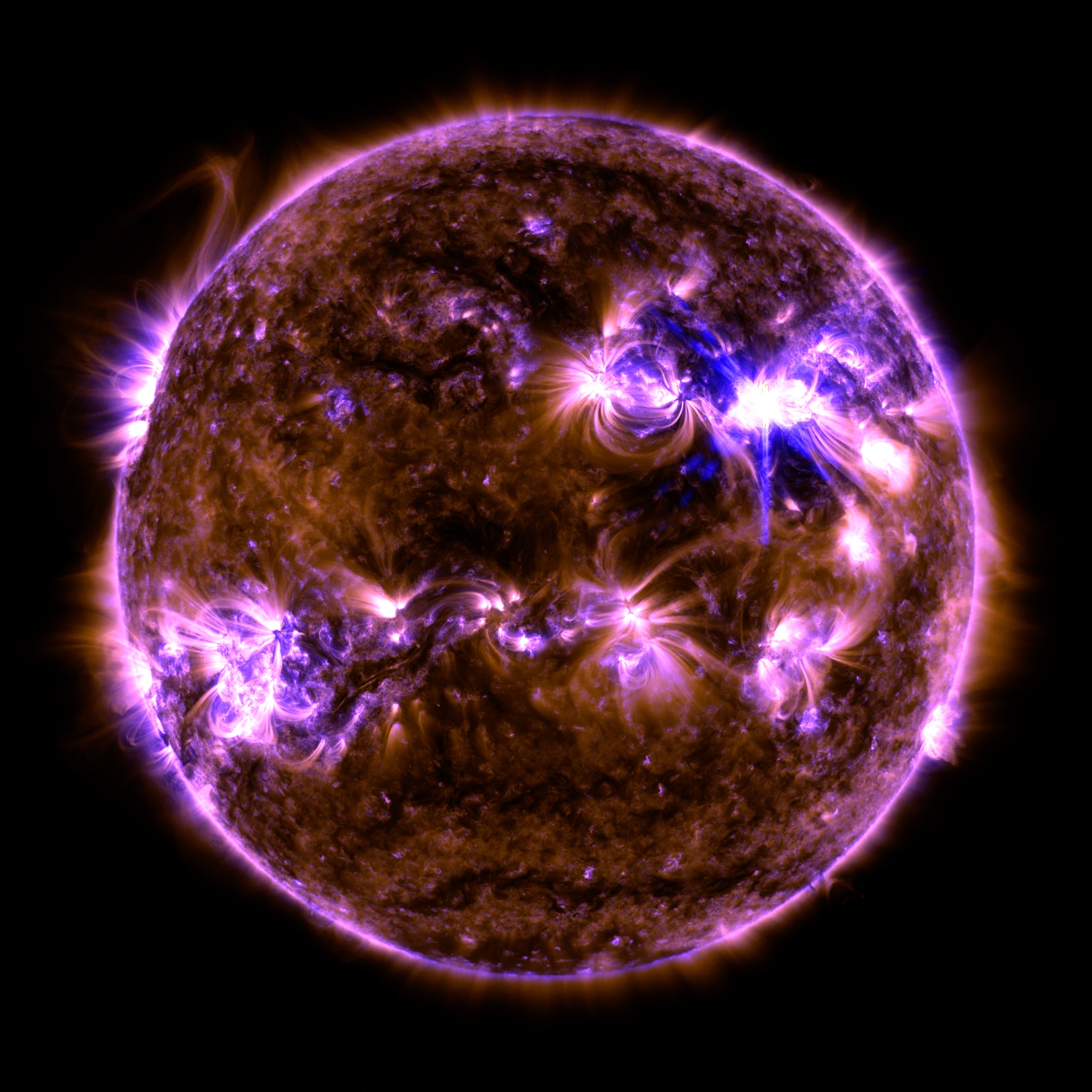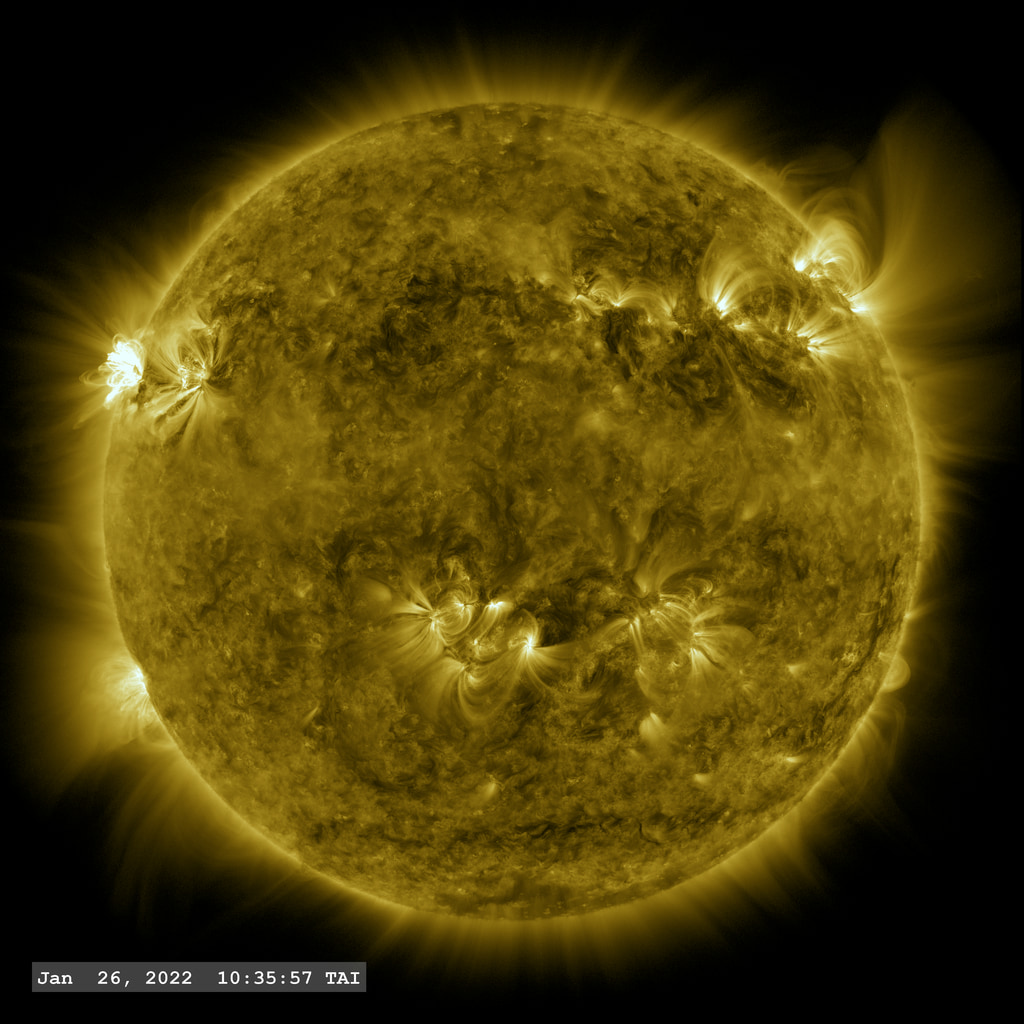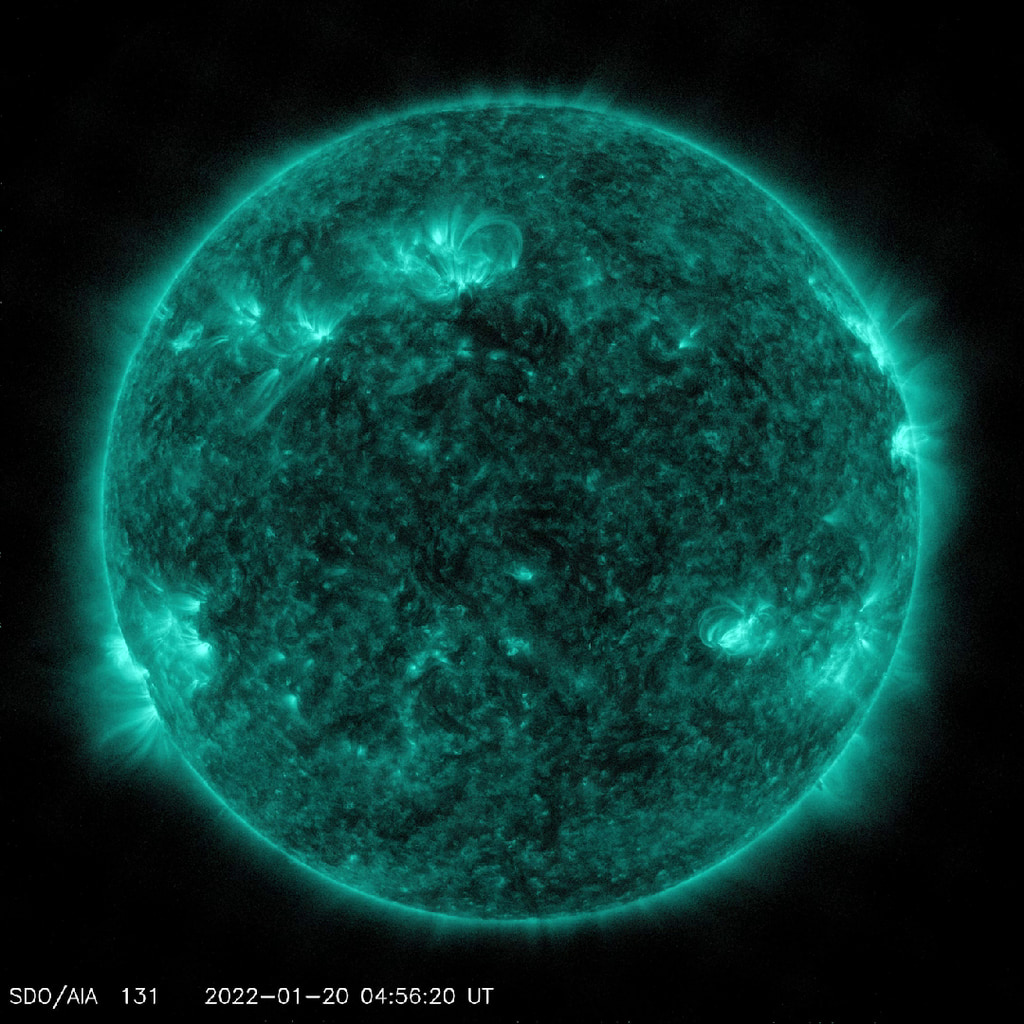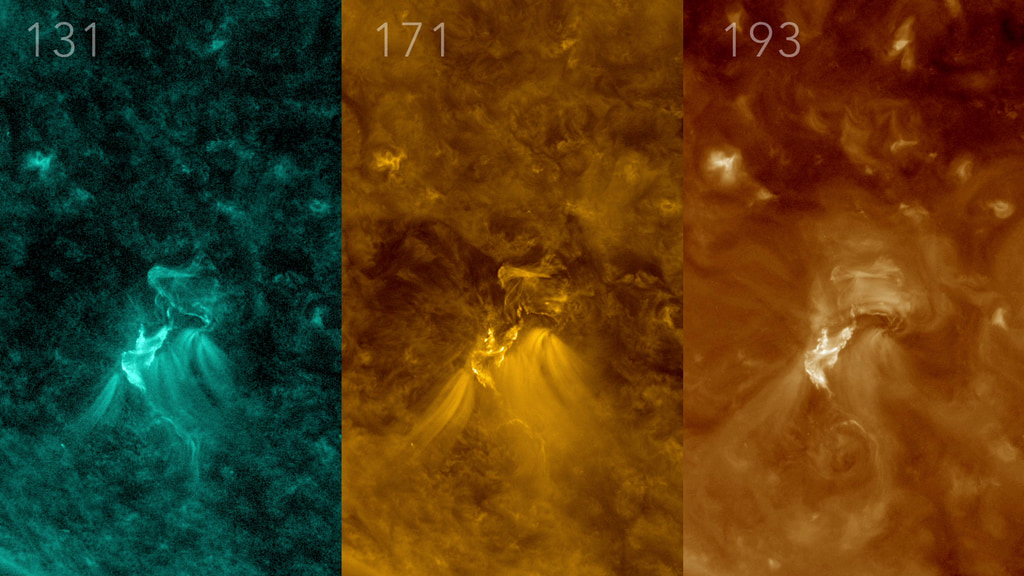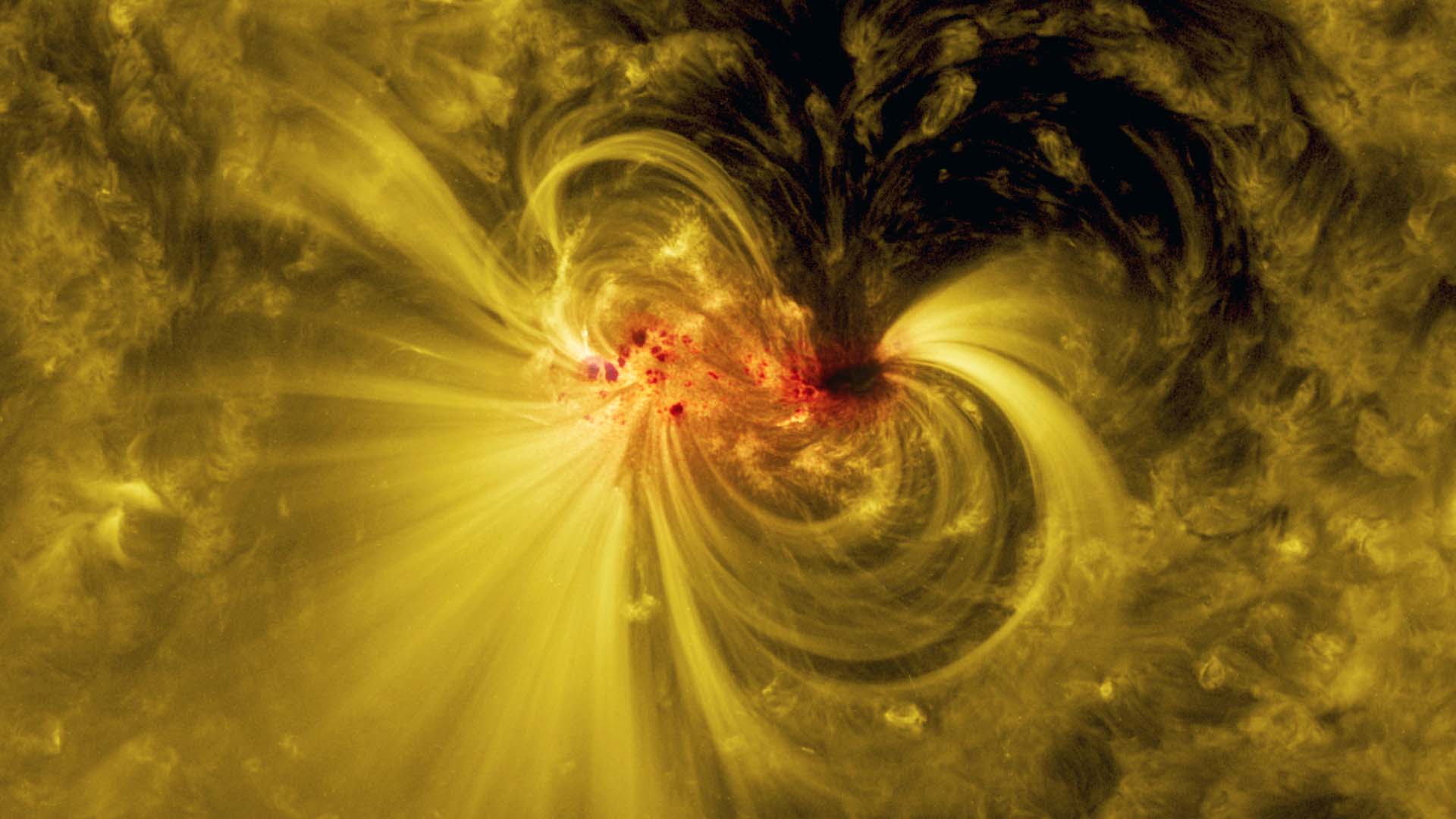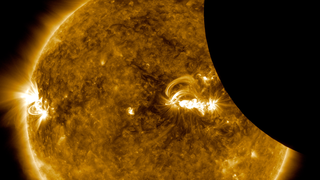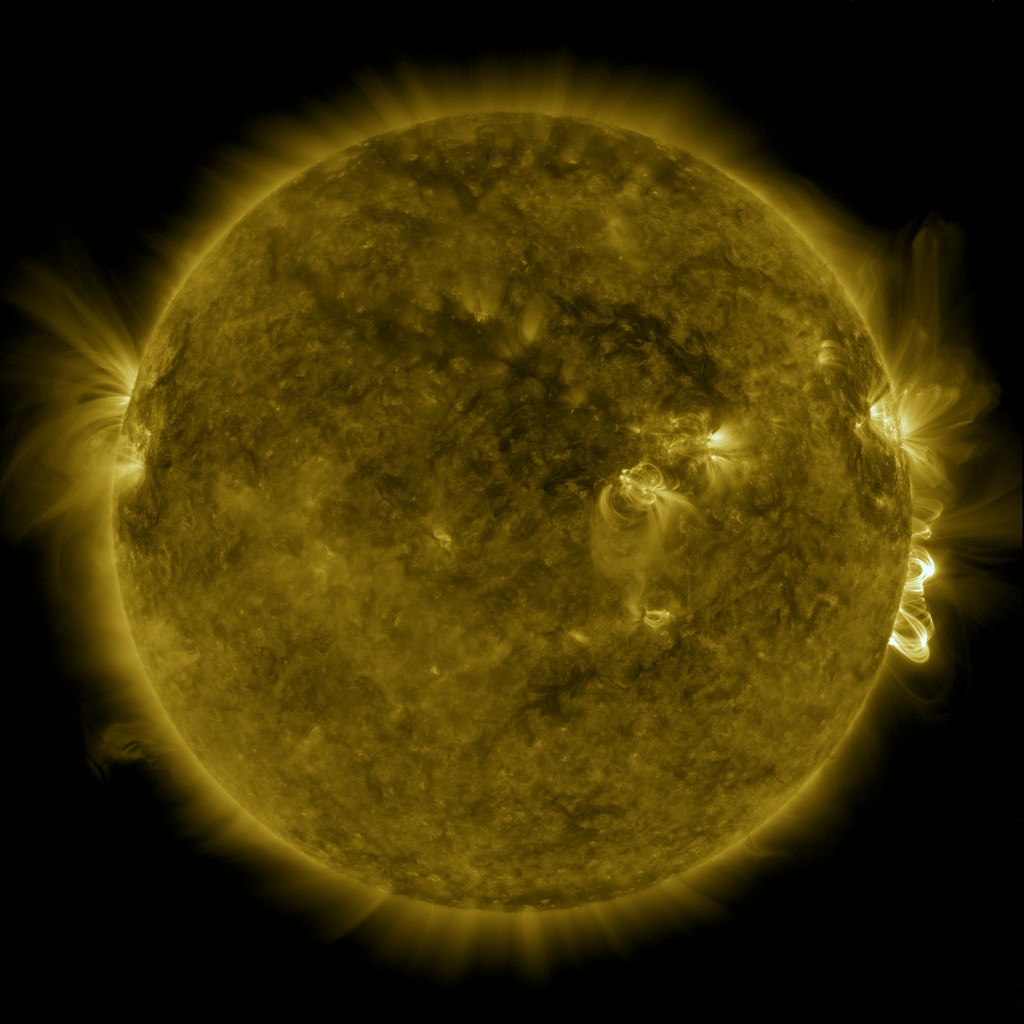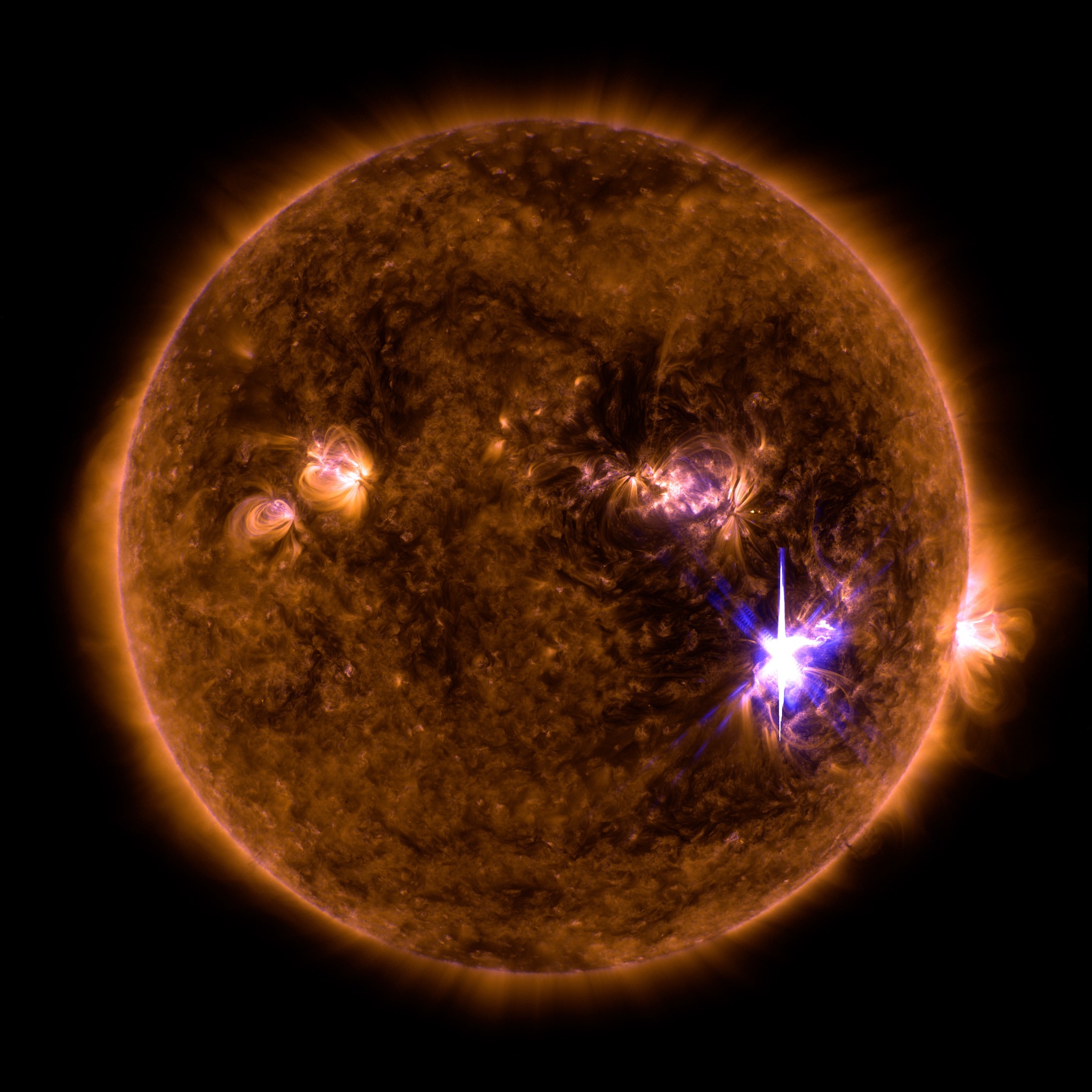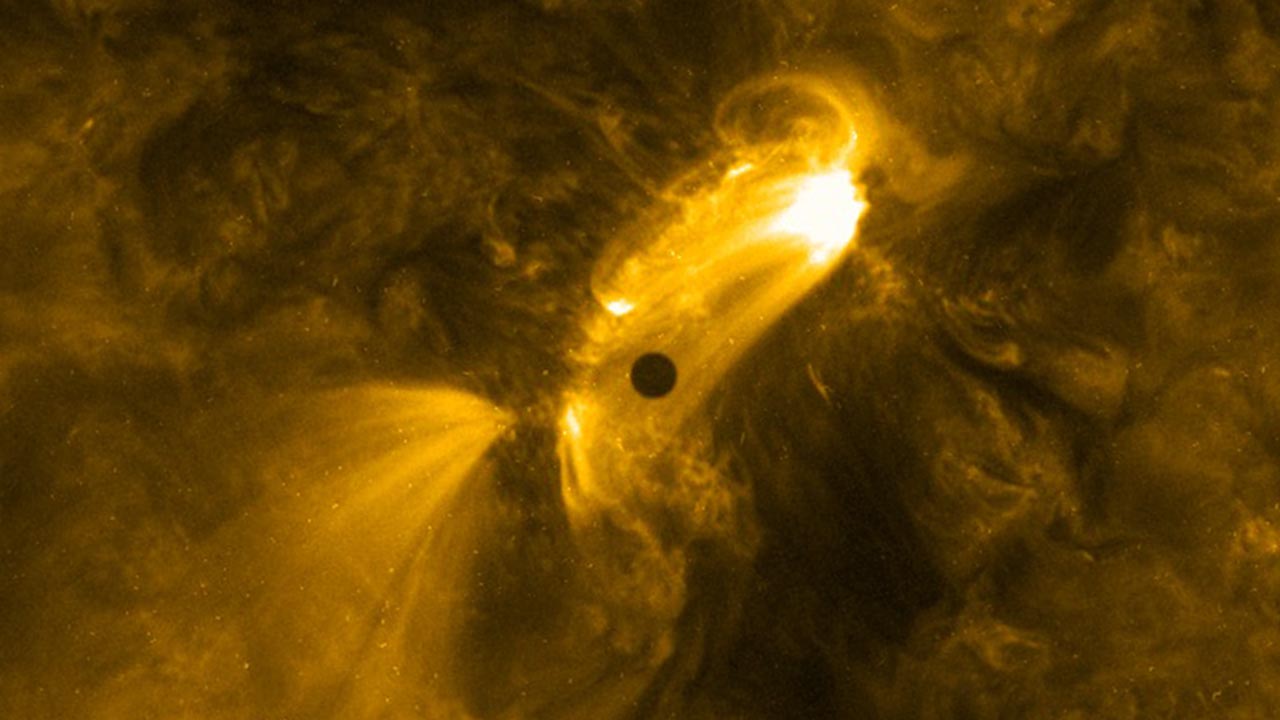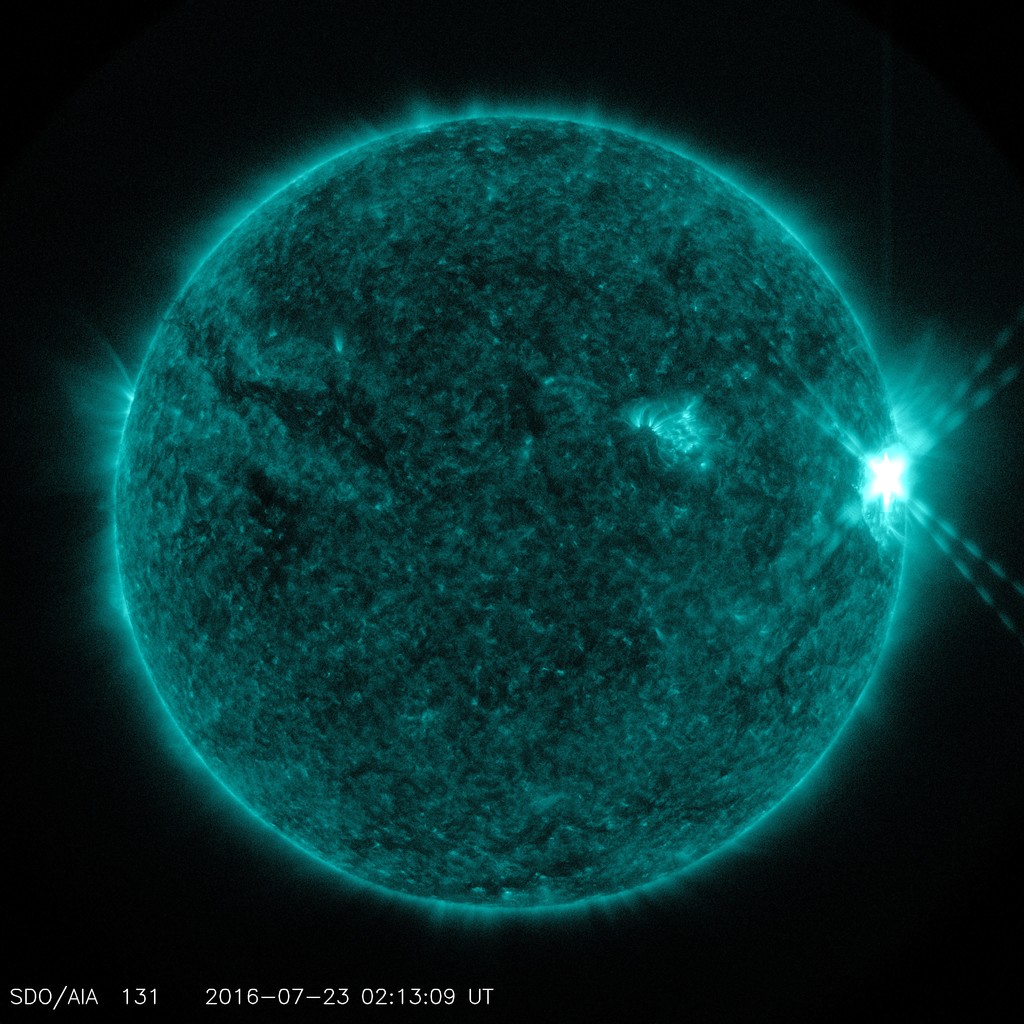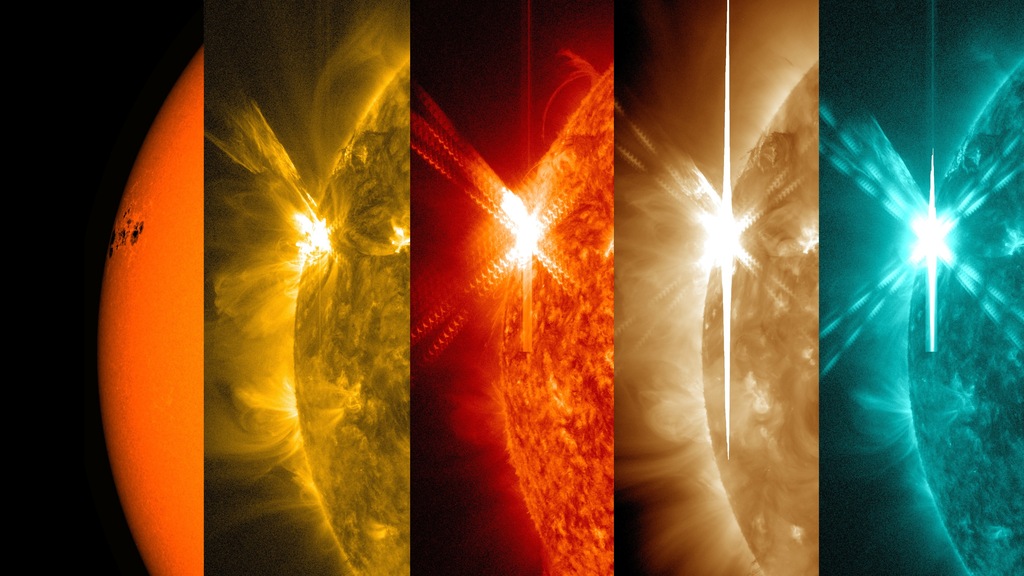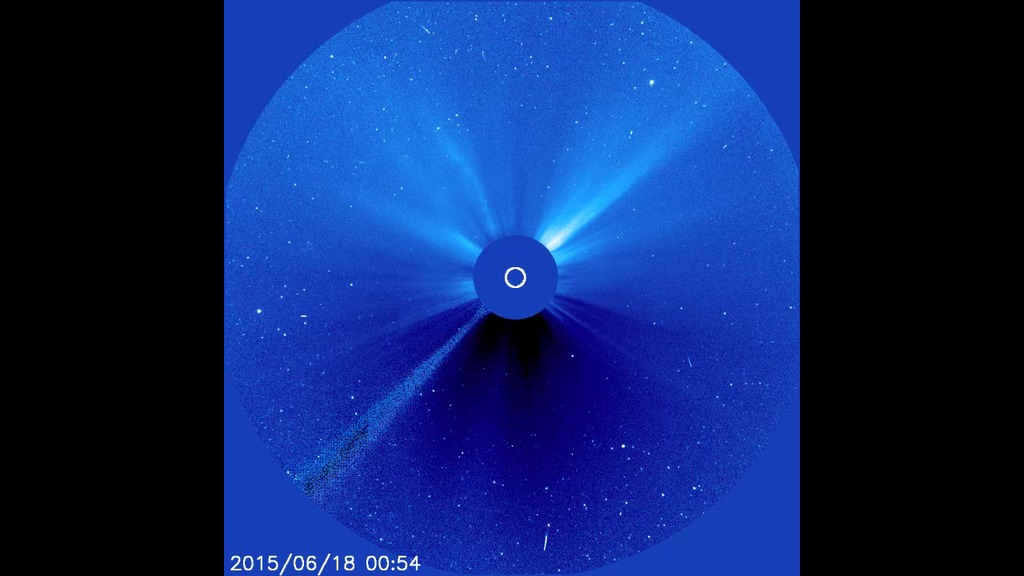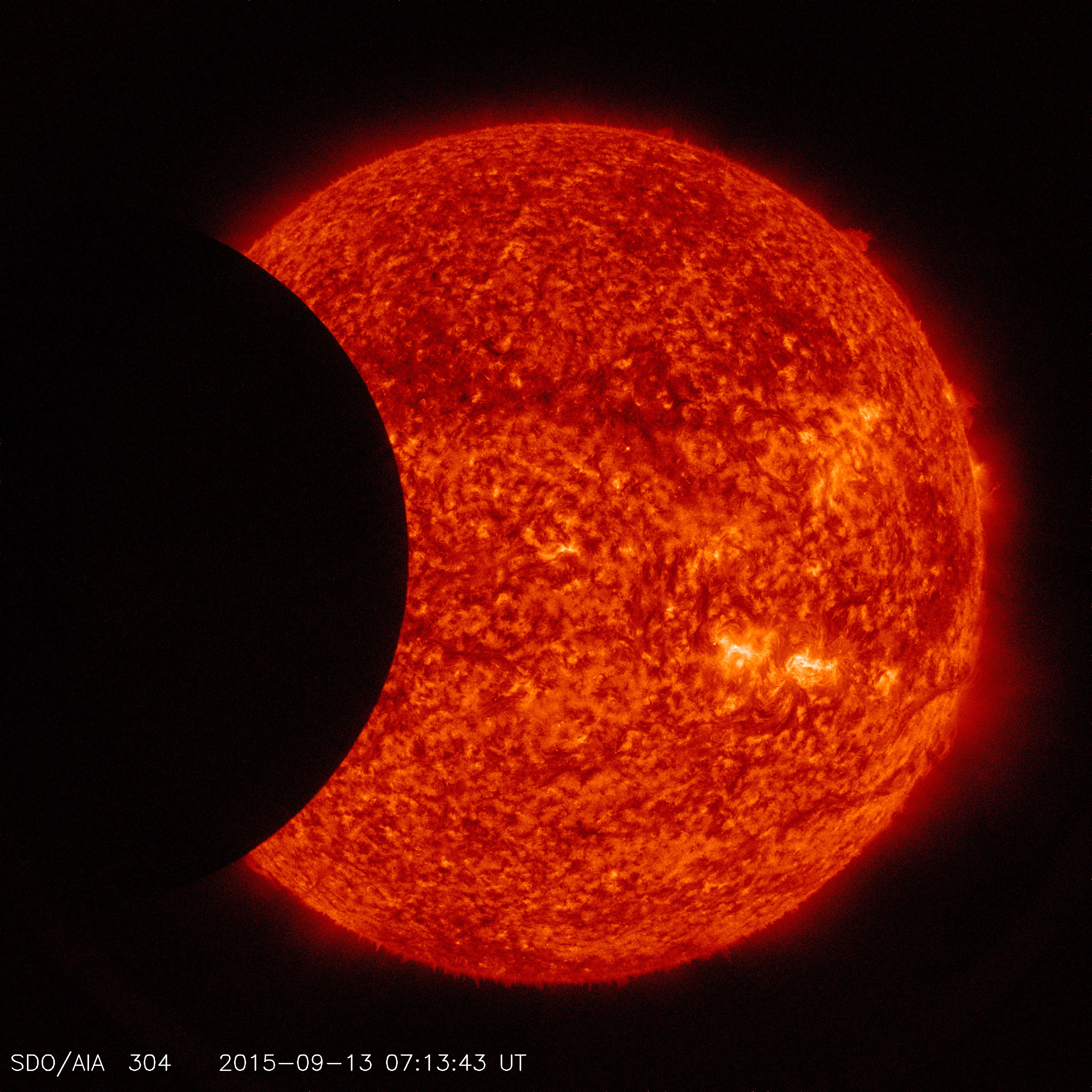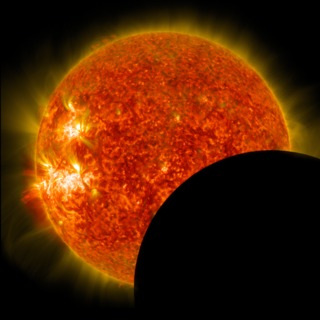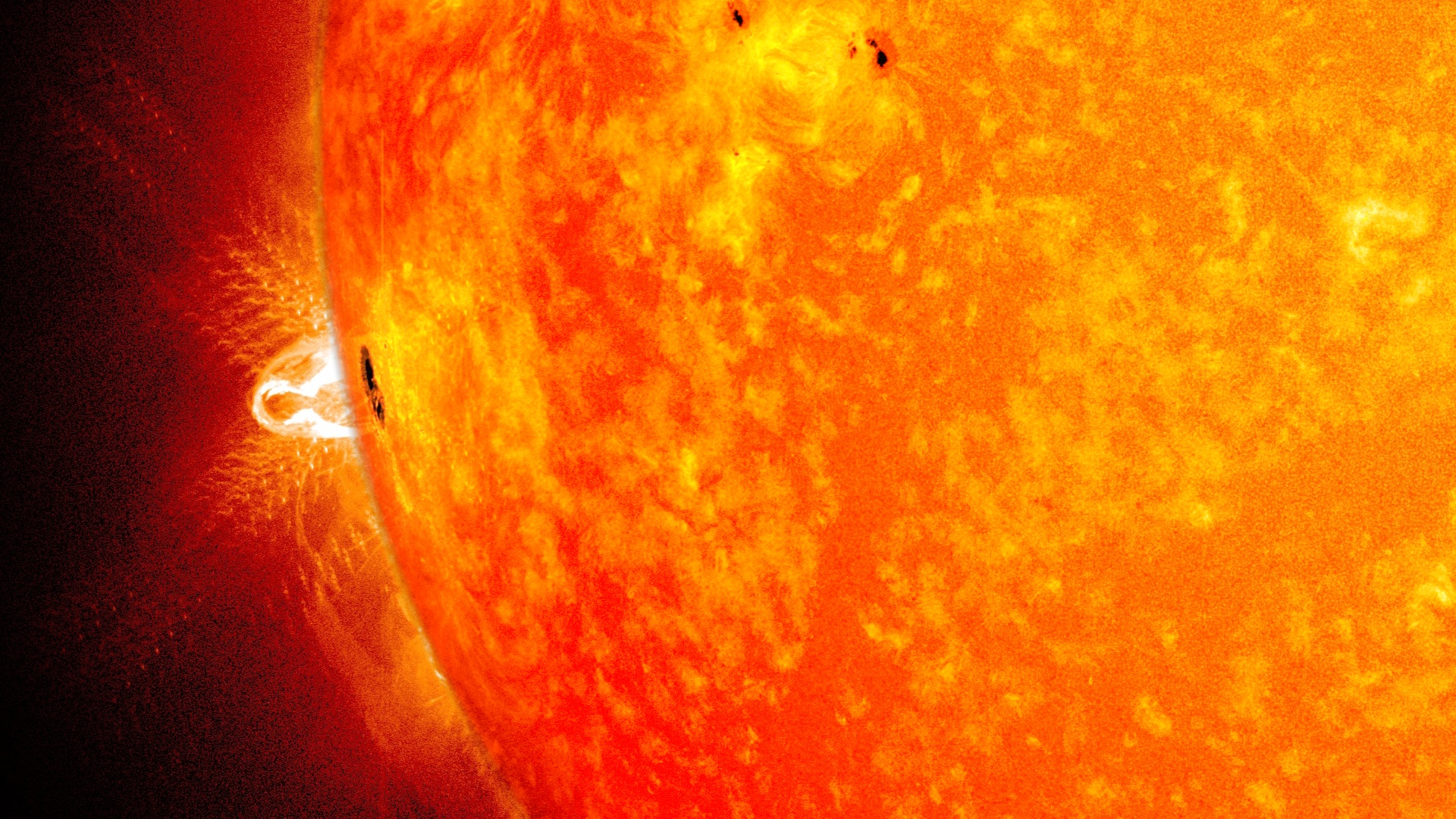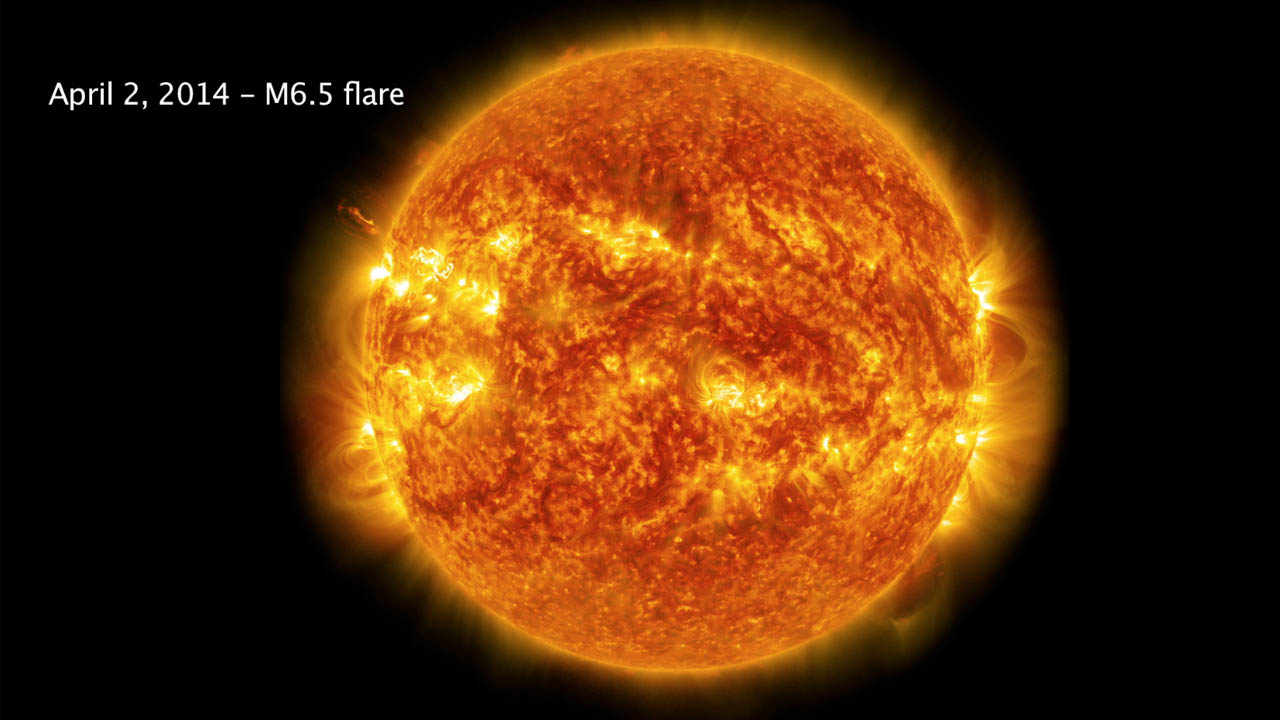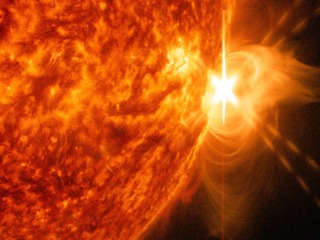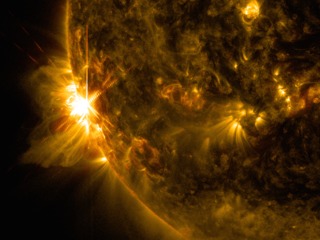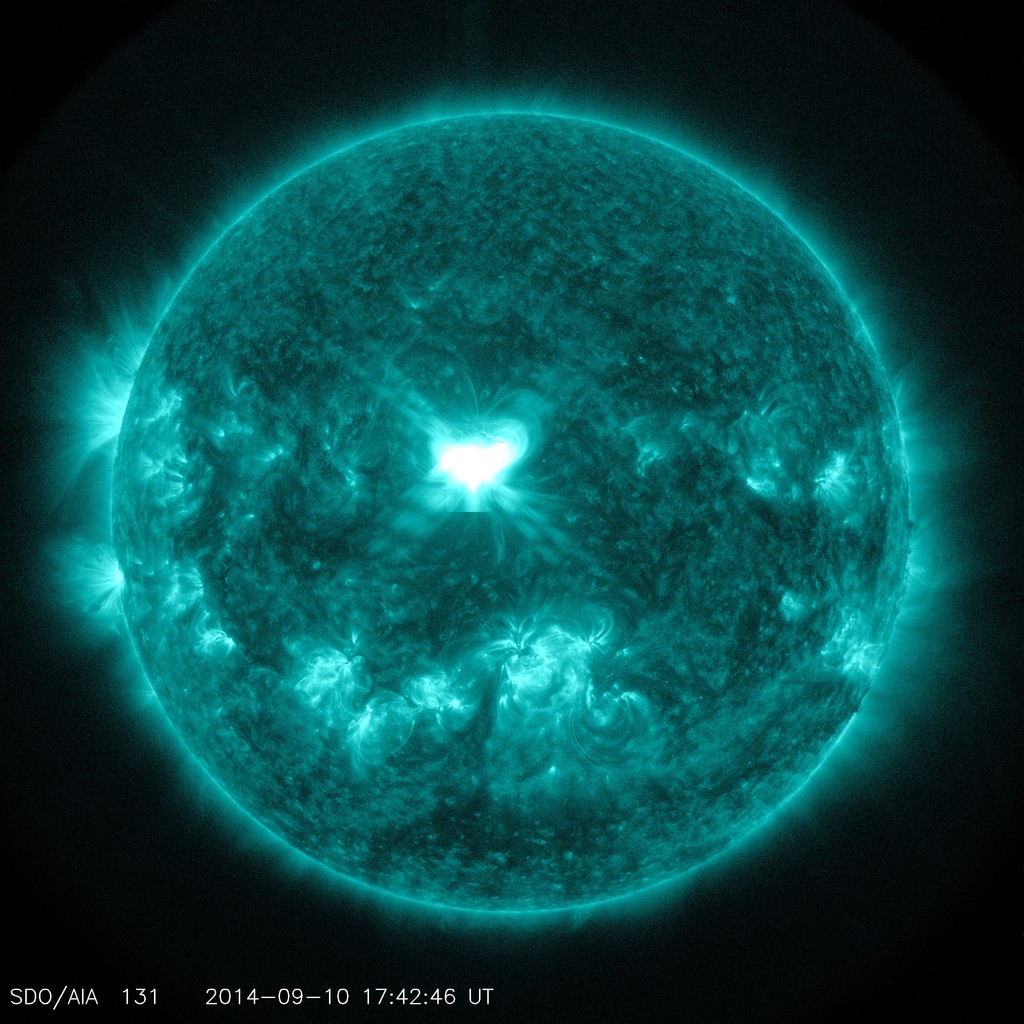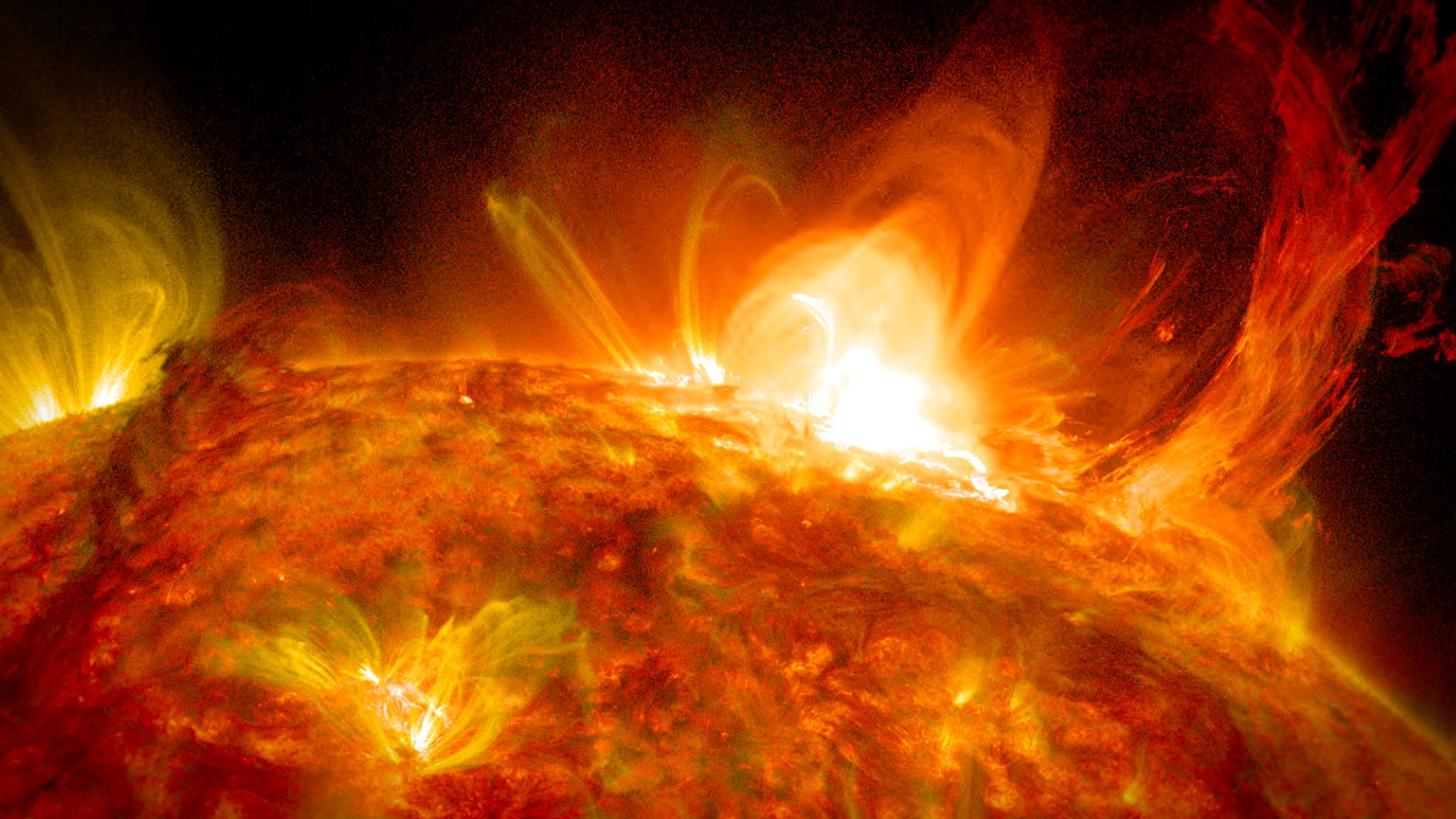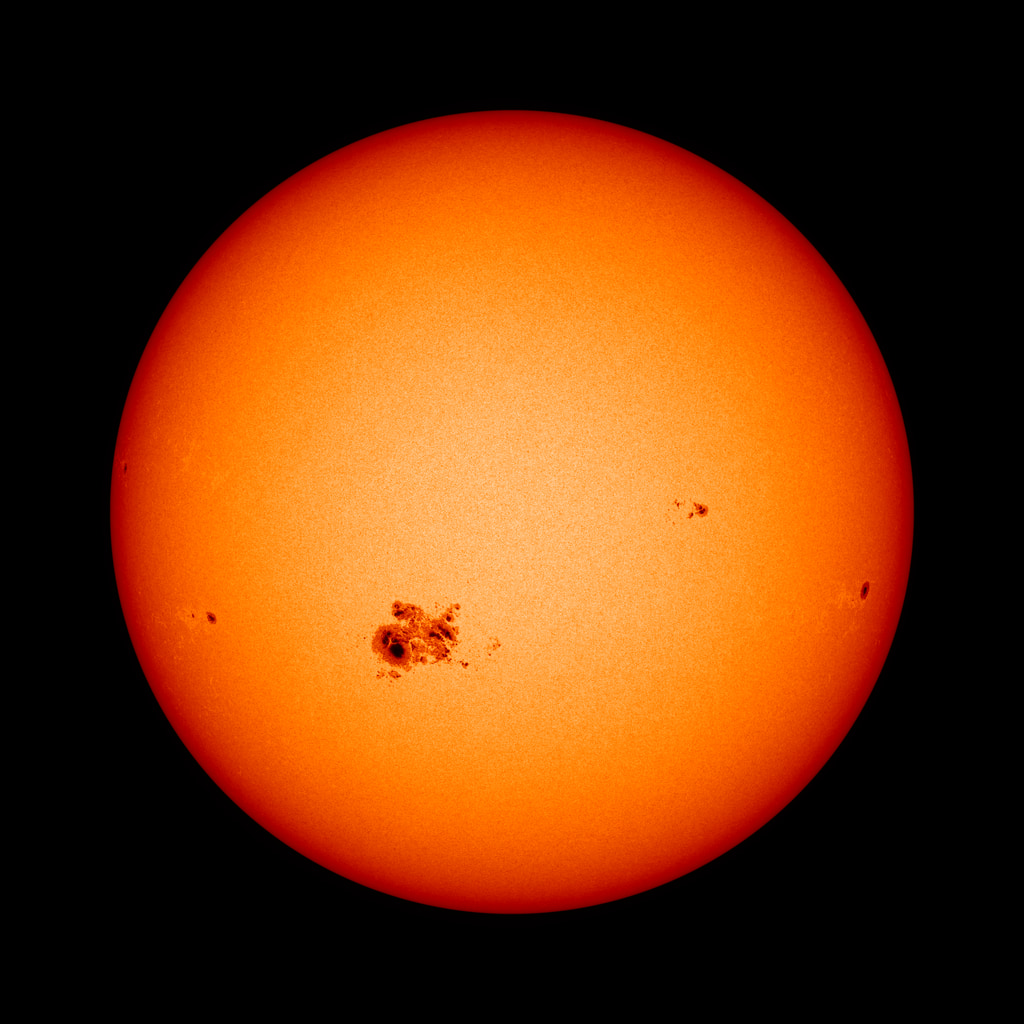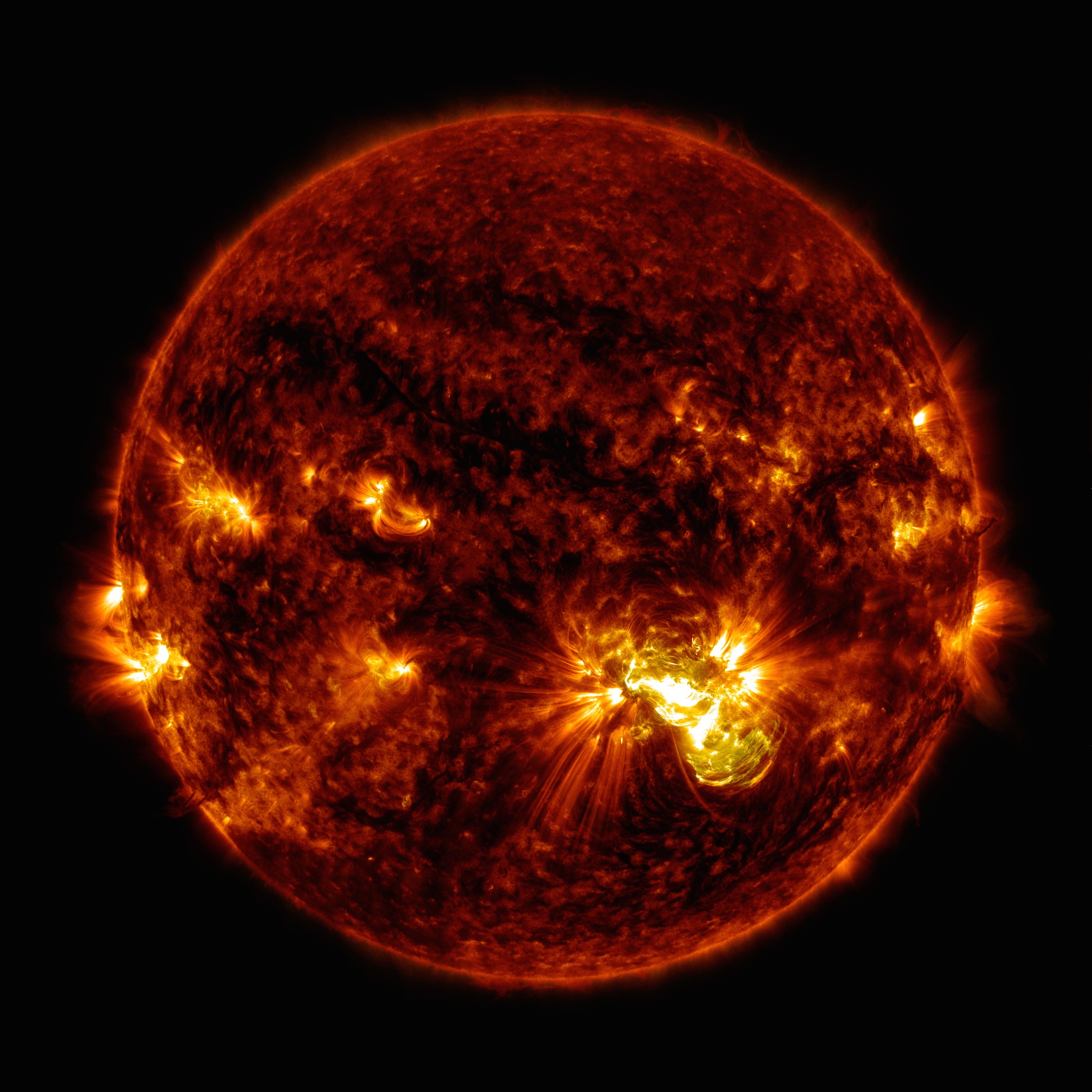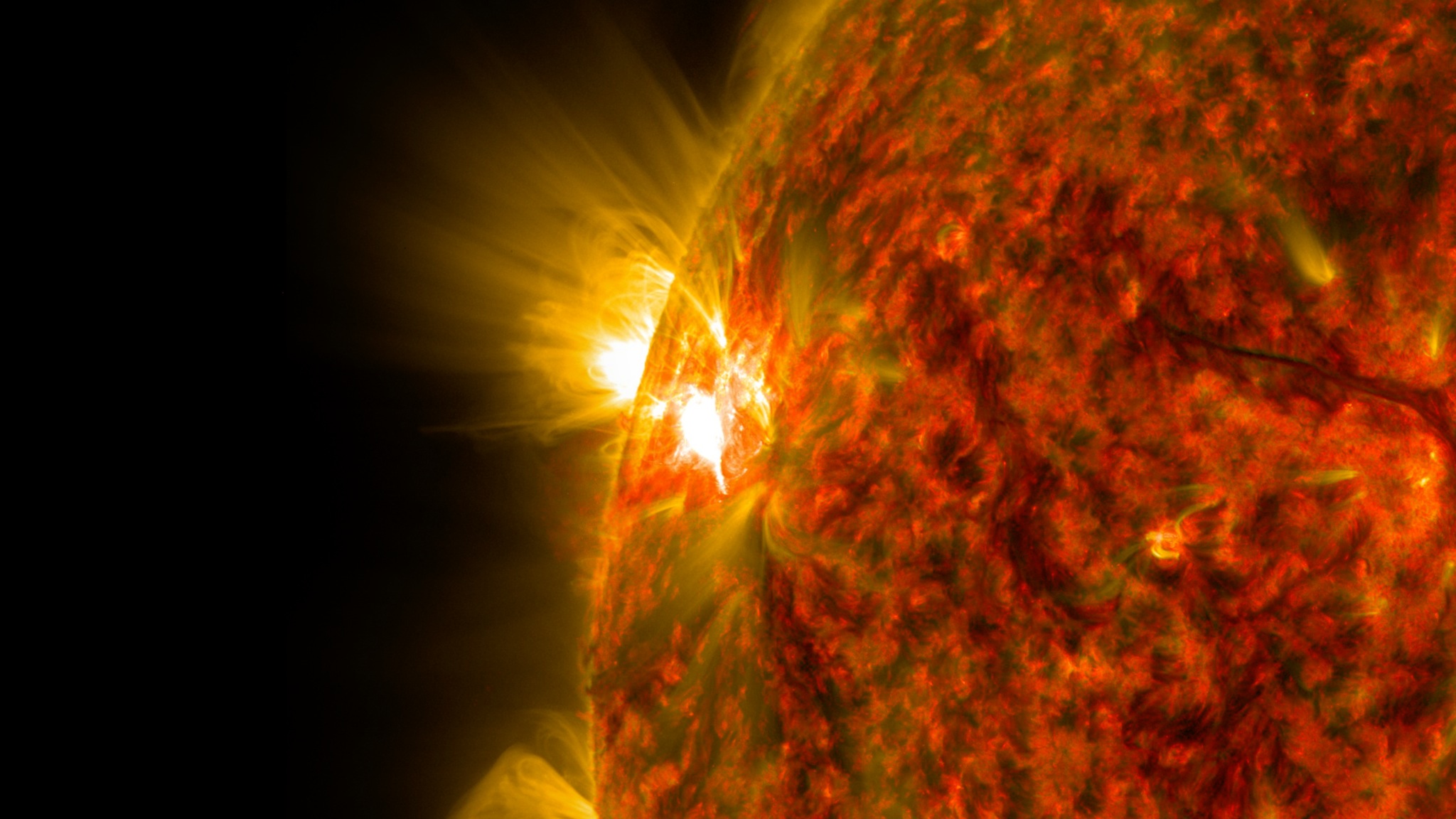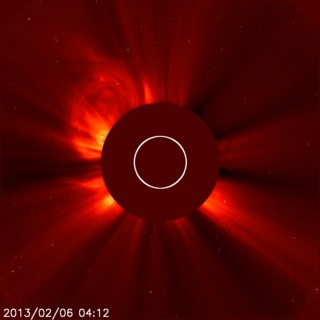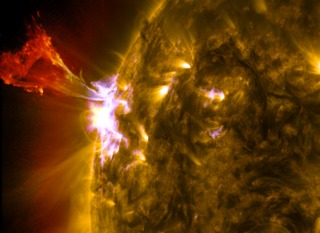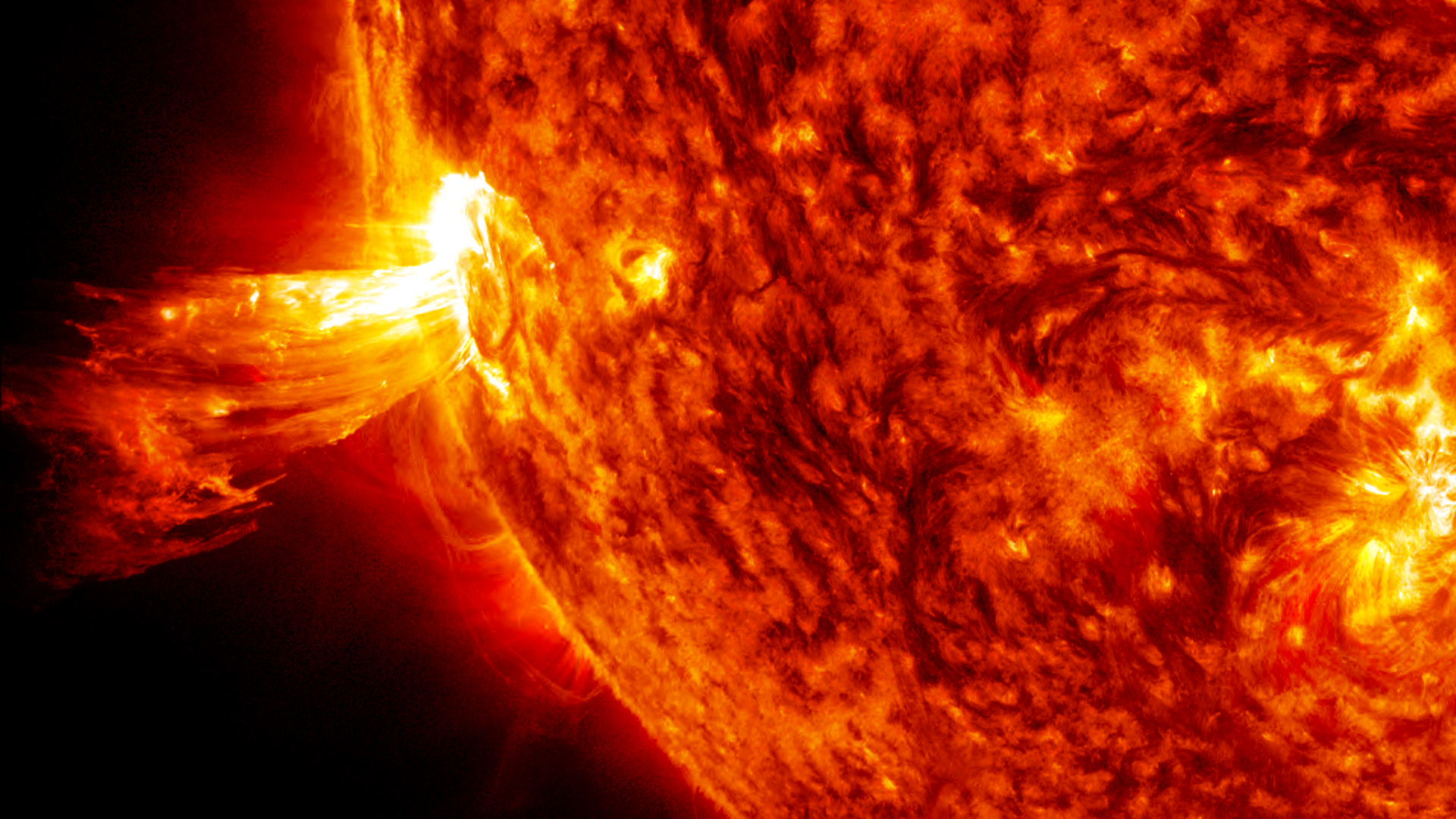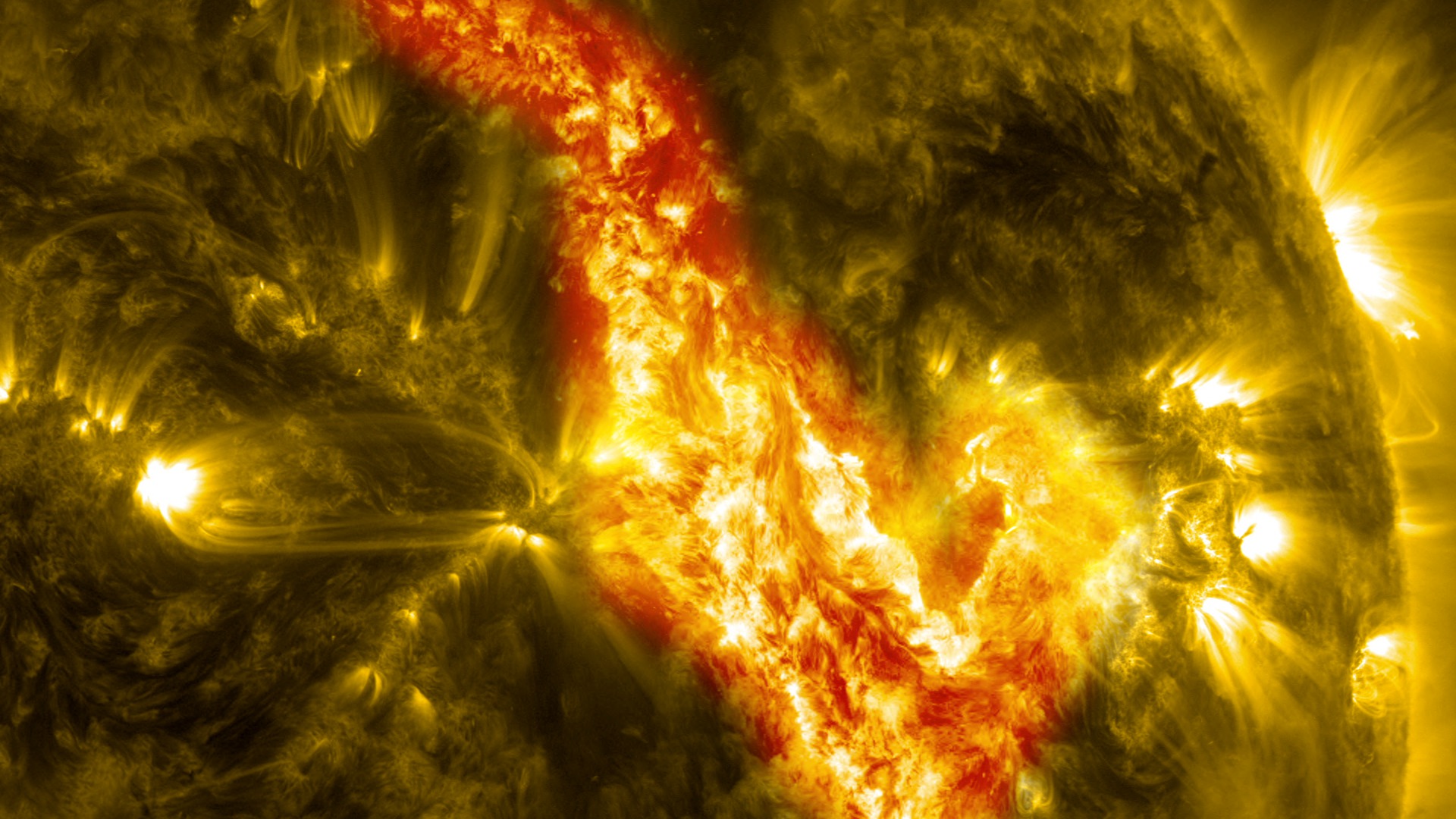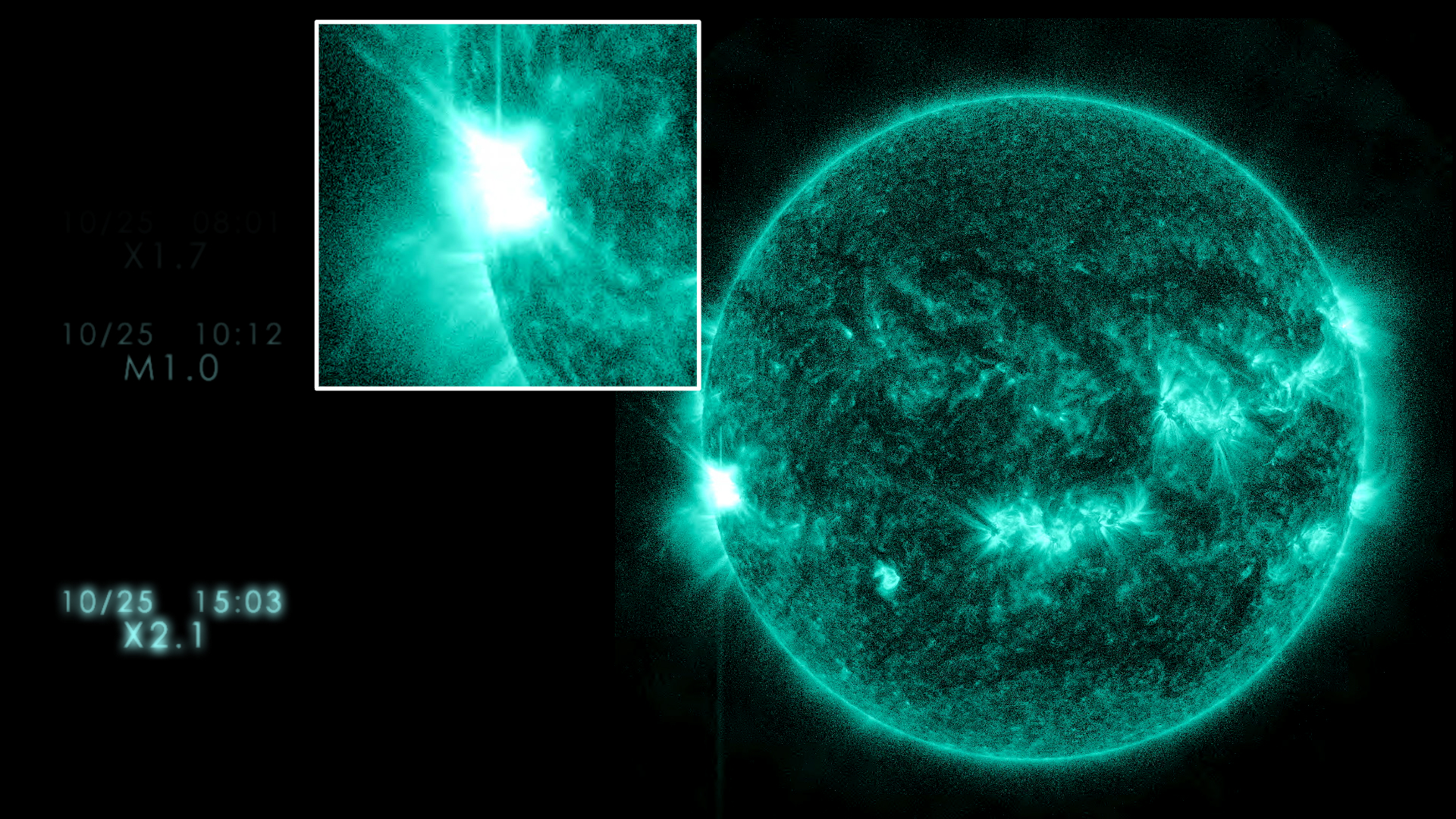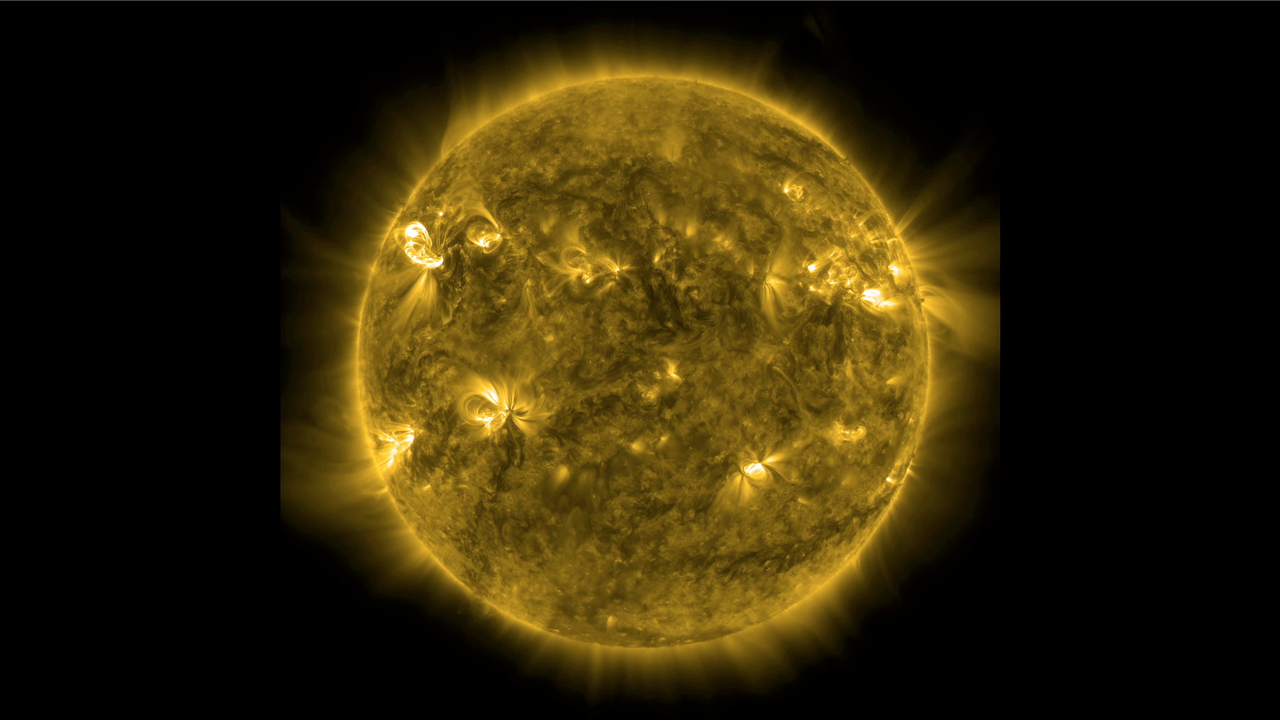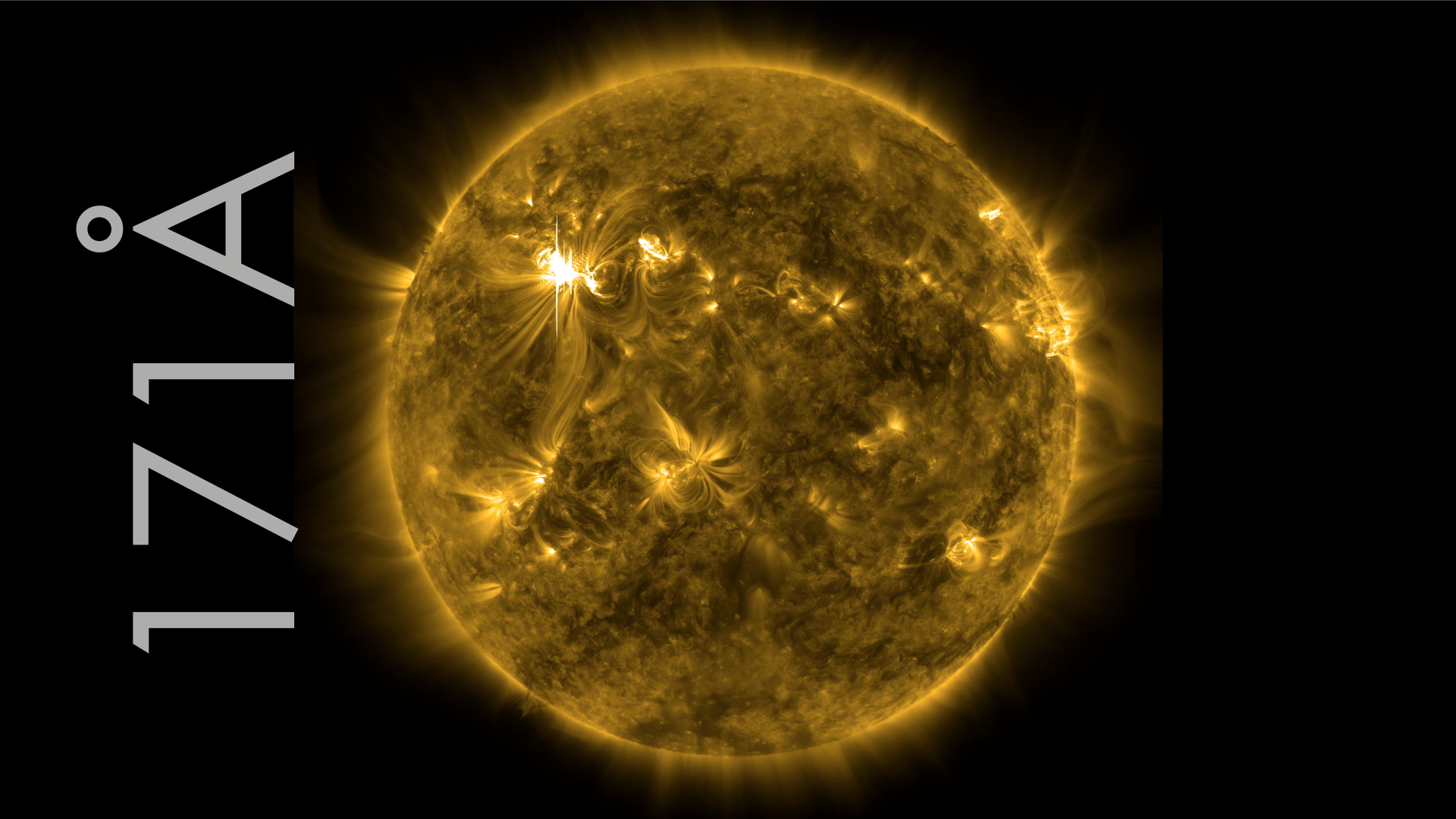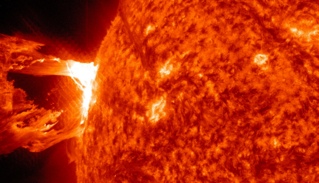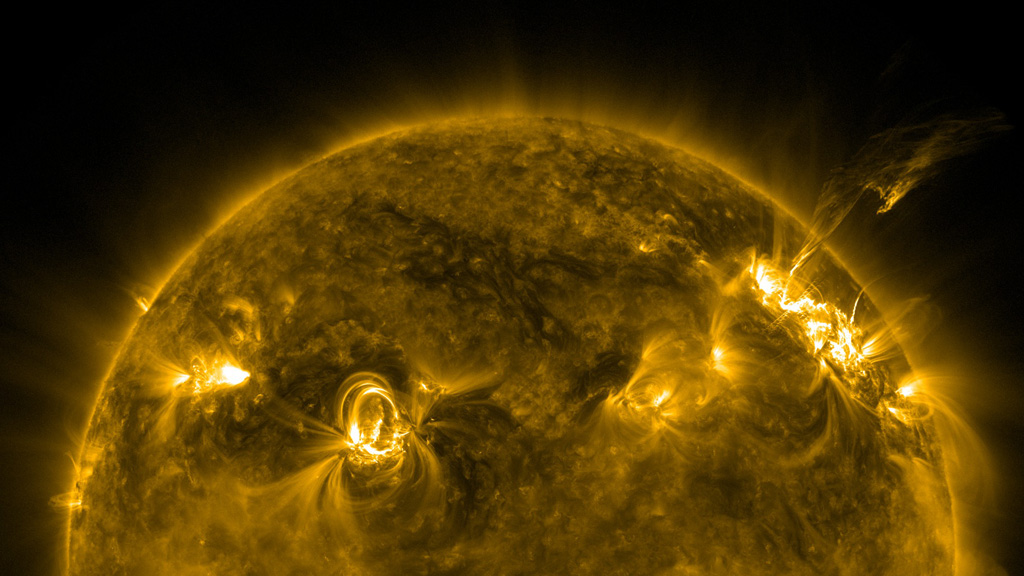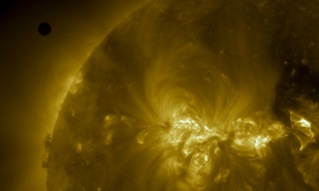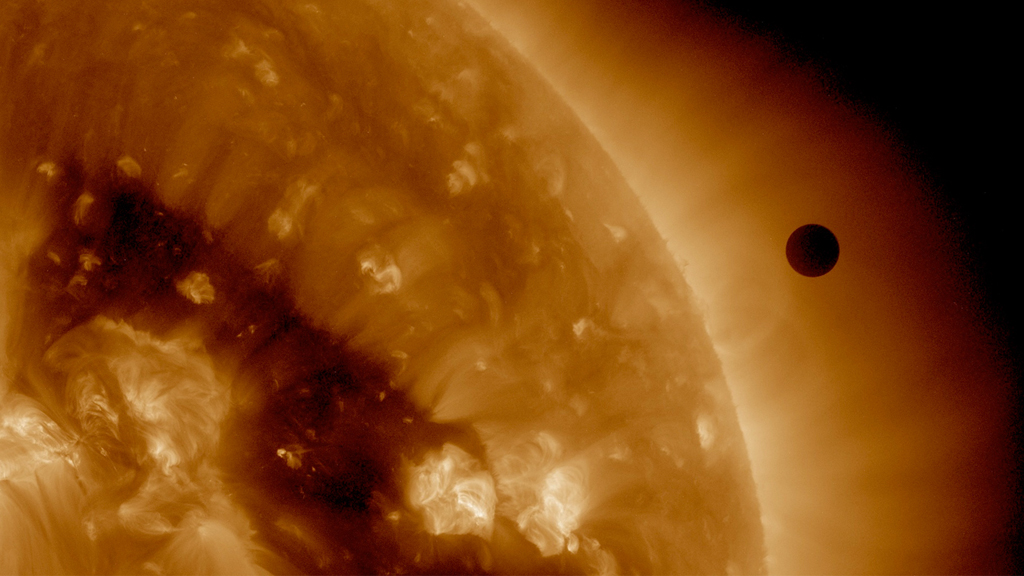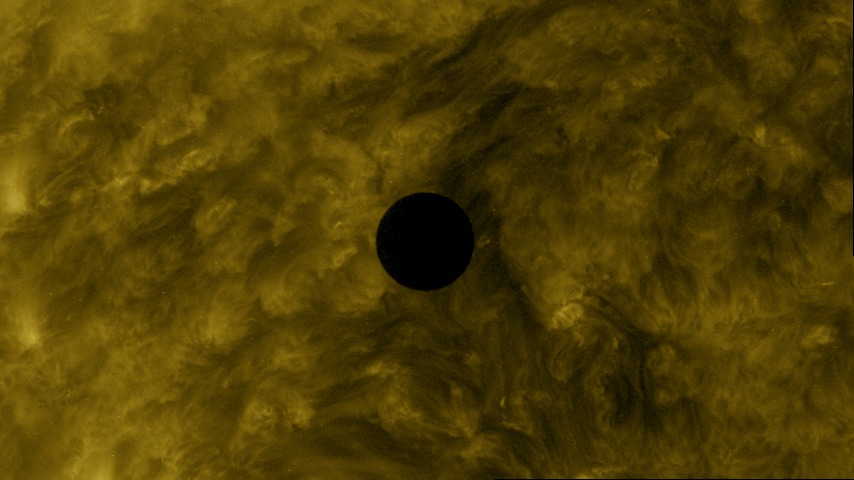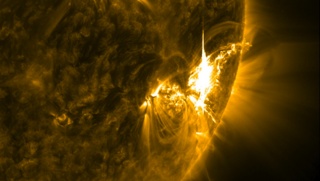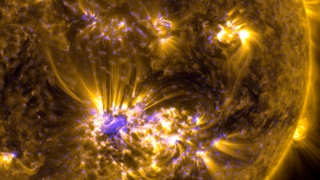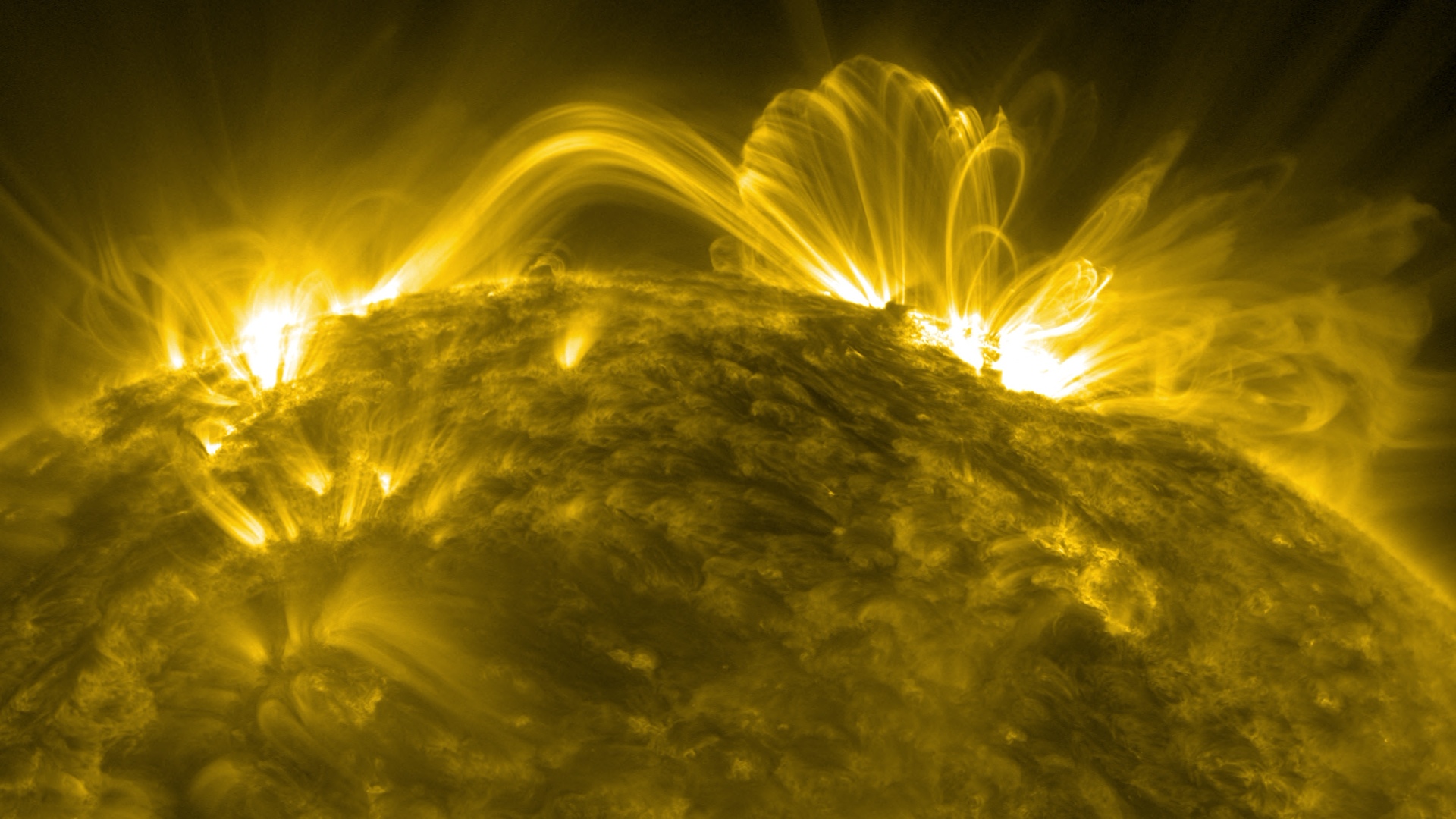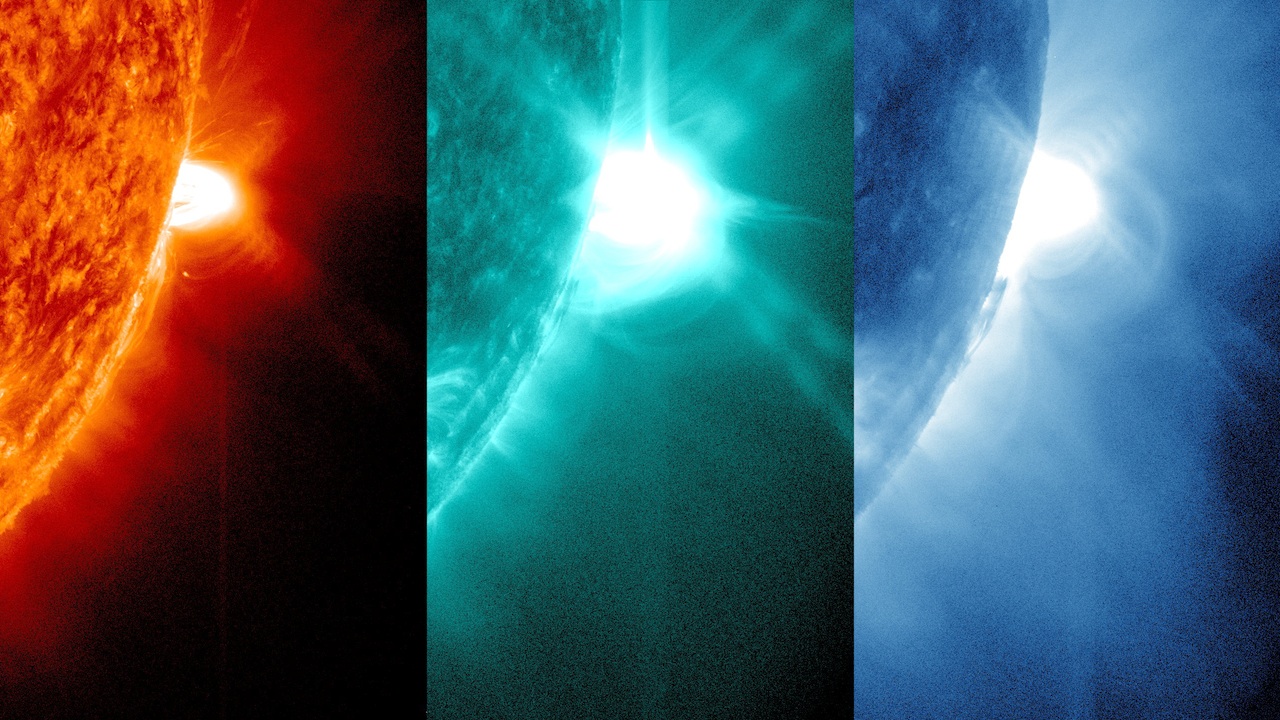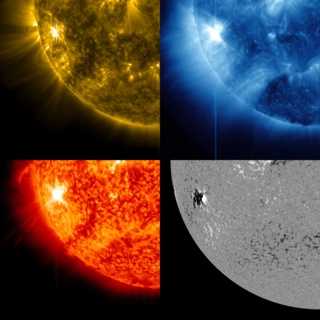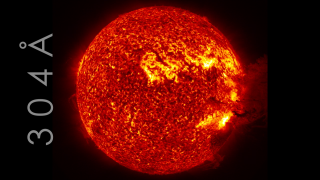SDO: Solar Events
2024
- Produced Video
- Produced Video
- Produced Video
- Produced Video
- Visualization
- Visualization
- Visualization
- Visualization
- Visualization
- Visualization
- Produced Video
- Visualization
- Produced Video
- Produced Video
- Visualization
- Visualization
- Produced Video
- Visualization
- Visualization
- Visualization
- Visualization
- Produced Video
- Visualization
- Visualization
2023
- Produced Video
- Produced Video
- Produced Video
- Visualization
- Visualization
- Visualization
- Visualization
- Visualization
- Visualization
- Hyperwall Visual
- Visualization
- Visualization
- Visualization
- Visualization
- Visualization
- Visualization
- Visualization
- Produced Video
- Visualization
- Produced Video
- Visualization
- Visualization
- Visualization
- Visualization
- Visualization
- Visualization
- Visualization
- Visualization
- Produced Video
- Visualization
2022
- Produced Video
- Visualization
- Visualization
- Produced Video
- Visualization
- Produced Video
- Produced Video
- Visualization
- Visualization
- Produced Video
- Visualization
- Produced Video
- Produced Video
- Visualization
- Produced Video
- Visualization
- Produced Video
- Produced Video
- Visualization
- Produced Video
2021
Active October Sun Emits X-class Flare
Go to this pageBrighter than a shimmering ghost, faster than the flick of a black cat’s tail, the Sun cast a spell in our direction, just in time for Halloween. This imagery captured by NASA’s Solar Dynamics Observatory covers a busy few days of activity between Oct. 25-28 that ended with a significant solar flare. From late afternoon Oct. 25 through mid-morning Oct. 26, an active region on the left limb of the Sun flickered with a series of small flares and petal-like eruptions of solar material. Meanwhile, the Sun was sporting more active regions at its lower center, directly facing Earth. On Oct. 28, the biggest of these released a significant flare, which peaked at 11:35 a.m. EDT. Credit: NASA/GSFC/SDOMusic: "Immersion" from Above and Below. Written and produced by Lars LeonhardWatch this video on the NASA Goddard YouTube channel.Complete transcript available. || ActiveOctober_Still.jpg (1920x1080) [956.2 KB] || 13982_ActiveOctober_ProRes_1920x1080_2997.mov (1920x1080) [2.4 GB] || 13982_ActiveOctober_1080_Best.mp4 (1920x1080) [436.2 MB] || 13982_ActiveOctober_1080.mp4 (1920x1080) [188.1 MB] || 13982_ActiveOctober_1080_Best.webm (1920x1080) [19.7 MB] || 13982_ActiveOctober_SRT_Captions.en_US.srt [574 bytes] || 13982_ActiveOctober_SRT_Captions.en_US.vtt [587 bytes] ||
2020
Solar Activity Continues to Rise with 'Anemone' Eruption
Go to this pageShort video showing the solar flare and subsequent prominence eruption and "arcade" of loops.Credit: NASA/GSFC/SDOMusic: "Beautiful Awesome" from Universal Production MusicWatch this video on the NASA Goddard YouTube channel.Complete transcript available. || Anemone_Eruption_131-171_Blend.jpg (1920x1080) [281.9 KB] || Anemone_Eruption_131-171_Blend_searchweb.png (180x320) [78.6 KB] || Anemone_Eruption_131-171_Blend_thm.png (80x40) [6.6 KB] || 13778_Anemone_Eruption_ProRes_1920x1080_2997.mov (1920x1080) [2.0 GB] || 13778_Anemone_Eruption_Best_1080.mp4 (1920x1080) [718.2 MB] || 13778_Anemone_Eruption_1080.mp4 (1920x1080) [220.6 MB] || 13778_Anemone_Eruption_Best_1080.webm (1920x1080) [16.0 MB] || AnemoneEruption_SRT_Captions.en_US.srt [500 bytes] || AnemoneEruption_SRT_Captions.en_US.vtt [513 bytes] ||
Small Flare Seen on the Sun, August 16, 2020
Go to this pageNASA’s Solar Dynamics Observatory observes the Aug. 16, 2020, B-class flare at 131, 171, and 193 angstroms. Credit: NASA/SDO || SDO_8-16-2020_Eruption_Triptych_ProRes_1080.00121_print.jpg (1024x576) [196.4 KB] || SDO_8-16-2020_Eruption_Triptych_ProRes_1080.00121_searchweb.png (320x180) [91.4 KB] || SDO_8-16-2020_Eruption_Triptych_ProRes_1080.00121_thm.png (80x40) [6.2 KB] || SDO_8-16-2020_Eruption_Triptych_ProRes_1080.mov (1920x1080) [129.8 MB] || SDO_8-16-2020_Eruption_Triptych_1080.mp4 (1920x1080) [10.1 MB] || SDO_8-16-2020_Eruption_Triptych_1080.webm (1920x1080) [1.0 MB] ||
2019
Mercury Transit 2019 - 4K
Go to this pageWatch this video on the NASA Goddard YouTube channel.Music Credit: Frosted Lace by Matthew Charles Gilbert DavidsonComplete transcript available. || thumbnail.transit.jpg (1920x1080) [939.8 KB] || thumbnail.transit_searchweb.png (320x180) [79.8 KB] || thumbnail.transit_thm.png (80x40) [5.9 KB] || 13425.Mercury.transit2019V3_1Twitter1080.mp4 (1920x1080) [19.4 MB] || 13425.Mercury.transit2019V3_1YouTube1080.mp4 (1920x1080) [138.7 MB] || 13425.Mercury.transit2019V34kMASTER.webm (3840x2160) [5.4 MB] || 13425.en_US.srt [785 bytes] || 13425.en_US.vtt [798 bytes] || 13425.Mercury.transit2019V3_1YouTube4k.mp4 (3840x2160) [343.1 MB] || 13425.Mercury.transit2019V34kMASTER.mov (3840x2160) [4.1 GB] || 13425.Mercury.transit2019V3_1APR4k.mov (3840x2160) [8.2 GB] ||
2017
April 2017 Solar Flare Trio
Go to this pageVideo depicting the trio of solar flares witnessed by SDO in early April 2017. Music credit: A Waltz into Darkness by Joseph BennieComplete transcript available.Watch this video on the NASA Goddard YouTube channel. || 12563_April2017_AR12644_Mflares_V3_VX-685285_youtube_hq.01880_print.jpg (1024x576) [194.4 KB] || 12563_April2017_AR12644_Mflares_V3.mov (1920x1080) [1.4 GB] || 12563_April2017_AR12644_Mflares_V3_VX-685285.mpeg (1280x720) [332.4 MB] || 12563_April2017_AR12644_Mflares_V3_VX-685285_appletv.m4v (1280x720) [49.1 MB] || PRORES_B-ROLL_12563_April2017_AR12644_Mflares_V3_VX-685285_prores.mov (1280x720) [715.1 MB] || 12563_April2017_AR12644_Mflares_V3_VX-685285_youtube_hq.mov (1920x1080) [603.9 MB] || 12563_April2017_AR12644_Mflares_V3_VX-685285_youtube_hq.webm (1920x1080) [11.0 MB] || 12563_April2017_AR12644_Mflares_V3_VX-685285_appletv_subtitles.m4v (1280x720) [49.1 MB] || 12563_April2017_AR12644_Mflares.en_US.srt [880 bytes] || 12563_April2017_AR12644_Mflares.en_US.vtt [892 bytes] || 12563_April2017_AR12644_Mflares_V3_VX-685285_ipod_sm.mp4 (320x240) [17.2 MB] ||
Two Weeks in the Life of a Sunspot
Go to this pageWatch this video on the NASA Goddard YouTube channel.Complete transcript available.Music credit: Foraging at Dusk by Benjamin James Parsons || sunspotthumb1_print.jpg (1024x576) [139.0 KB] || sunspotthumb1.jpg (1920x1080) [144.7 KB] || sunspotthumb1_thm.png (80x40) [8.2 KB] || sunspotthumb1_web.png (320x180) [137.9 KB] || sunspotthumb1_searchweb.png (320x180) [137.9 KB] || APPLE_TV-12105_Life_of_a_SunspotV5_appletv.m4v (1280x720) [56.1 MB] || 12105_Life_of_a_SunspotV5.webm (1920x1080) [12.4 MB] || APPLE_TV-12105_Life_of_a_SunspotV5_appletv_subtitles.m4v (1280x720) [56.1 MB] || FACEBOOK_720-12105_Life_of_a_SunspotV5_facebook_720.mp4 (1280x720) [131.6 MB] || LARGE_MP4-12105_Life_of_a_SunspotV5_large.mp4 (1920x1080) [114.4 MB] || YOUTUBE_1080-12105_Life_of_a_SunspotV5_youtube_1080.mp4 (1920x1080) [180.9 MB] || NASA_TV-12105_Life_of_a_SunspotV5.mpeg (1280x720) [377.0 MB] || YOUTUBE_HQ-12105_Life_of_a_SunspotV5_youtube_hq.mov (1920x1080) [805.0 MB] || PRORES_B-ROLL-12105_Life_of_a_SunspotV5_prores.mov (1280x720) [787.9 MB] || lifeofasunspotV5.en_US.vtt [1.3 KB] || lifeofasunspotV5.en_US.srt [1.3 KB] || 12105_Life_of_a_SunspotV5.mov (1920x1080) [1.5 GB] || NASA_PODCAST-12105_Life_of_a_SunspotV5_ipod_sm.mp4 (320x240) [19.1 MB] || 12105_Life_of_a_SunspotV5_lowres.mp4 (480x272) [15.4 MB] ||
SDO's View of the August 21 Solar Eclipse
Go to this pageA movie of the Aug 21, 2017 lunar transit as viewed by the Solar Dynamics Observatory (SDO.) The Sun appears in visible light, and 171 ångstrom extreme ultraviolet light. The movie shows the Sun moving a bit because SDO has a hard time keeping the Sun centered in the image during a transit, because the Moon blocks so much light. The fine guidance systems on the SDO instruments need to see the whole Sun in order keep the images centered from exposure to exposure. Once the transit was over, the fine guidance systems started back up, once again providing steady images of the Sun.Credit: NASA/SDOWatch this video on the NASA Goddard YouTube channel. || SDO_Eclipse_Transit_Still.jpg (3840x2160) [1.4 MB] || SDO_Eclipse_Transit_Still_searchweb.png (320x180) [70.6 KB] || SDO_Eclipse_Transit_Still_thm.png (80x40) [5.5 KB] || 12688_SDO_Eclipse_Transit_H264_1080.webm (1920x1080) [4.6 MB] || 12688_SDO_Eclipse_Transit_H264_1080.mov (1920x1080) [126.4 MB] || 12688_SDO_Eclipse_Transit_H264_best_3840x2160_2997.mov (3840x2160) [378.1 MB] || 12688_SDO_Eclipse_Transit_ProRes_3840x2160_2997.mov (3840x2160) [2.7 GB] ||
The X8.2 Flare of September 2017, as Seen by SDO
Go to this page40 hours of AIA 131 angstrom imager at 12 second cadence viewing the time around the X8.2 solar flare. || Sept2017_X8Flare_131A_stand.UHD3840.07800_print.jpg (1024x576) [61.1 KB] || AIA131A (1920x1080) [0 Item(s)] || Sept2017_X8Flare_131A.HD1080i_p30.webm (1920x1080) [47.6 MB] || Sept2017_X8Flare_131A.HD1080i_p30.mp4 (1920x1080) [843.8 MB] || AIA131A (3840x2160) [0 Item(s)] || Sept2017_X8Flare_131A.HD1080i_p30.mp4.hwshow [199 bytes] ||
A Powerful Sequence of Flares Start September 2017
Go to this pageShort video showing the sequence of M and X flares starting on September 4, 2017 and culminating with an X9.3 flare — the largest of the solar cycle.Music: "Networked" from Killer TracksWatch this video on the NASA Goddard YouTube channel.Complete transcript available. || SDO_Flare_Still_3.jpg (1920x1080) [326.8 KB] || 12706_SDO_September_2017_Flares_ProRes_1920x1080_2997.mov (1920x1080) [2.9 GB] || 12706_SDO_September_2017_Flares_H264_Best_1080.mov (1920x1080) [1.1 GB] || 12706_SDO_September_2017_Flares_H264_Good_1080.m4v (1920x1080) [223.8 MB] || 12706_SDO_September_2017_Flares_Compatible.m4v (960x540) [90.1 MB] || 12706_SDO_September_2017_Flares_Compatible.webm (960x540) [23.8 MB] || 12706_SDO_September_2017_Flares_SRT_Captions.en_US.srt [2.4 KB] || 12706_SDO_September_2017_Flares_SRT_Captions.en_US.vtt [2.3 KB] ||
2016
2016 Mercury Transit Timelapse
Go to this pageComplete transcript available.Watch this video on the NASA Goddard YouTube channel.Music: Encompass by Mark Petrie || 2016mercurytransitthumb.jpg (1280x720) [99.4 KB] || 2016mercurytransitthumb_searchweb.png (320x180) [99.9 KB] || 2016mercurytransitthumb_thm.png (80x40) [15.6 KB] || 12235_Mercury_Transit_2016_1080_appletv.m4v (1280x720) [77.4 MB] || 12235_Mercury_Transit_2016_1080_youtube_hq.webm (1920x1080) [16.1 MB] || 12235_Mercury_Transit_2016_1080_appletv_subtitles.m4v (1280x720) [77.5 MB] || 12235_Mercury_Transit_transcriptPH.en_US.srt [1.2 KB] || 12235_Mercury_Transit_transcriptPH.en_US.vtt [1.2 KB] || PRORES_B-ROLL_12235_Mercury_Transit_2016_1080_prores.mov (1280x720) [1.0 GB] || 12235_Mercury_Transit_2016_1080_youtube_hq.mov (1920x1080) [975.3 MB] || 12235_Mercury_Transit_2016_1080.mov (1920x1080) [1.9 GB] || 12235_Mercury_Transit_2016_1080_ipod_sm.mp4 (320x240) [25.6 MB] ||
SDO Sees Trio of Mid-Level Flares
Go to this pageThe sun emitted three mid-level solar flares on July 22-23, 2016, the strongest peaking at 1:16 am EDT on July 23. The sun is currently in a period of low activity, moving toward what's called solar minimum when there are few to no solar eruptions – so these flares were the first large ones observed since April. They are categorized as mid-strength flares, substantially less intense than the most powerful solar flares. ||
2015
Sun Emits an X2.2 Flare on March 11, 2015
Go to this pageAn X2.2 class solar flare flashes in the middle of the sun on Mar. 11, 2015. This image was captured by NASA's Solar Dynamics Observatory and shows a blend of light from the 171 and 131 angstrom wavelengths.Credit: NASA/GSFC/SDO || March_11_2015_X2pt2_Flare_171-131-crop_2.png (1920x1200) [12.7 MB] || March_11_2015_X2pt2_Flare_171-131-crop_2.jpg (1920x1200) [682.3 KB] || March_11_2015_X2pt2_Flare_171-131-crop_2_print.jpg (1024x640) [168.4 KB] || March_11_2015_X2pt2_Flare_171-131-crop_2_web.jpg (320x200) [24.0 KB] || March_11_2015_X2pt2_Flare_171-131-crop_2_searchweb.png (320x180) [118.6 KB] || March_11_2015_X2pt2_Flare_171-131-crop_2_thm.png (80x40) [10.5 KB] ||
NASA's SDO Observes a Cinco de Mayo Solar Flare
Go to this pageVideo of May 5, 2015 X2.7 flare.Credit: NASA/GSFC/SDO || May_5_2015_Flare_Still_304-171.png (1920x1080) [8.1 MB] || May_5_2015_Flare_Still_304-171.jpg (1920x1080) [415.9 KB] || May_5_2015_Flare_Still_304-171_print.jpg (1024x576) [145.7 KB] || May_5_2015_Flare_Still_304-171_web.png (320x180) [83.3 KB] || 11868_May_5_X_Flare_MPEG4_1920X1080_2997.mp4 (1920x1080) [42.2 MB] || 11868_May_5_X_Flare_H264_Good_1920x1080_2997.webm (1920x1080) [4.8 MB] || 11868_May_5_X_Flare_1280x720.wmv (1280x720) [23.1 MB] || 11868_May_5_X_Flare_appletv.m4v (960x540) [19.0 MB] || 11868_May_5_X_Flare_appletv_subtitles.m4v (960x540) [19.0 MB] || 11868_May_5_X_Flare_ipod_lg.m4v (640x360) [7.1 MB] || 11868_May_5_X_Flare_ipod_sm.mp4 (320x240) [3.6 MB] || 11868_May_5_X_Flare_SRT_Captions.en_US.srt [230 bytes] || 11868_May_5_X_Flare_SRT_Captions.en_US.vtt [243 bytes] || 11868_May_5_X_Flare_ProRes_1920x1080_2997.mov (1920x1080) [674.9 MB] || 11868_May_5_X_Flare_H264_Best_1920x1080_2997.mov (1920x1080) [682.7 MB] || 11868_May_5_X_Flare_H264_Good_1920x1080_2997.mov (1920x1080) [219.1 MB] ||
Space Weather Imagery of June 22 - 23, 2015 Events
Go to this pageThe sun emitted a CME and mid-level solar flare, peaking at 2:23 p.m. EDT, on June 22, 2015. Again on June 25, 2015, a mid-level solar flare peaked at 4:16 a.m. EDT.NASA’s Solar Dynamics Observatory, which watches the sun constantly, captured an image of the event. Solar flares are powerful bursts of radiation. Harmful radiation from a flare cannot pass through Earth's atmosphere to physically affect humans on the ground, however -- when intense enough -- they can disturb the atmosphere in the layer where GPS and communications signals travel. To see how this event may affect Earth, please visit NOAA's Space Weather Prediction Center at http://spaceweather.gov, the U.S. government's official source for space weather forecasts, alerts, watches and warnings. This first flare is classified as an M6.6 flare and the second was M7.9. M-class flares are a tenth the size of the most intense flares, the X-class flares. The number provides more information about its strength. An M2 is twice as intense as an M1, an M3 is three times as intense, etc. ||
Arching Eruption
Go to this pageWatch this video on the NASAexplorer YouTube channel.0 || june18.15thumb.jpg (720x480) [57.9 KB] || june18.15thumb_searchweb.png (320x180) [89.0 KB] || june18.15thumb_thm.png (80x40) [22.6 KB] || G2015-054ArchingEruption.mov (1920x1080) [2.9 GB] || G2015-054ArchingEruption-H264_Good_1080_29.97-1.mov (1920x1080) [253.1 MB] || G2015-054ArchingEruption-H264_Good_1080_29.97-1.webm (1920x1080) [11.9 MB] || G2015-054ArchingEruption-H264_Good_1080_29.en_US.srt [914 bytes] || G2015-054ArchingEruption-H264_Good_1080_29.en_US.vtt [927 bytes] ||
SDO Transit - September 2015
Go to this pageThe Earth and moon photobomb SDO.Watch this video on the NASAexplorer YouTube channel. || sdophotobombthumb.jpg (1280x720) [78.0 KB] || G2015-072_SDOtransit9.13.15.mov (1920x1080) [1.3 GB] || G2015-072_SDOtransit9.13.15.webm (1920x1080) [5.7 MB] || G2015-072_SDOtransit9.13.15-H264_Best_1920x1080_59.94.mov (1920x1080) [253.2 MB] || G2015-072_SDOtransit9.13.15-H264_Good_1080_29.97.mov (1920x1080) [48.7 MB] || G2015-072_SDOtransit9.13.15_youtube_hq.mov (1920x1080) [131.1 MB] || G2015-072_SDOtransit9.13.15_appletv.m4v (1280x720) [30.9 MB] || G2015-072_SDOtransit9.13.15_appletv_subtitles.m4v (1280x720) [30.9 MB] || G2015-072_SDOtransit9.en_US.srt [514 bytes] || G2015-072_SDOtransit9.en_US.vtt [527 bytes] || G2015-072_SDOtransit9.13.15_ipod_sm.mp4 (320x240) [12.1 MB] ||
2014
- Produced Video
- Produced Video
- Produced Video
- Produced Video
- Produced Video
- Produced Video
- Produced Video
- Produced Video
- Produced Video
- Produced Video
- Produced Video
- Visualization
- Produced Video
- Produced Video
- Produced Video
- Produced Video
2013
- Produced Video
- Produced Video
- Produced Video
- Produced Video
- Produced Video
- Produced Video
- Produced Video
- Produced Video
- Produced Video
- Produced Video
- Produced Video
2012
- Produced Video
- Produced Video
- Produced Video
- Produced Video
- Produced Video
- Produced Video
- Visualization
- Produced Video
- Produced Video
- Produced Video
- Produced Video
- Produced Video
- Visualization
- Produced Video
- Produced Video
- Produced Video
2011
Sun Unleashes X6.9 Class Flare on August 9, 2011
Go to this pageOn August 9, 2011 at 3:48 a.m. EDT, the sun emitted an Earth-directed X6.9 flare, as measured by the NOAA GOES satellite. These gigantic bursts of radiation cannot pass through Earth's atmosphere to harm humans on the ground, however they can disrupt the atmosphere and disrupt GPS and communications signals. In this case, it appears the flare is strong enough to potentially cause some radio communication blackouts. It also produced increased solar energetic proton radiation — enough to affect humans in space if they do not protect themselves. As of March 2014, this flare is the largest of solar cycle 24. ||
SDO Sees Comet Lovejoy Survive Close Encounter With Sun
Go to this pageOne instrument watching for the comet was the Solar Dynamics Observatory (SDO), which adjusted its cameras in order to watch the trajectory. Not only does this help with comet research, but it also helps orient instruments on SDO—since the scientists know where the comet is based on other spacecraft, they can finely determine the position of SDO's mirrors. This first clip from SDO from the evening of Dec 15, 2011 shows Comet Lovejoy moving in toward the sun. Comet Lovejoy survived its encounter with the sun. The second clip shows the comet exiting from behind the right side of the sun, after an hour of travel through its closest approach to the sun. By tracking how the comet interacts with the sun's atmosphere, the corona, and how material from the tail moves along the sun's magnetic field lines, solar scientists hope to learn more about the corona. This movie was filmed by the Solar Dynamics Observatory in 171 angstrom wavelength, which is typically shown in yellow.Credit: NASA/SDO ||
Massive Solar Eruption Close-up
Go to this pageOn June 7, 2011 the Sun unleashed an M-2 (medium-sized) solar flare with a spectacular coronal mass ejection (CME). The large cloud of particles mushroomed up and fell back down looking as if it covered an area almost half the solar surface.SDO observed the flare's peak at 1:41 AM ET. SDO recorded these images in extreme ultraviolet light that show a very large eruption of cool gas. It is somewhat unique because at many places in the eruption there seems to be even cooler material — at temperatures less than 80,000 K.This video uses the full-resolution 4096 x 4096 pixel images at a one minute time cadence to provide the highest quality, finest detail version possible.It is interesting to compare the event in different wavelengths because they each see different temperatures of plasma. See the transcript for more notes on this.Frames for each wavelength are available on these separate pages: 304, 171, 211, and1700. ||
